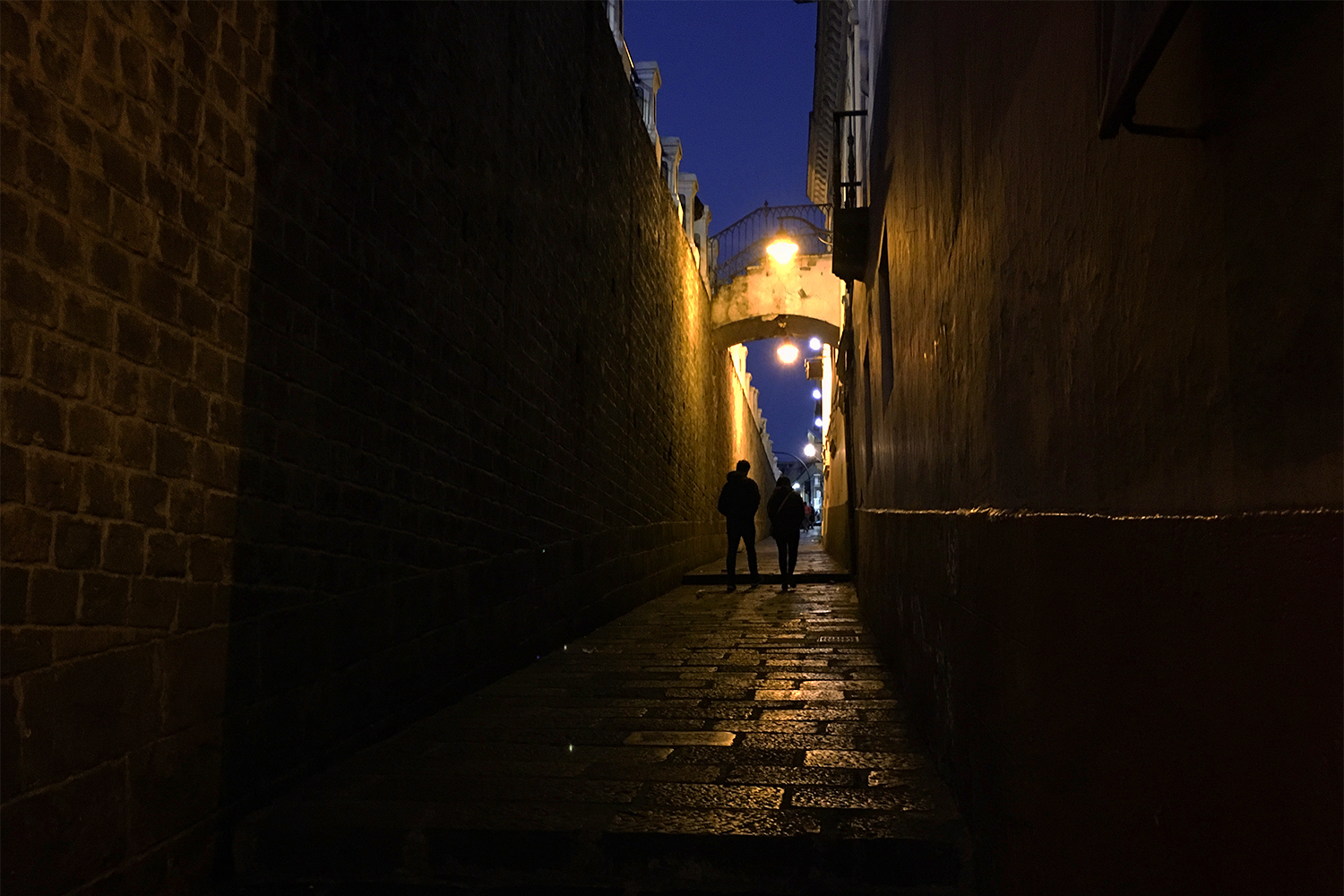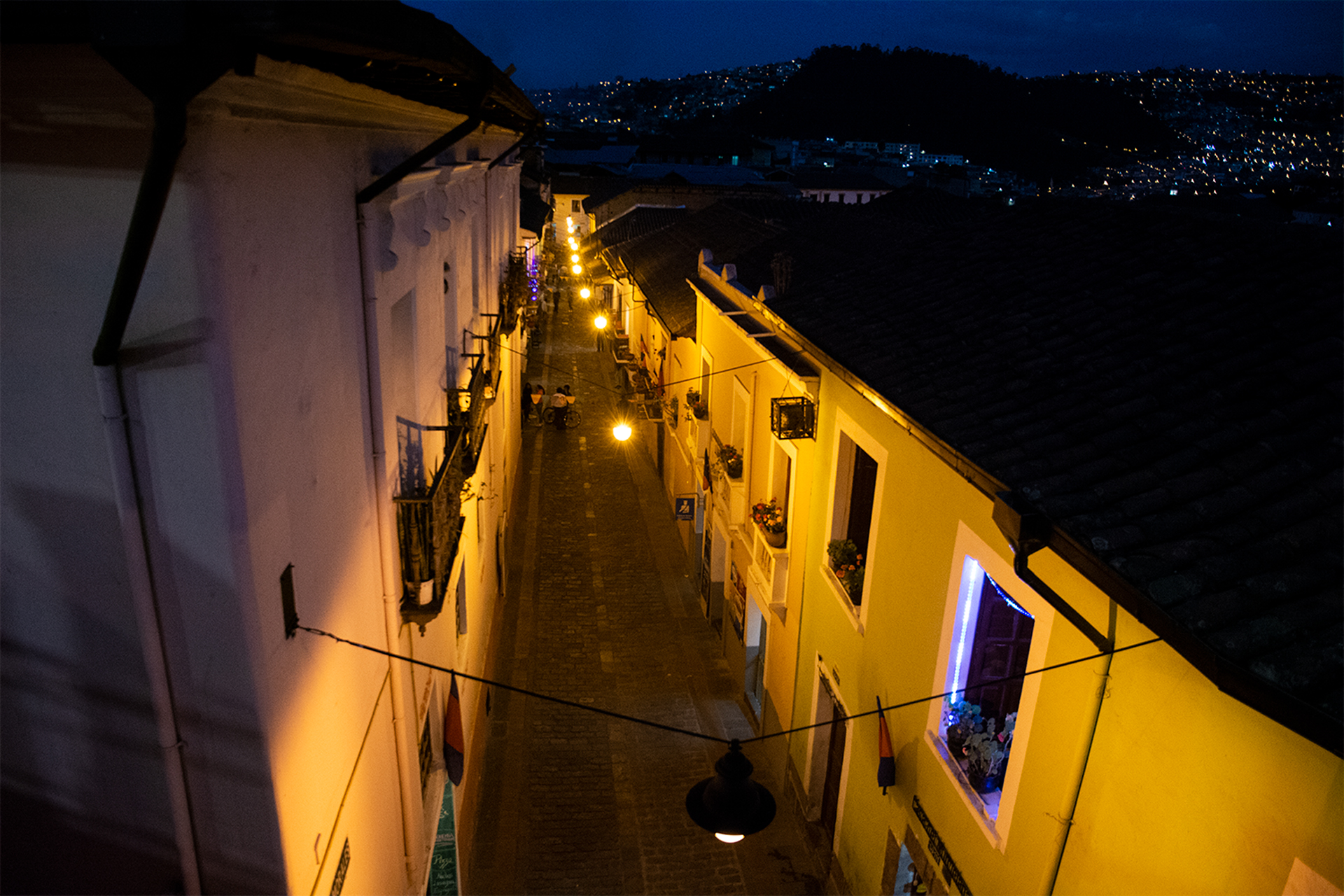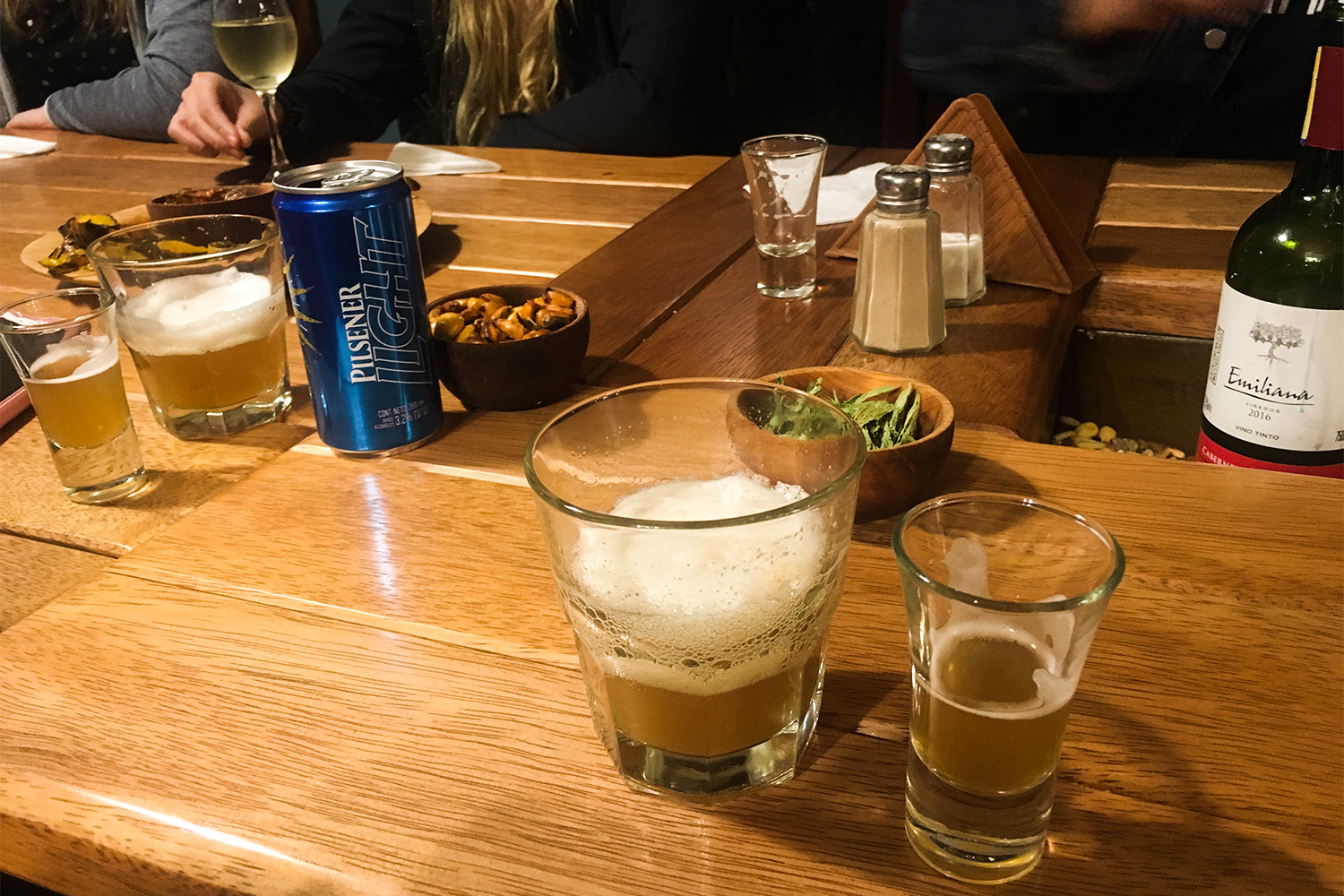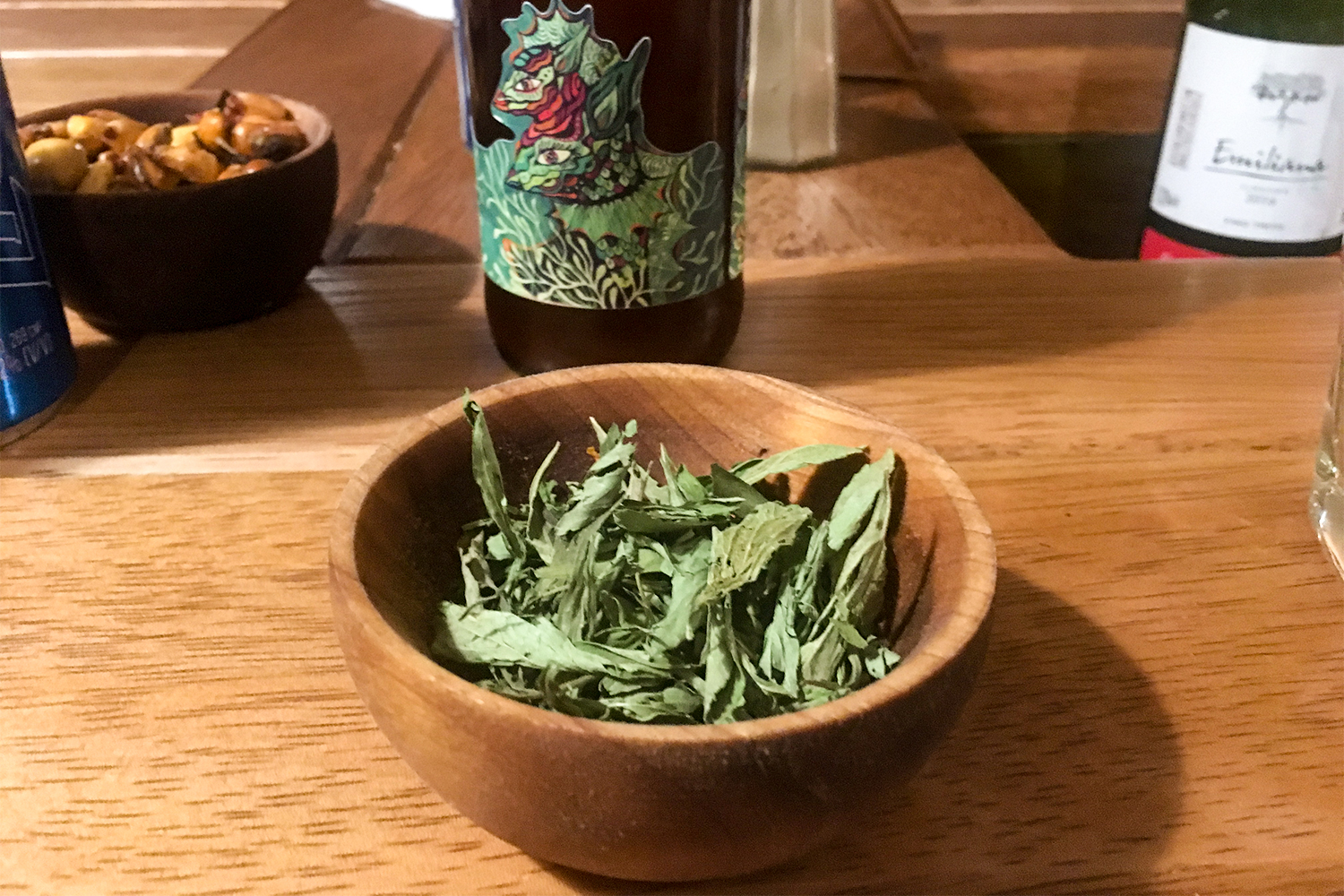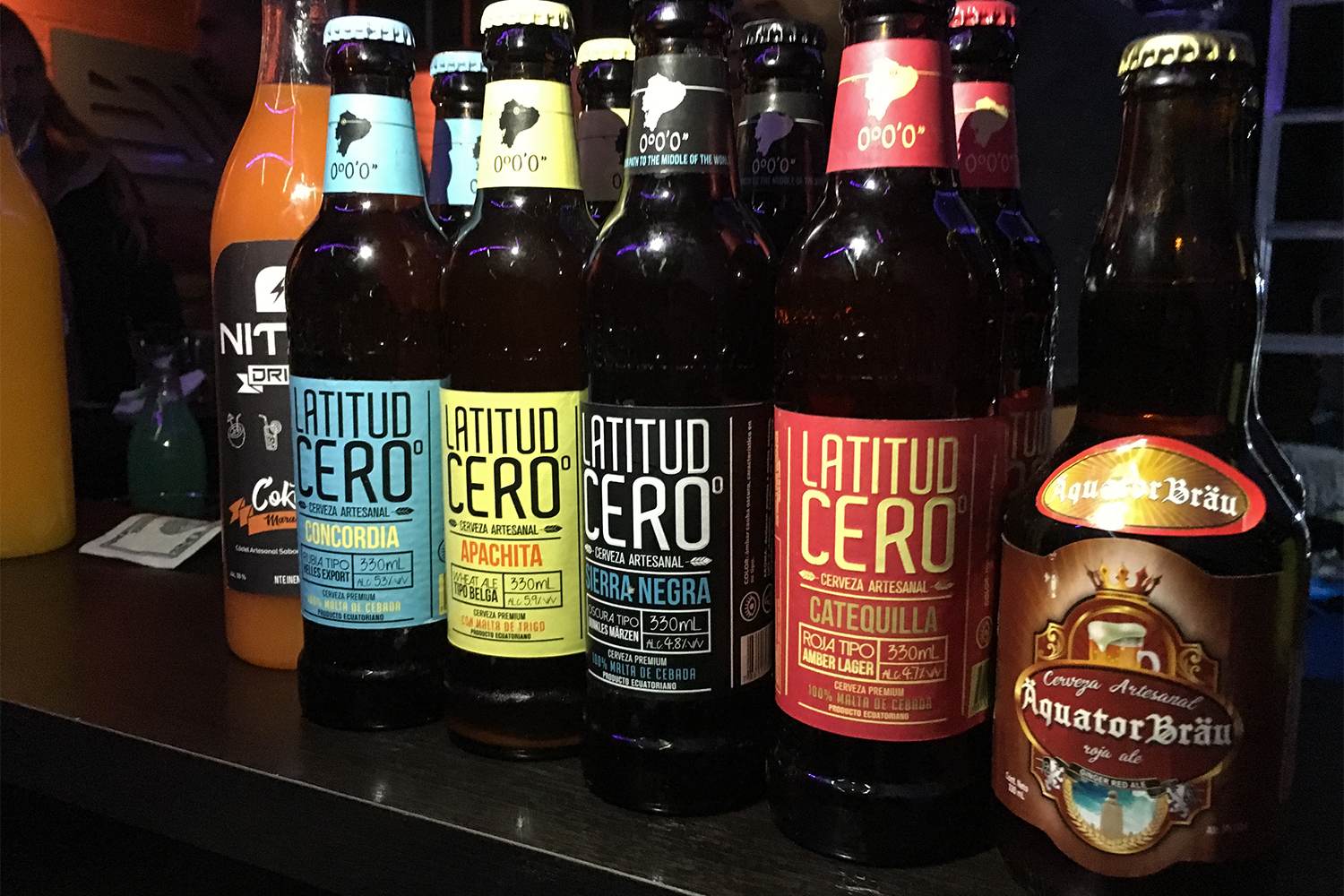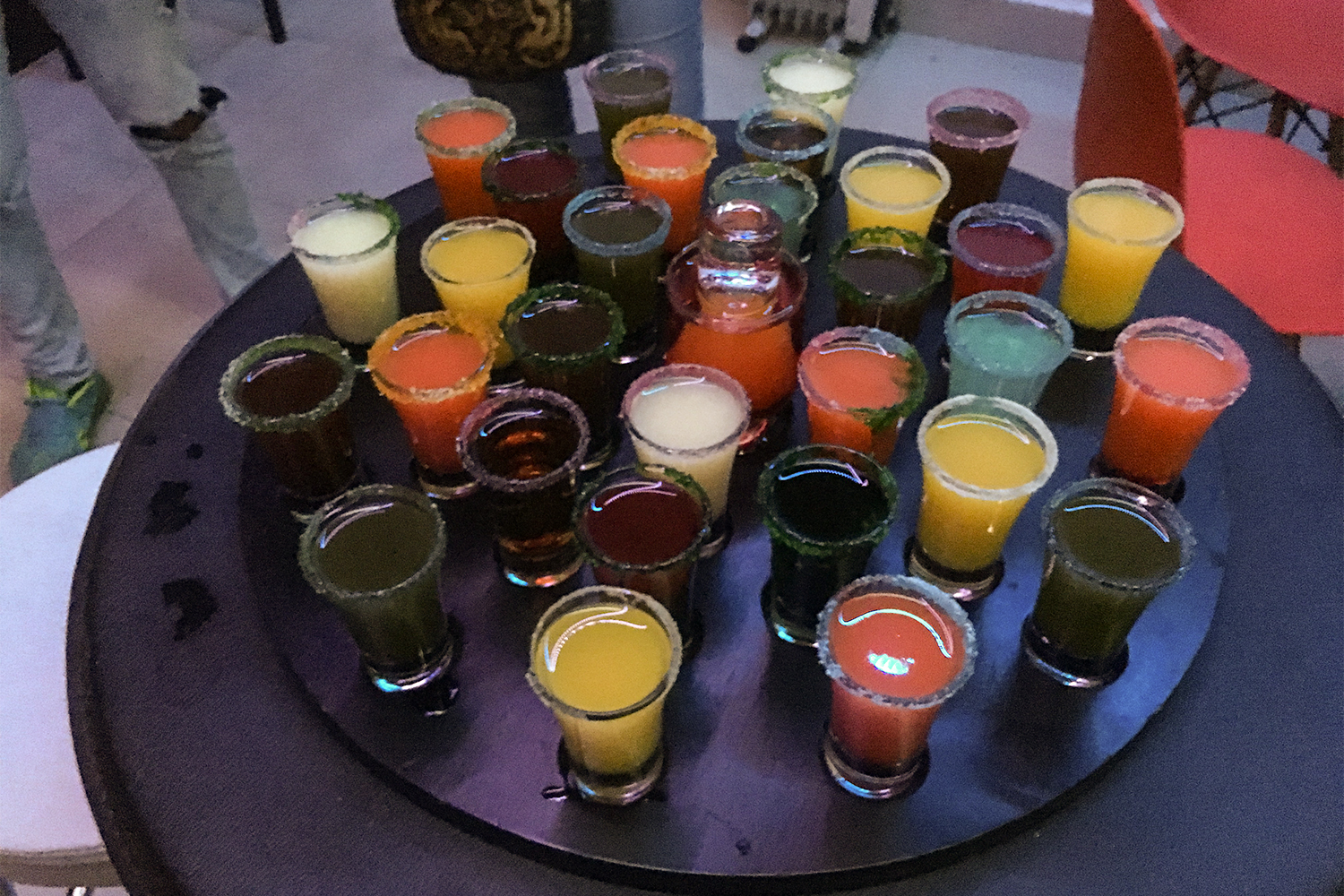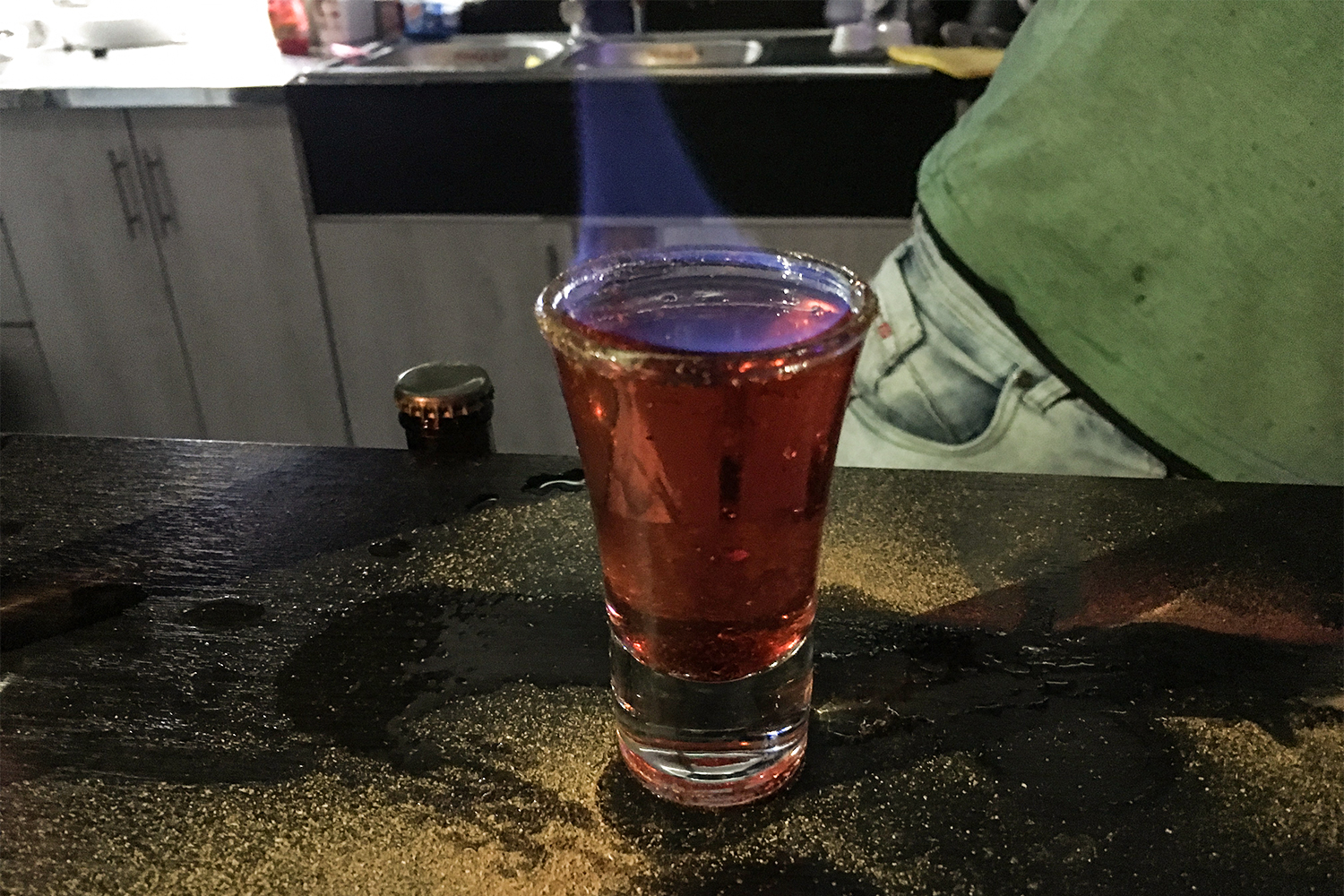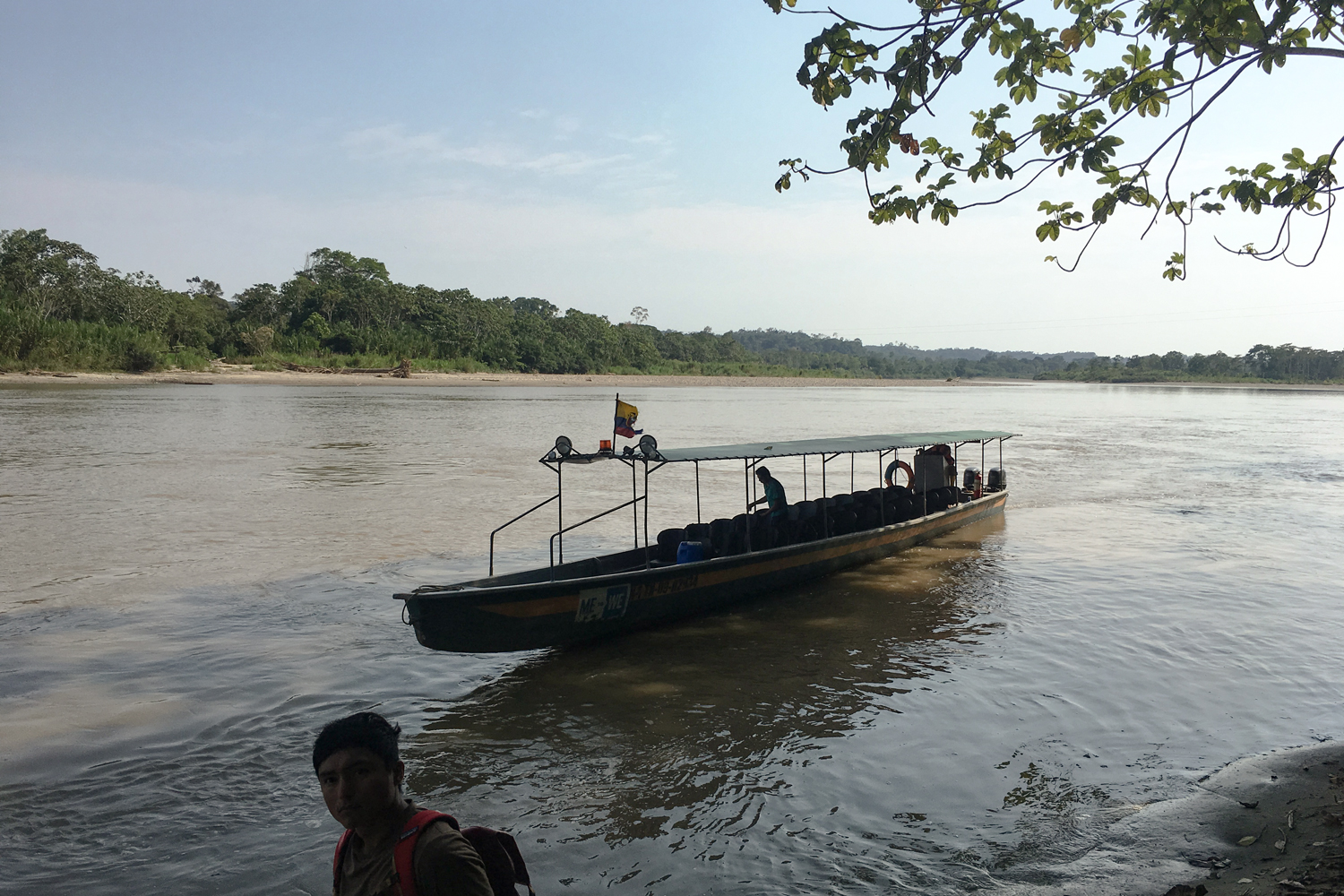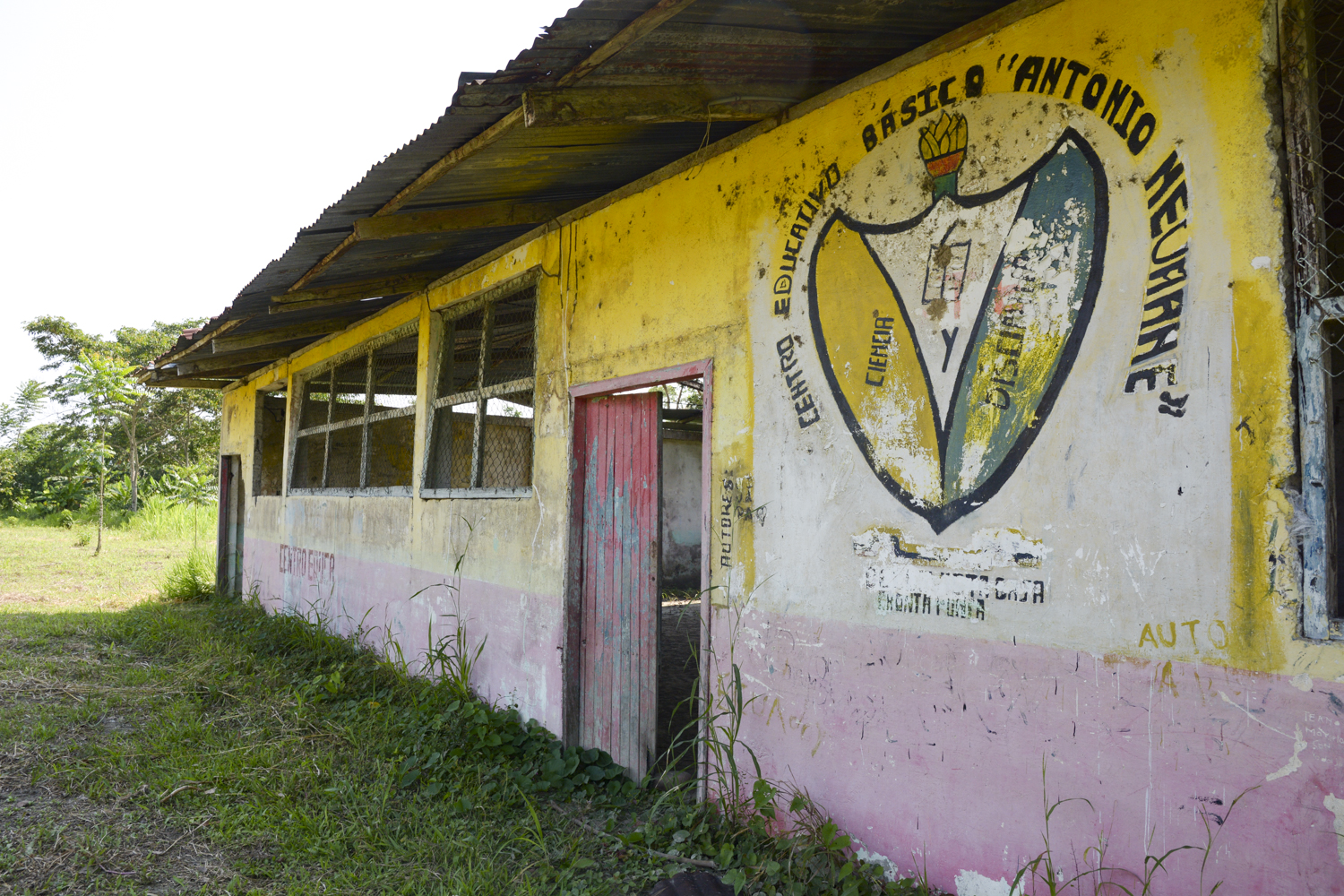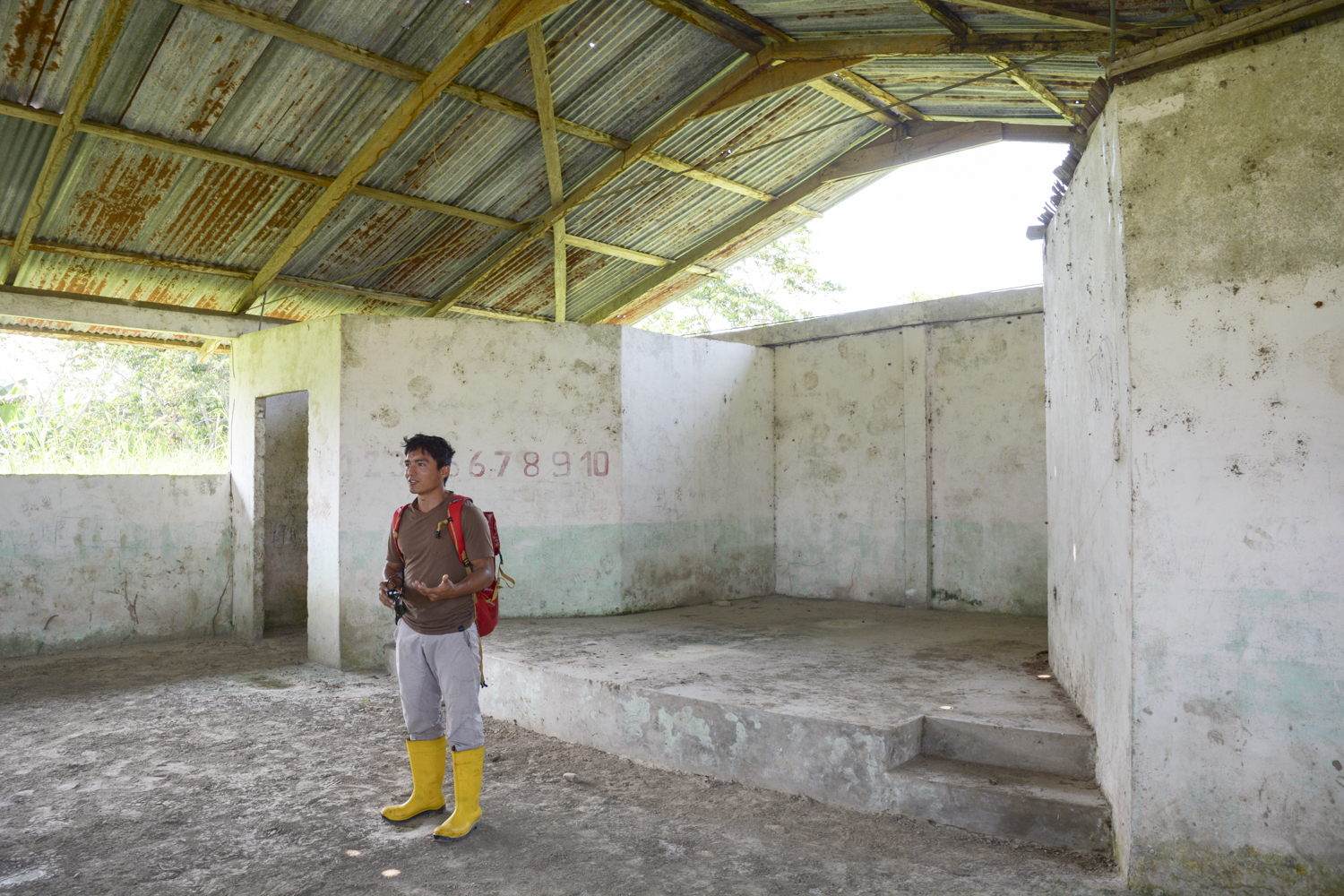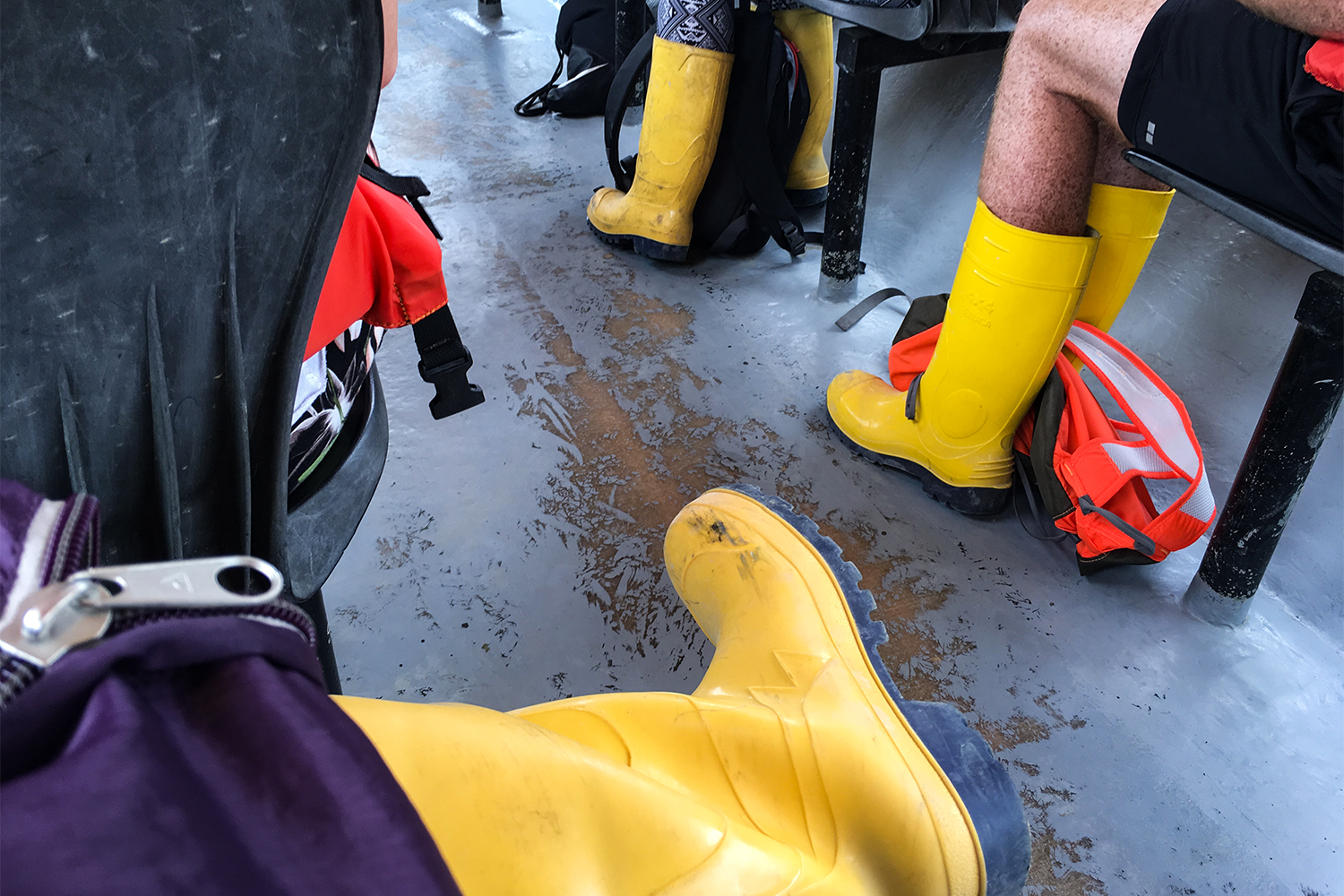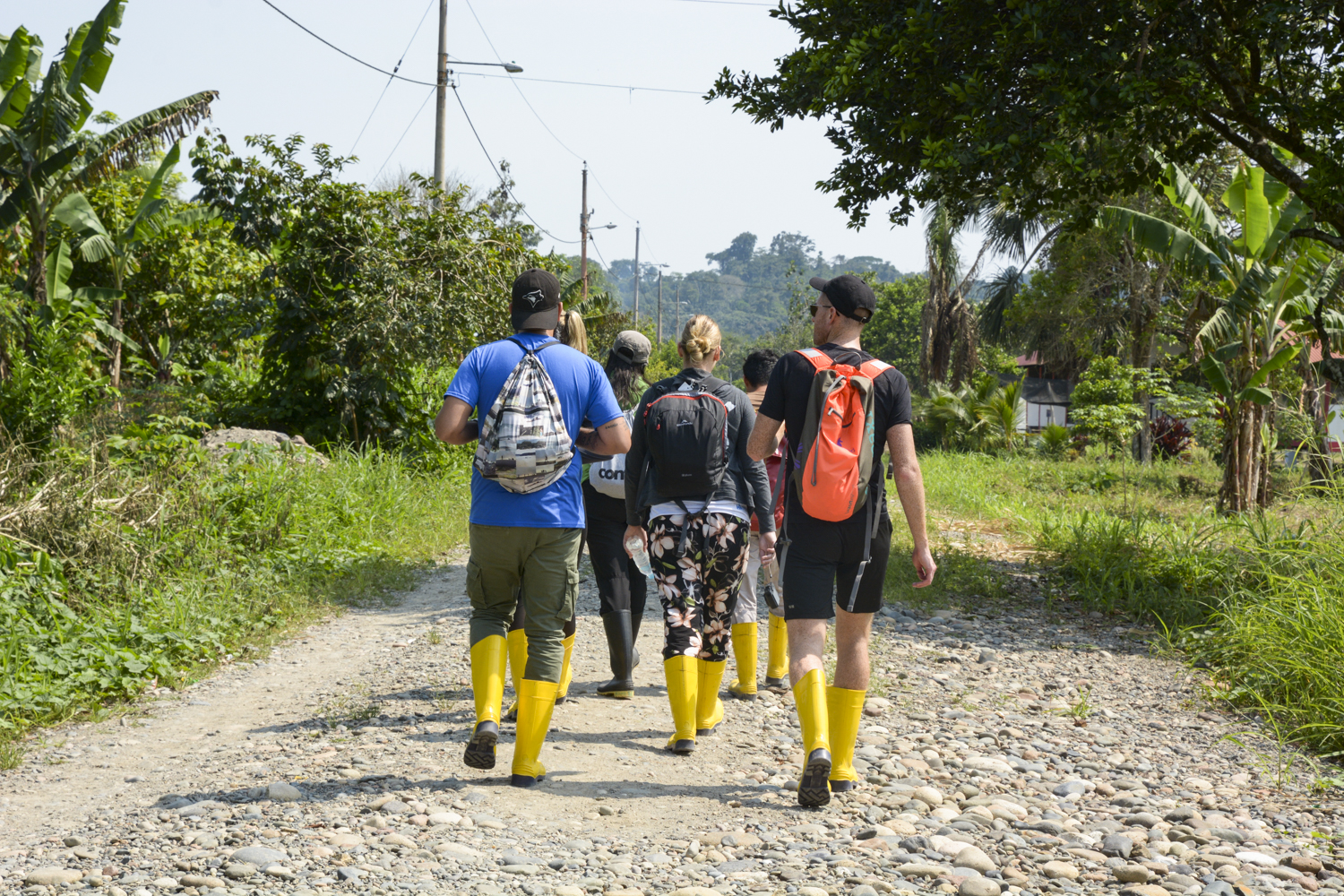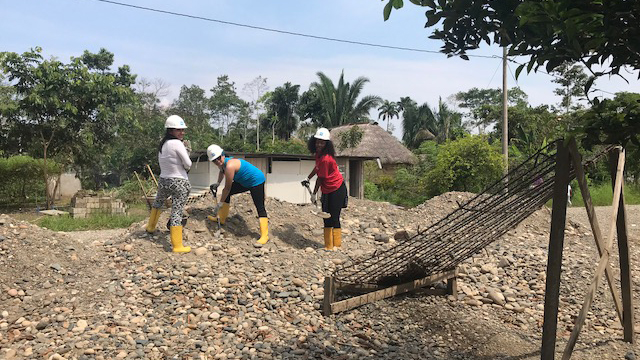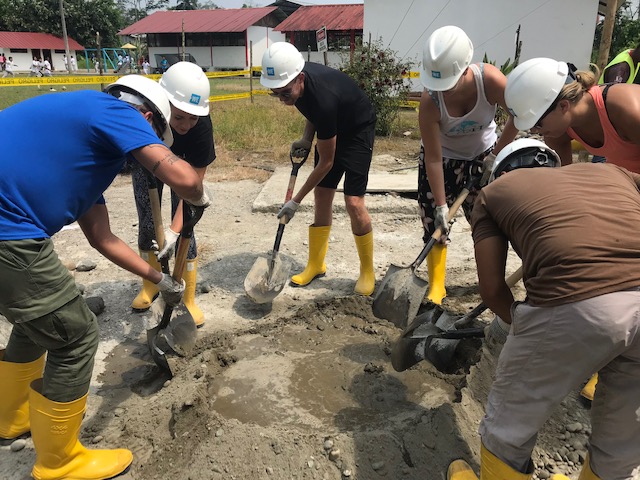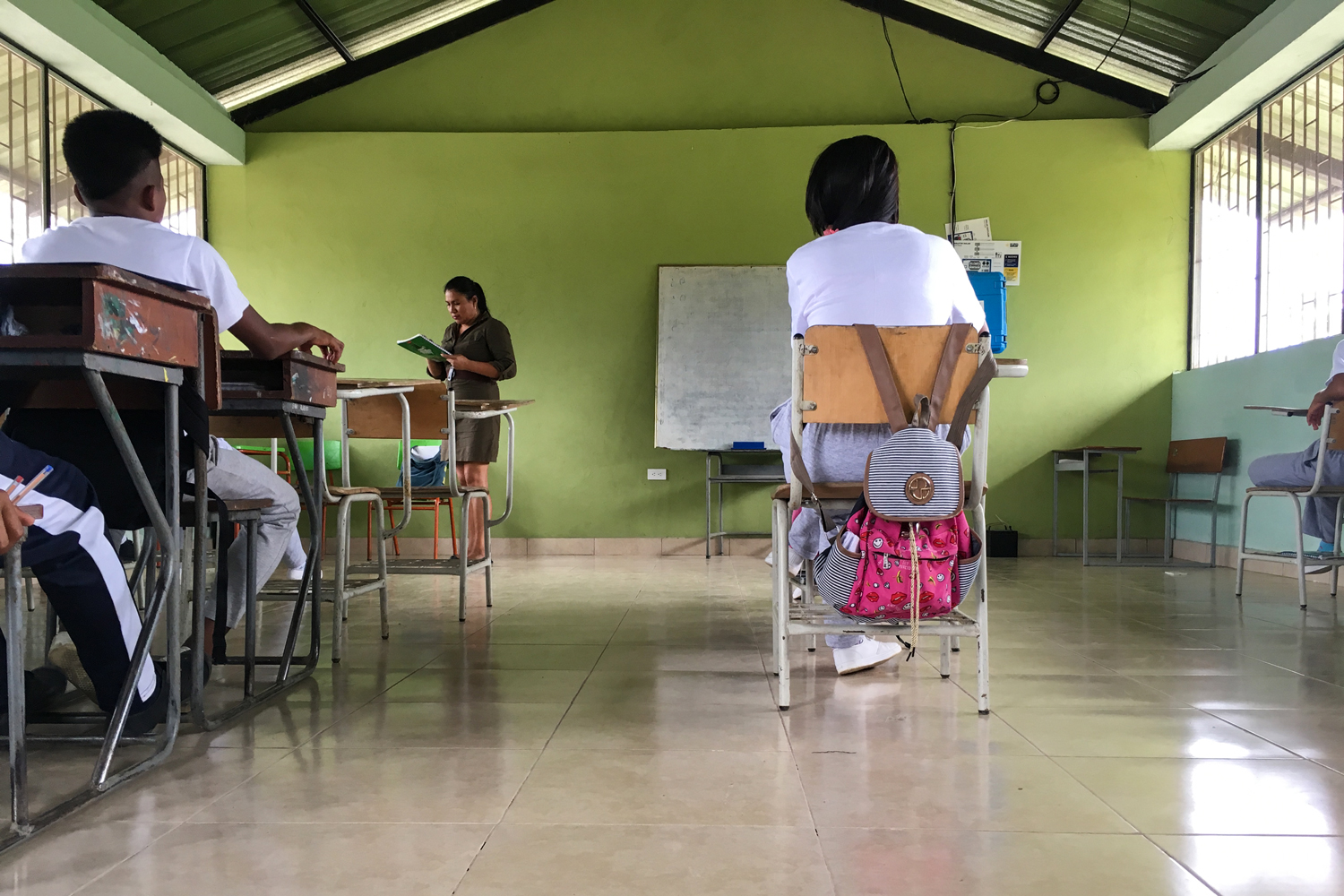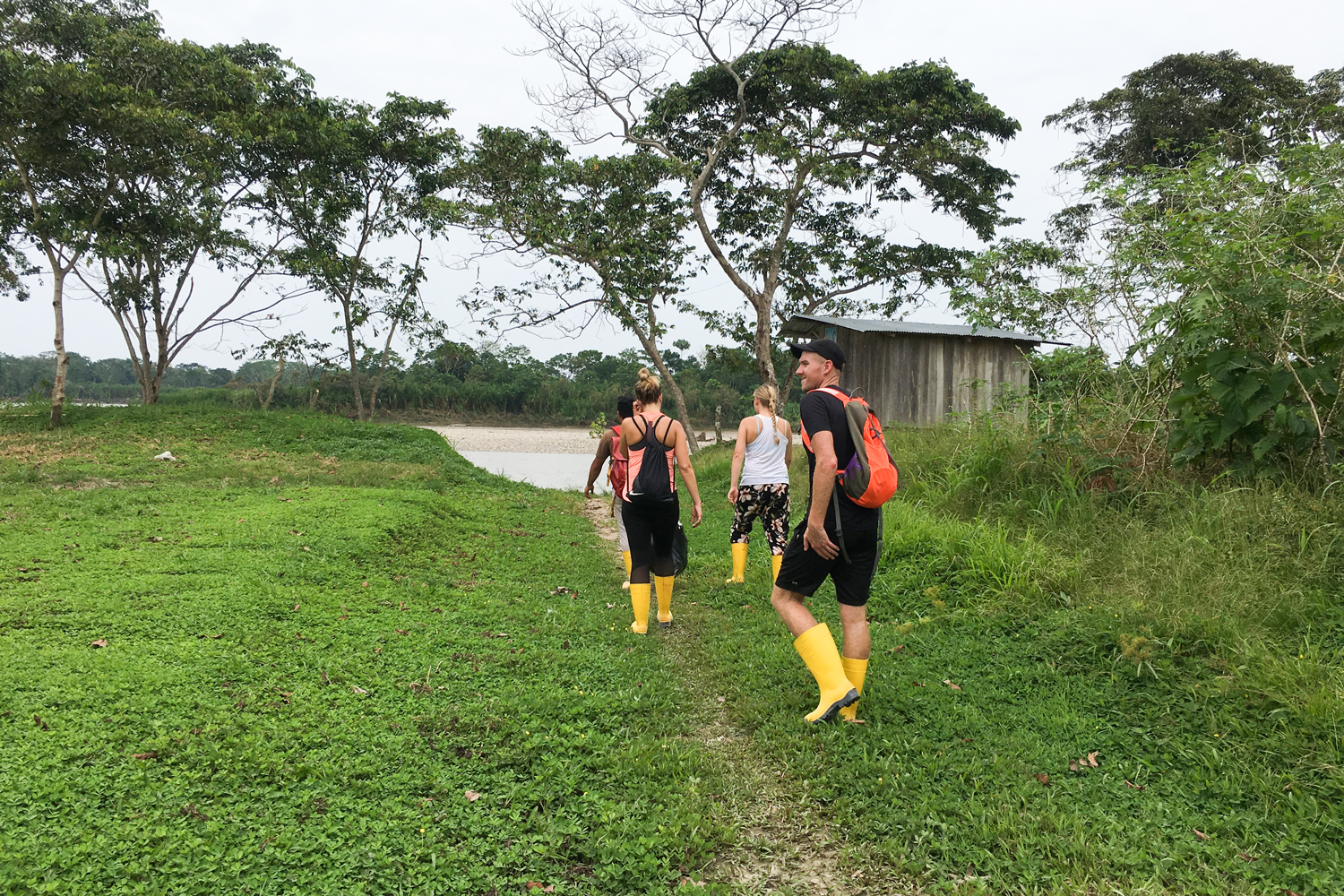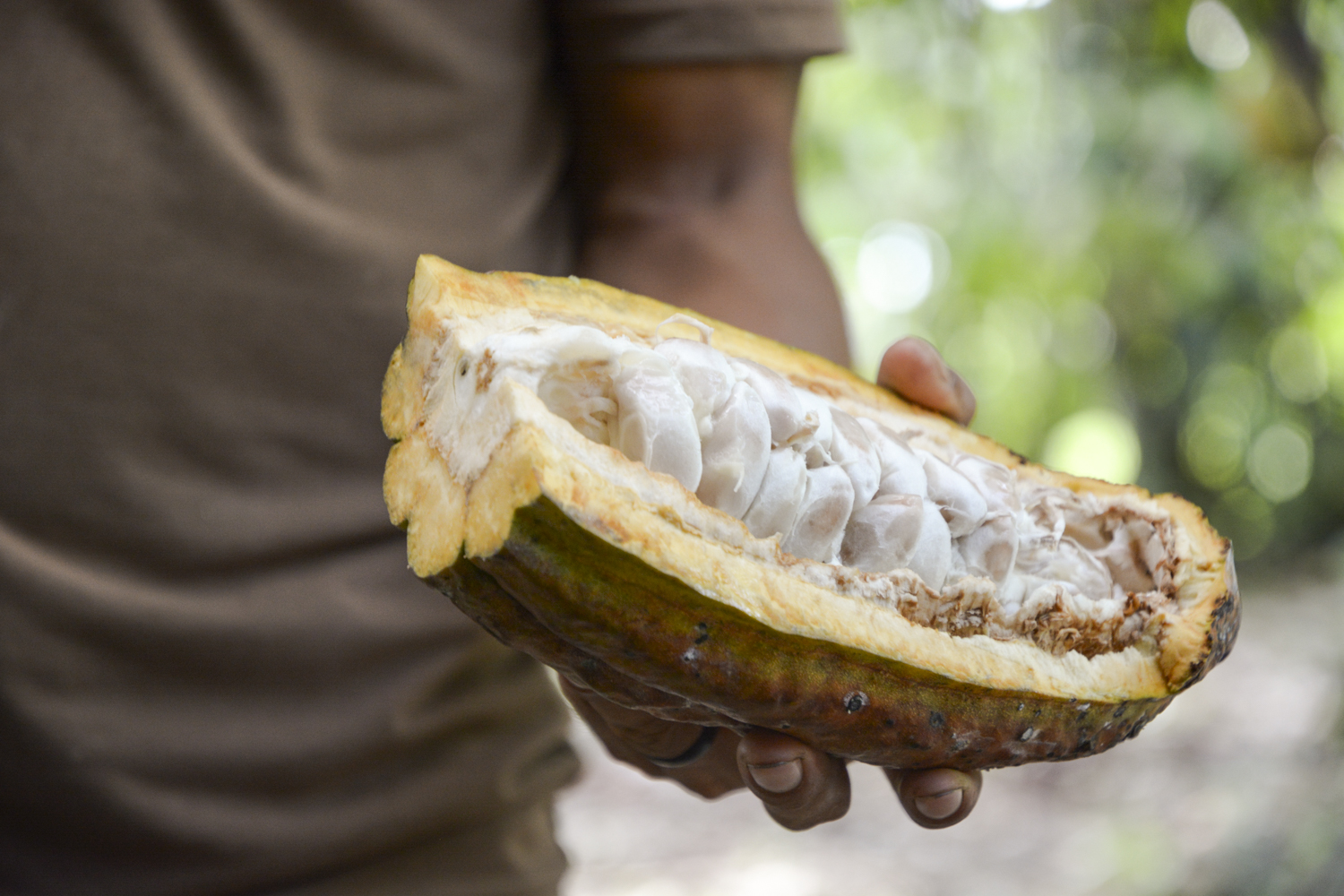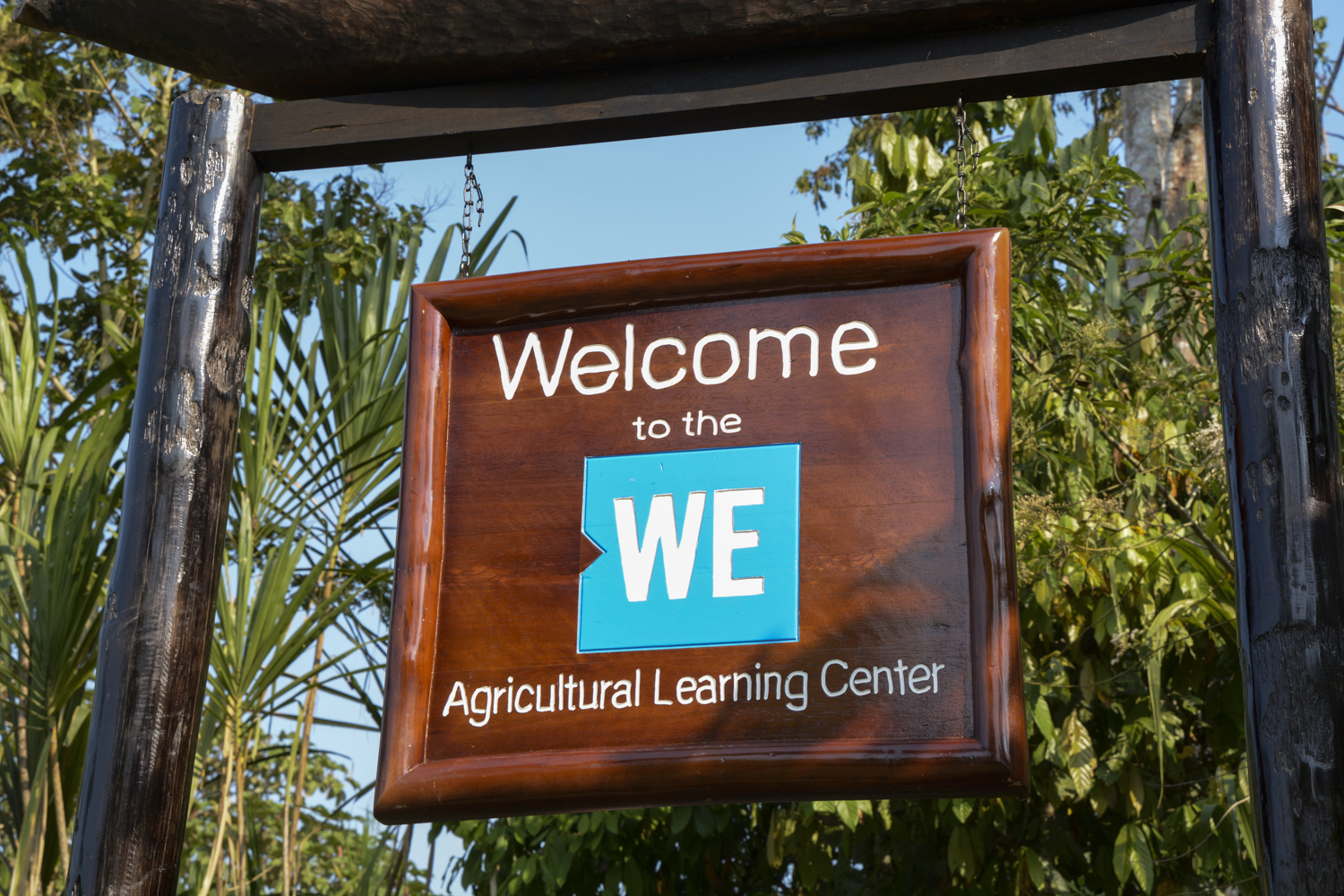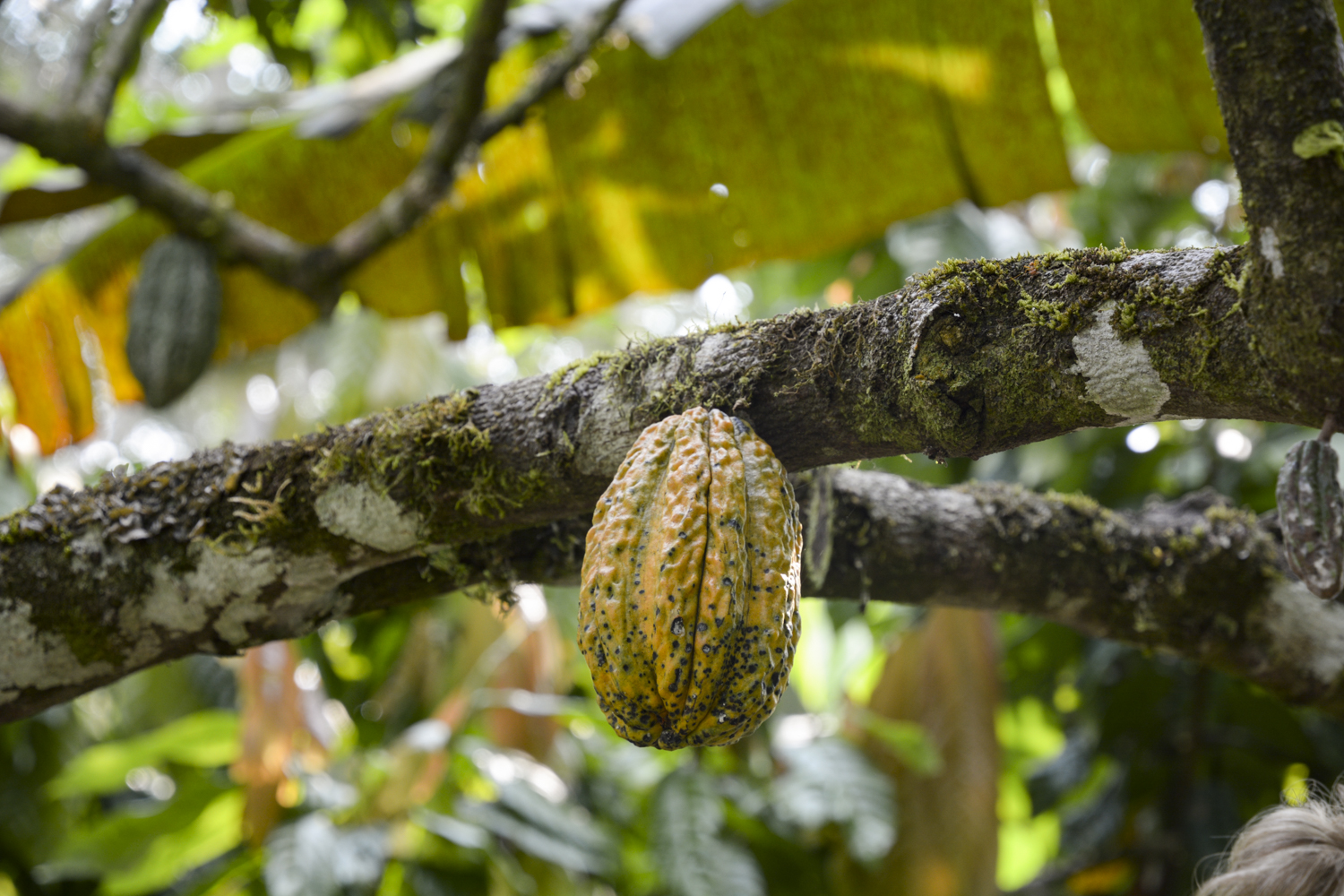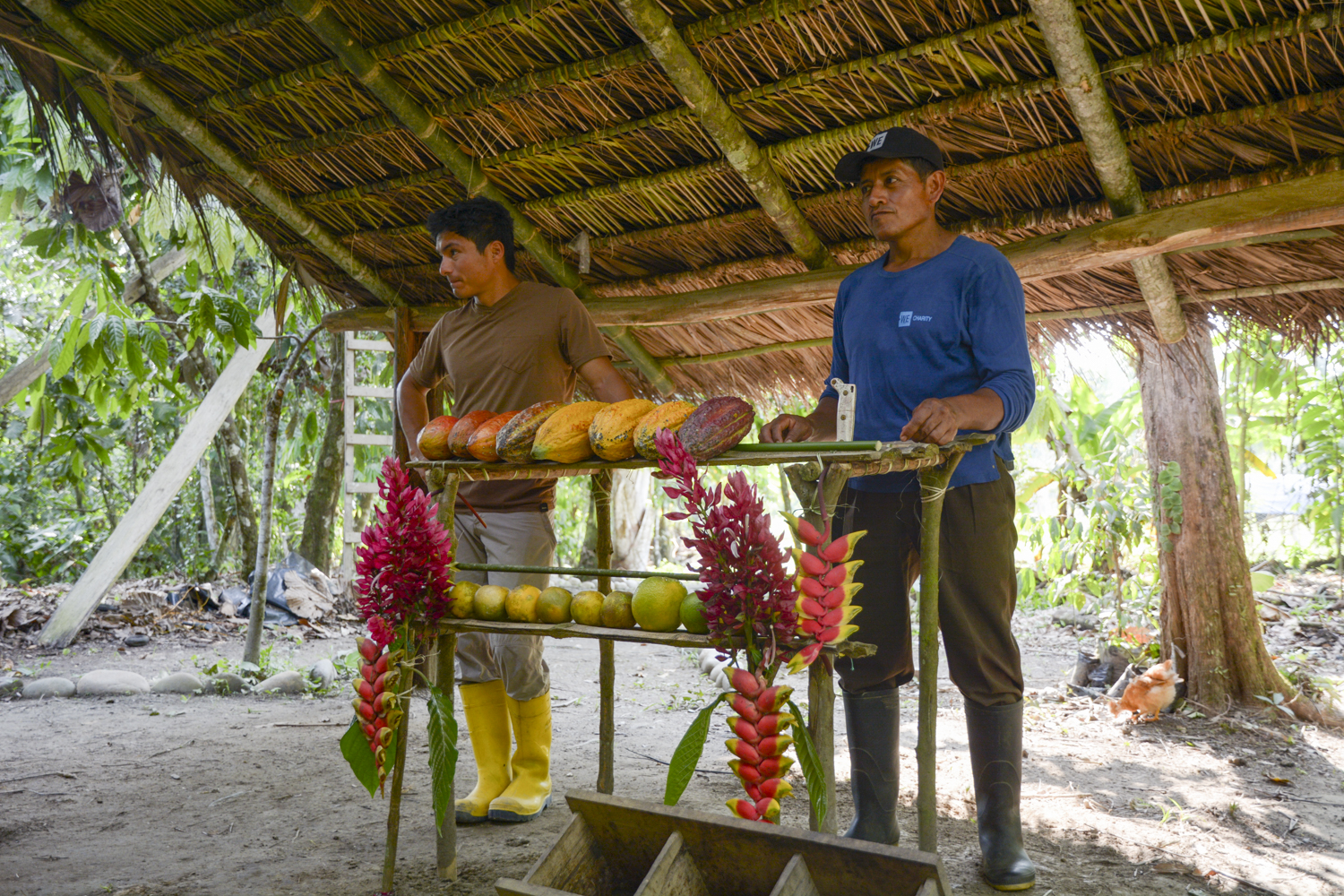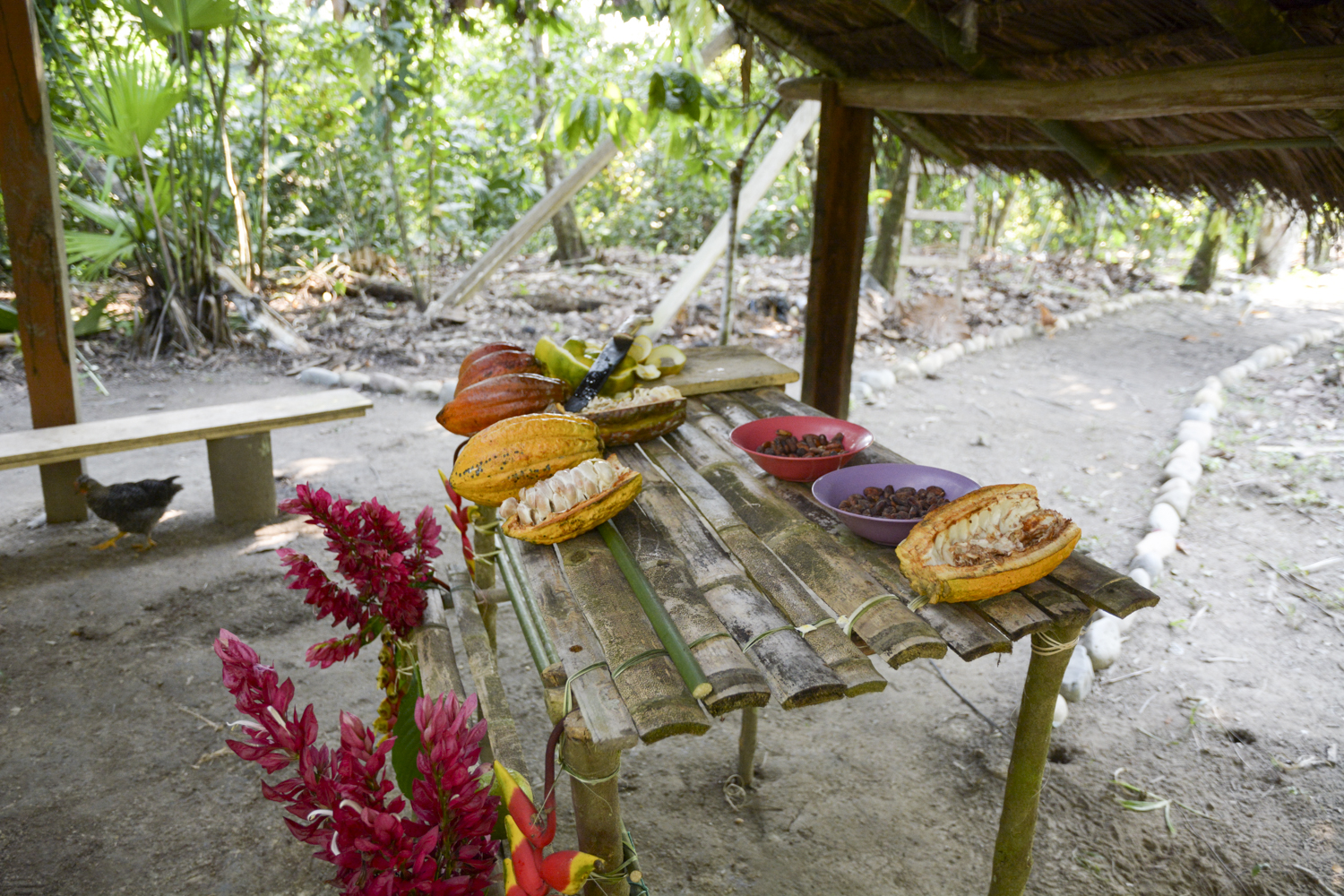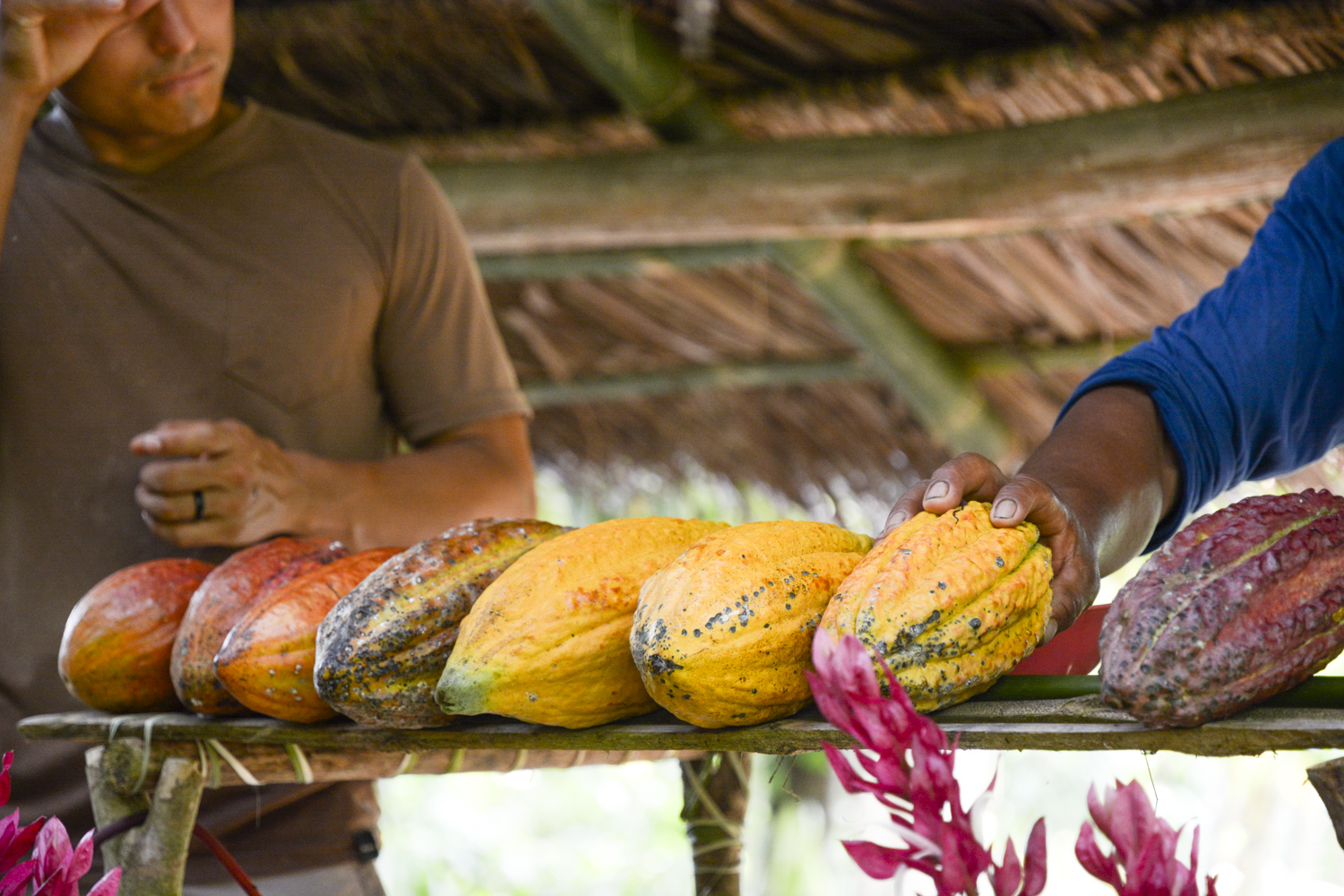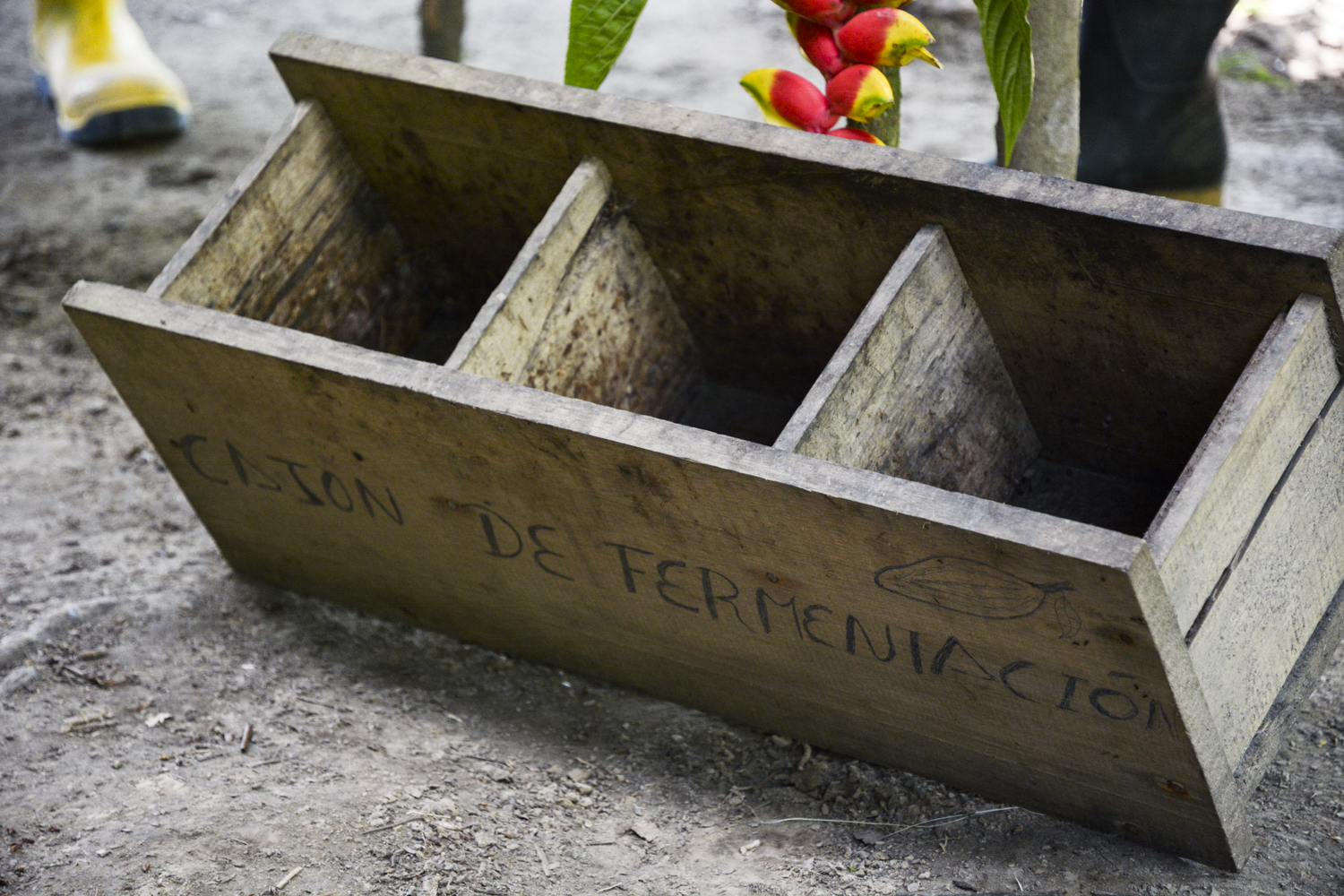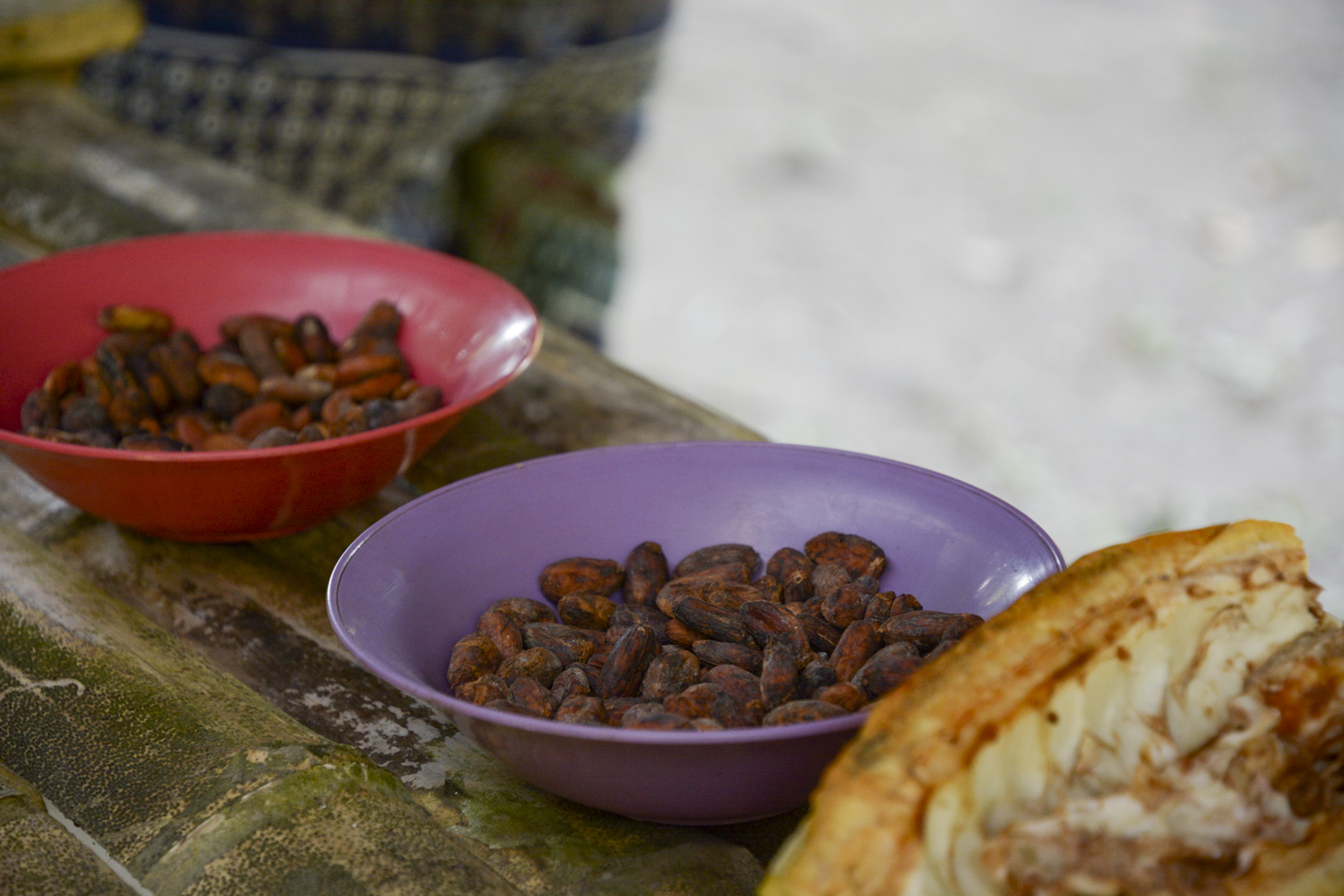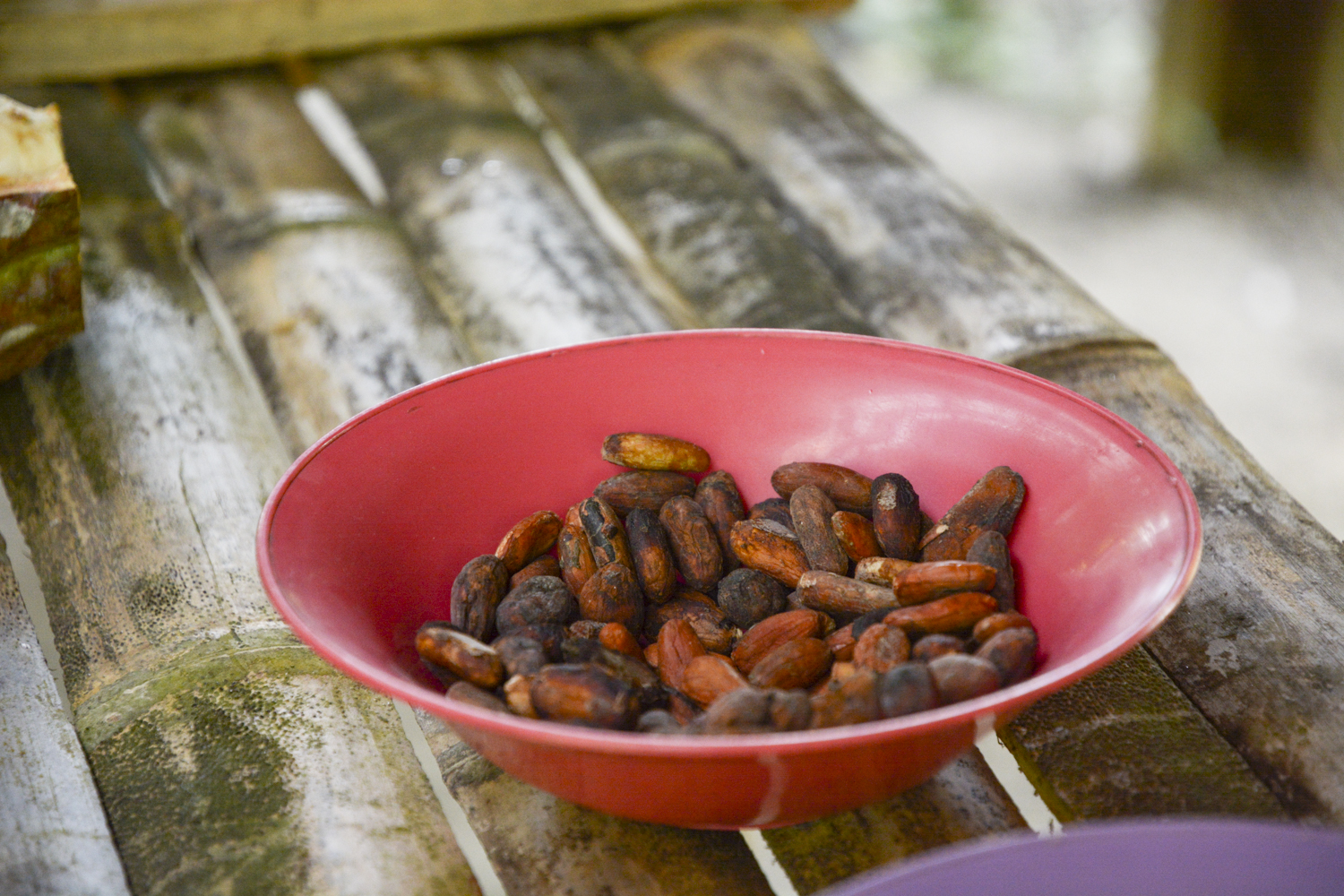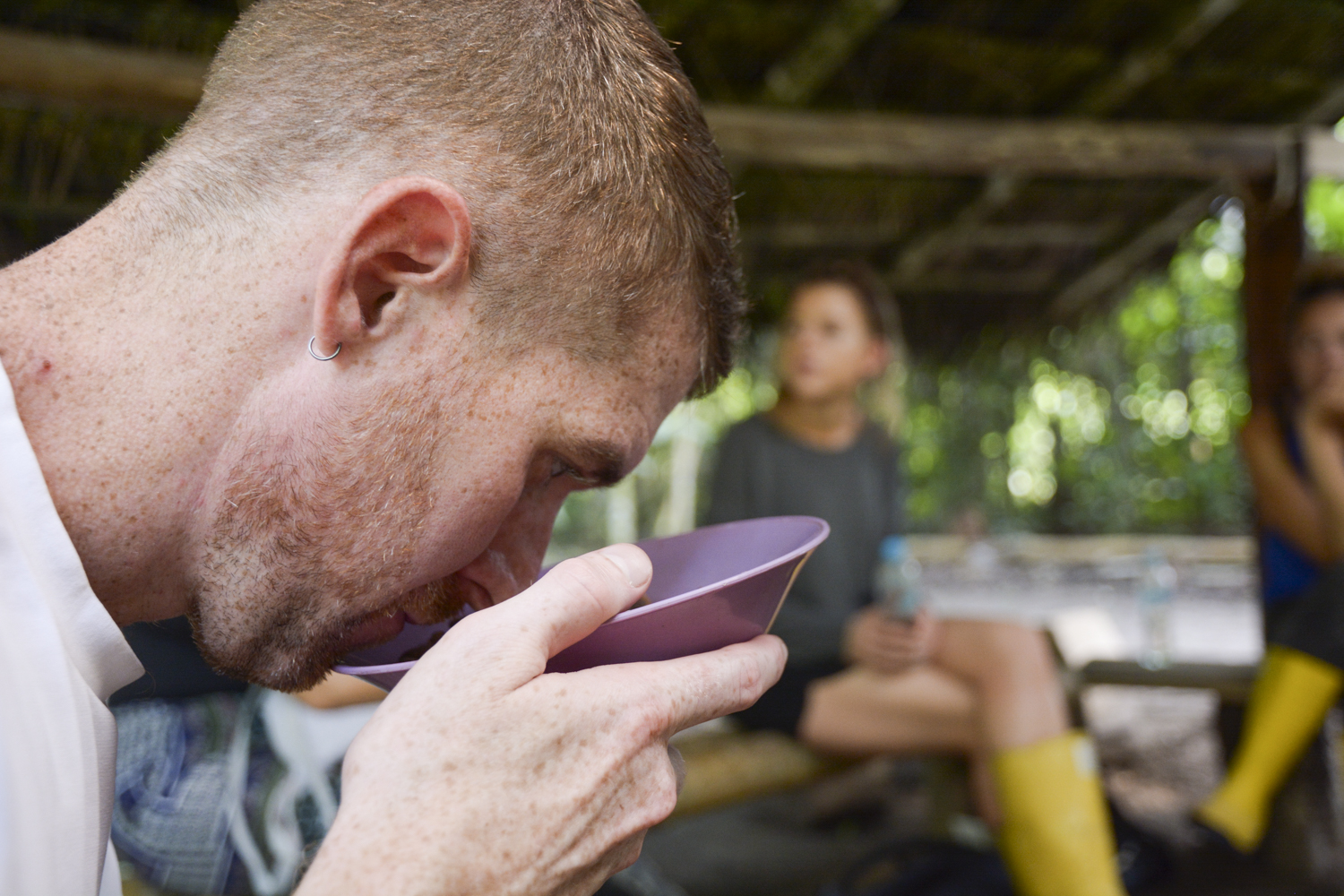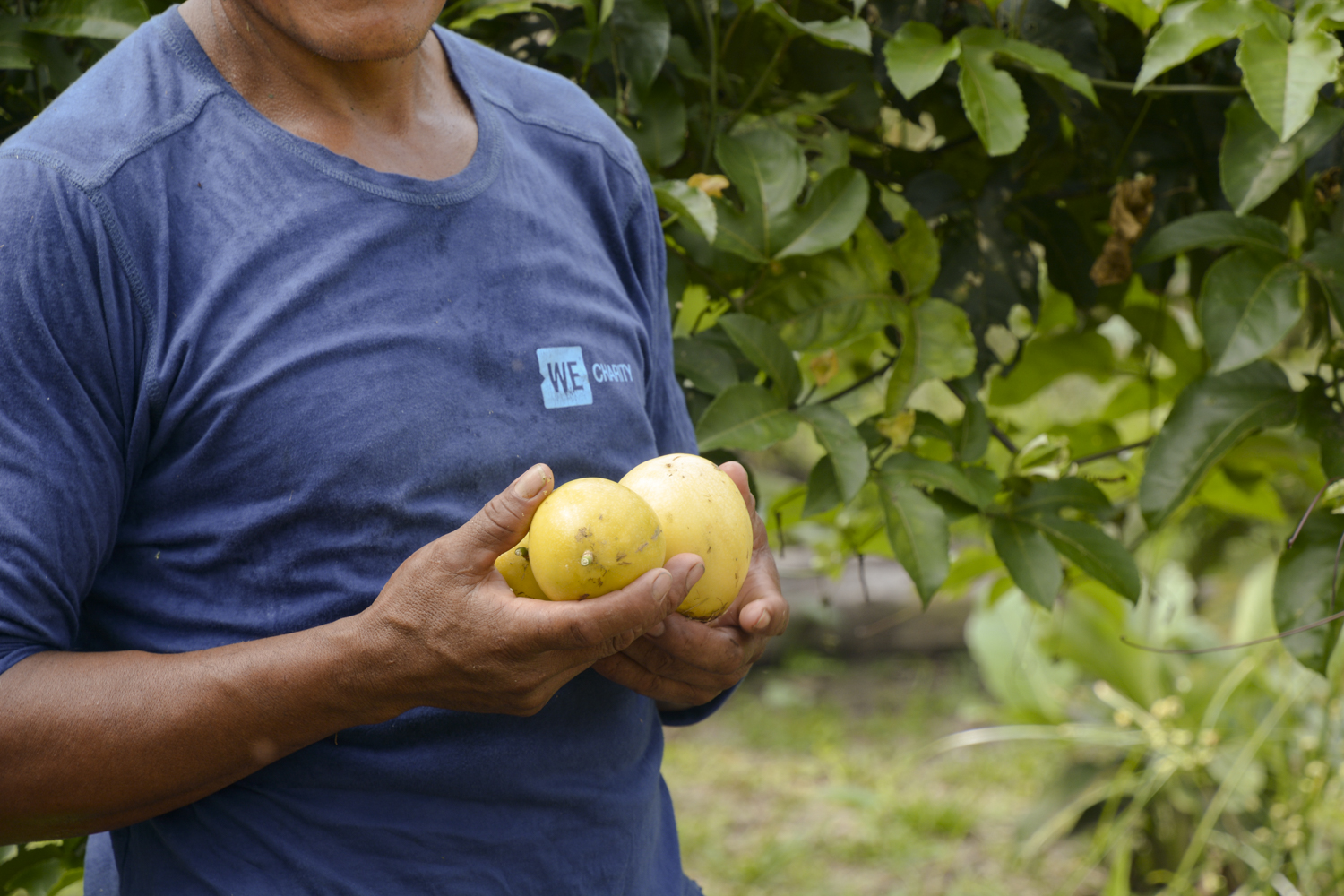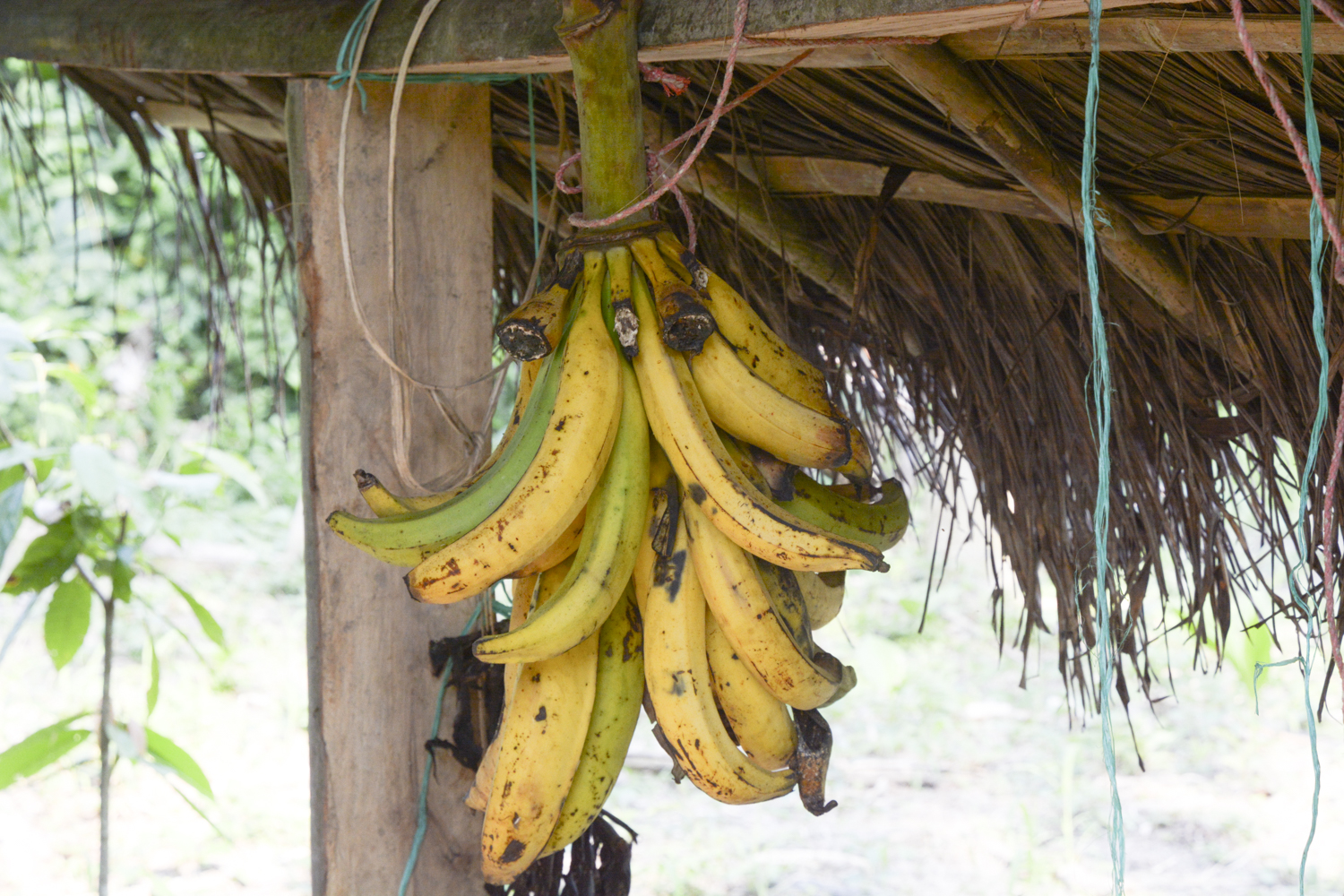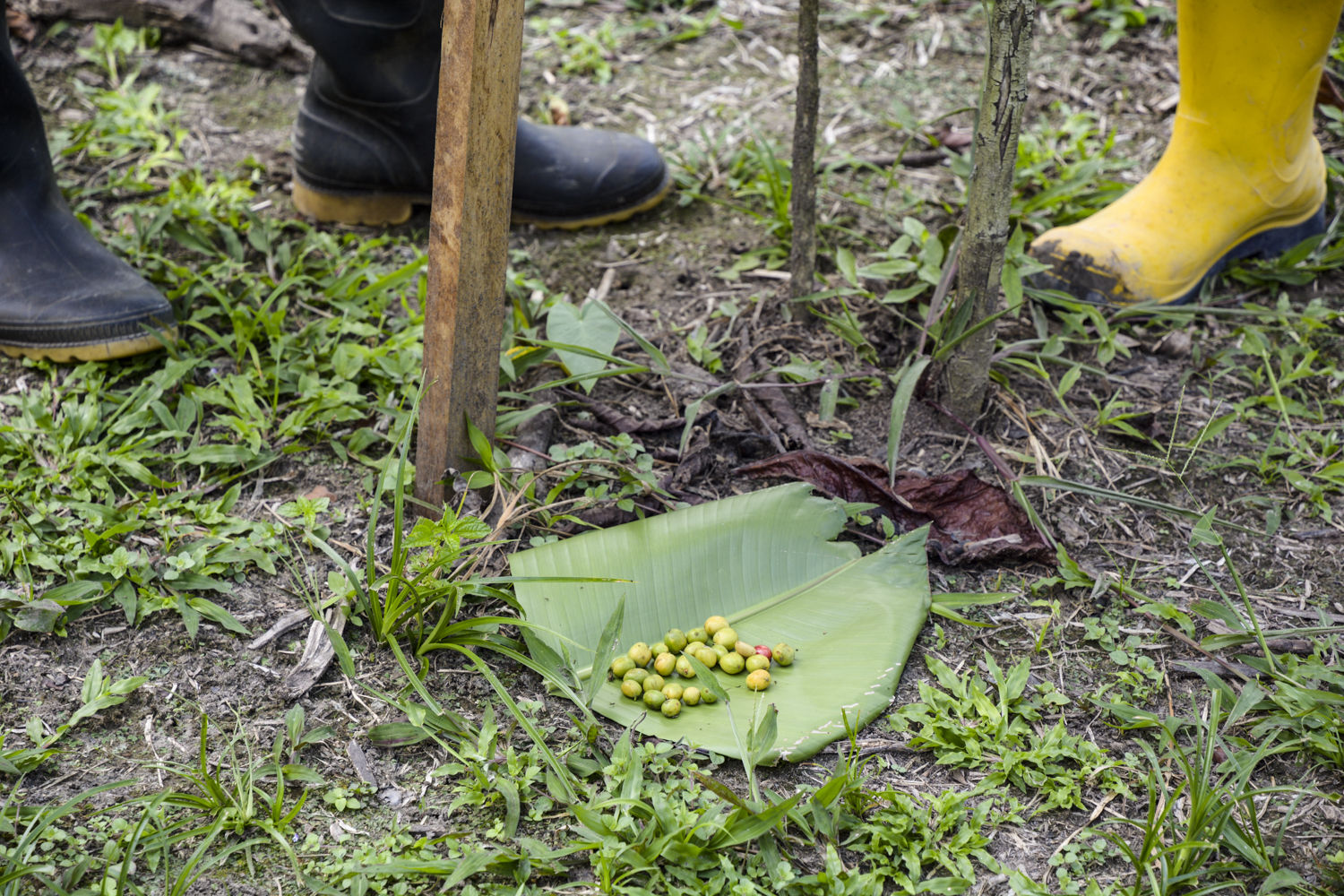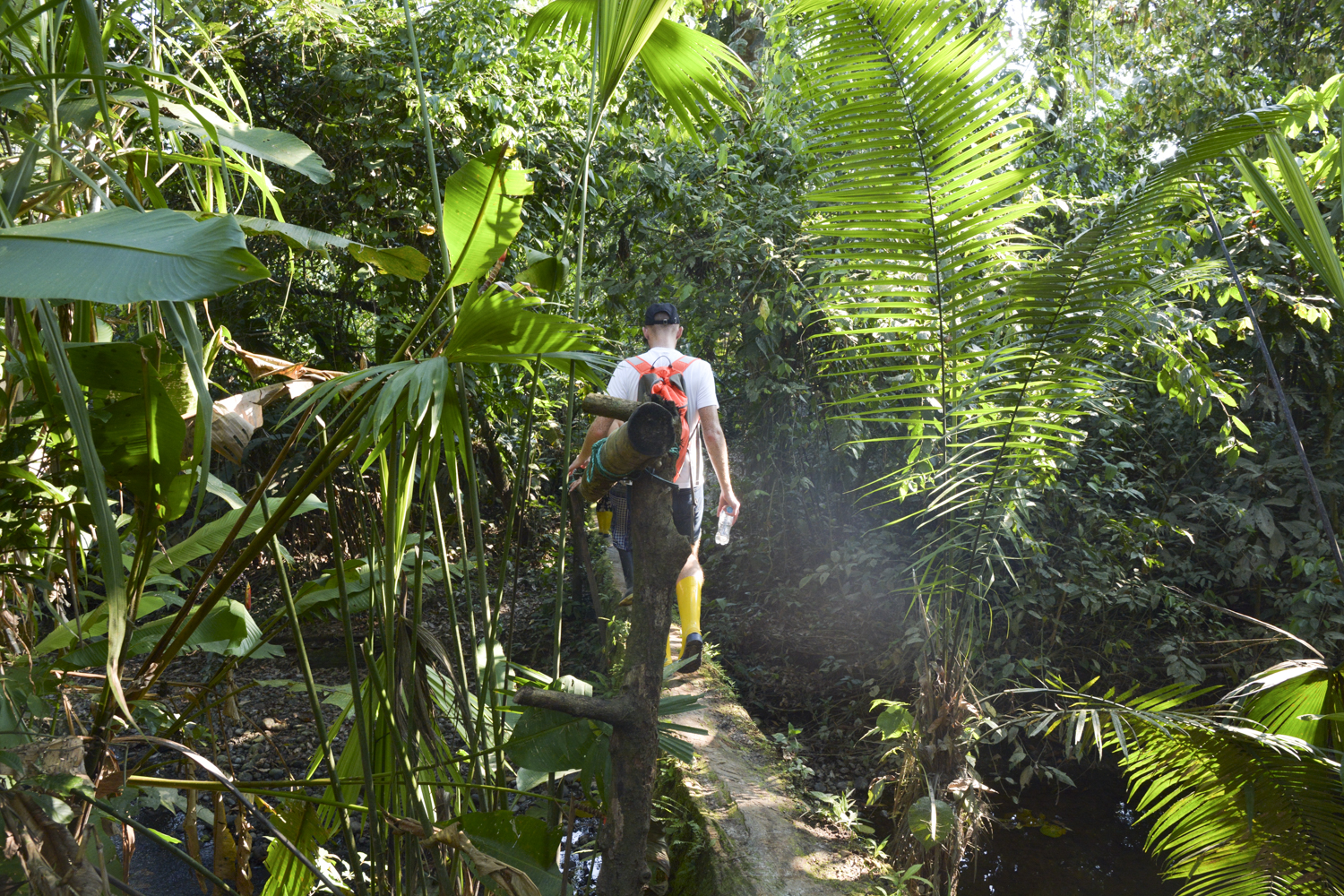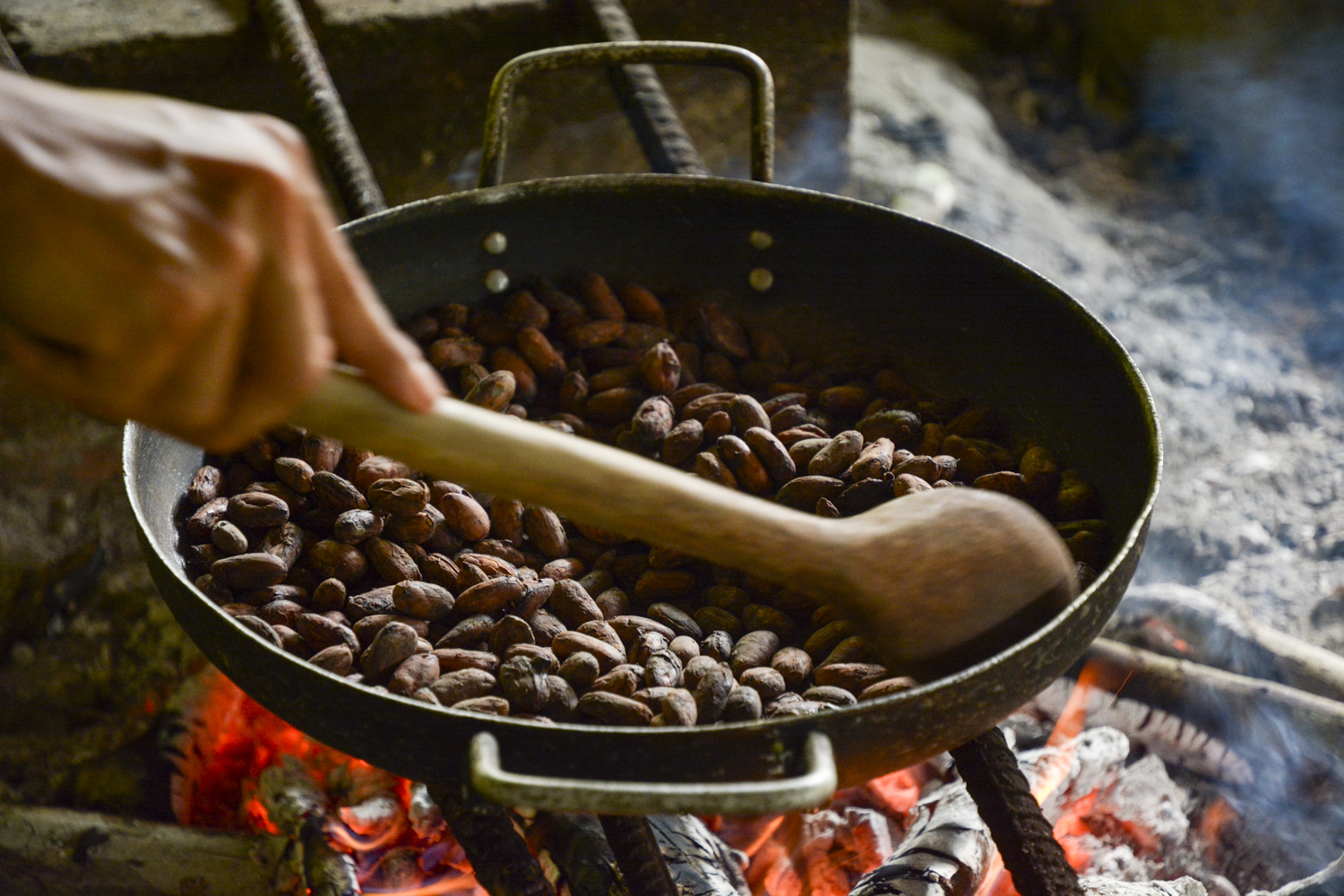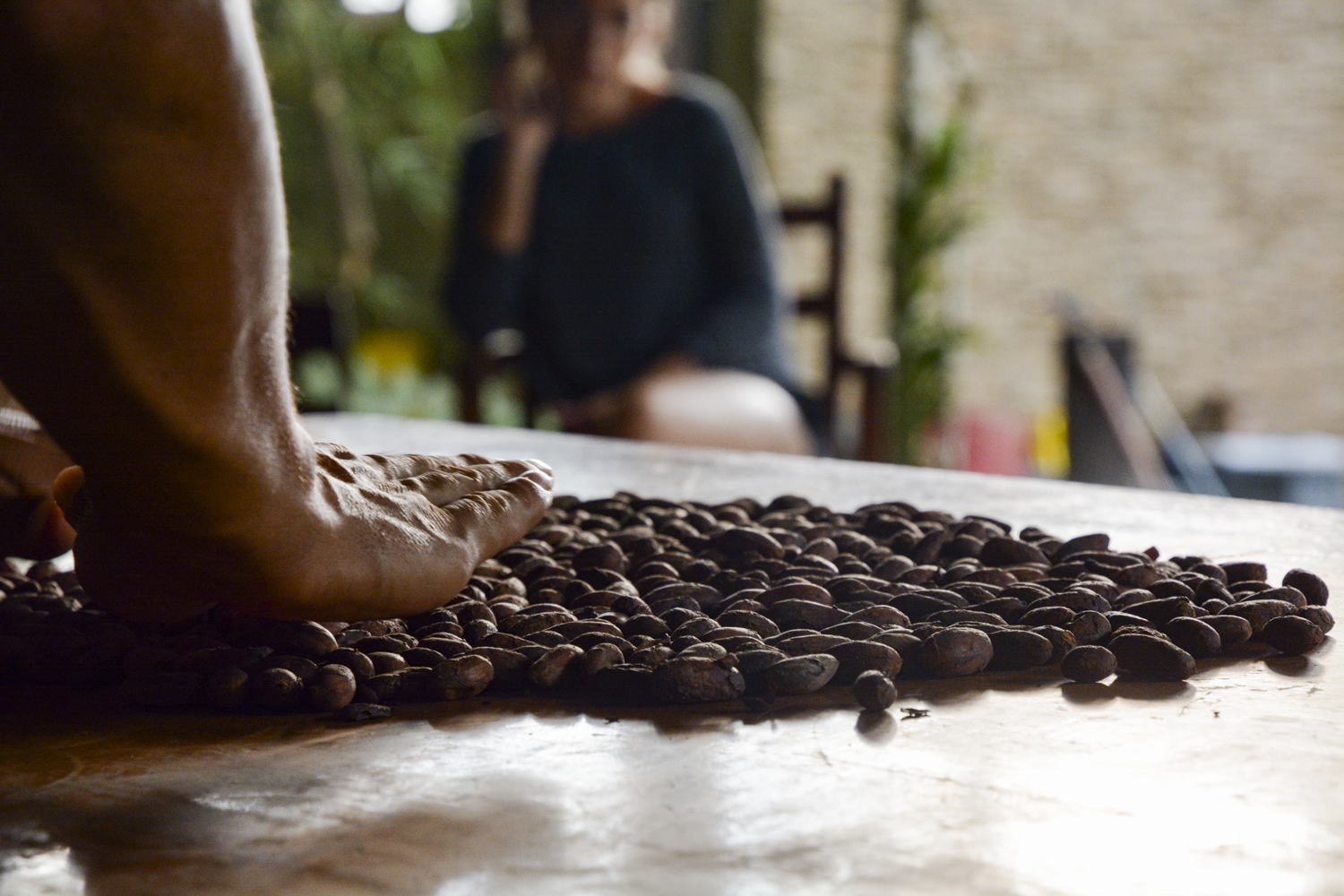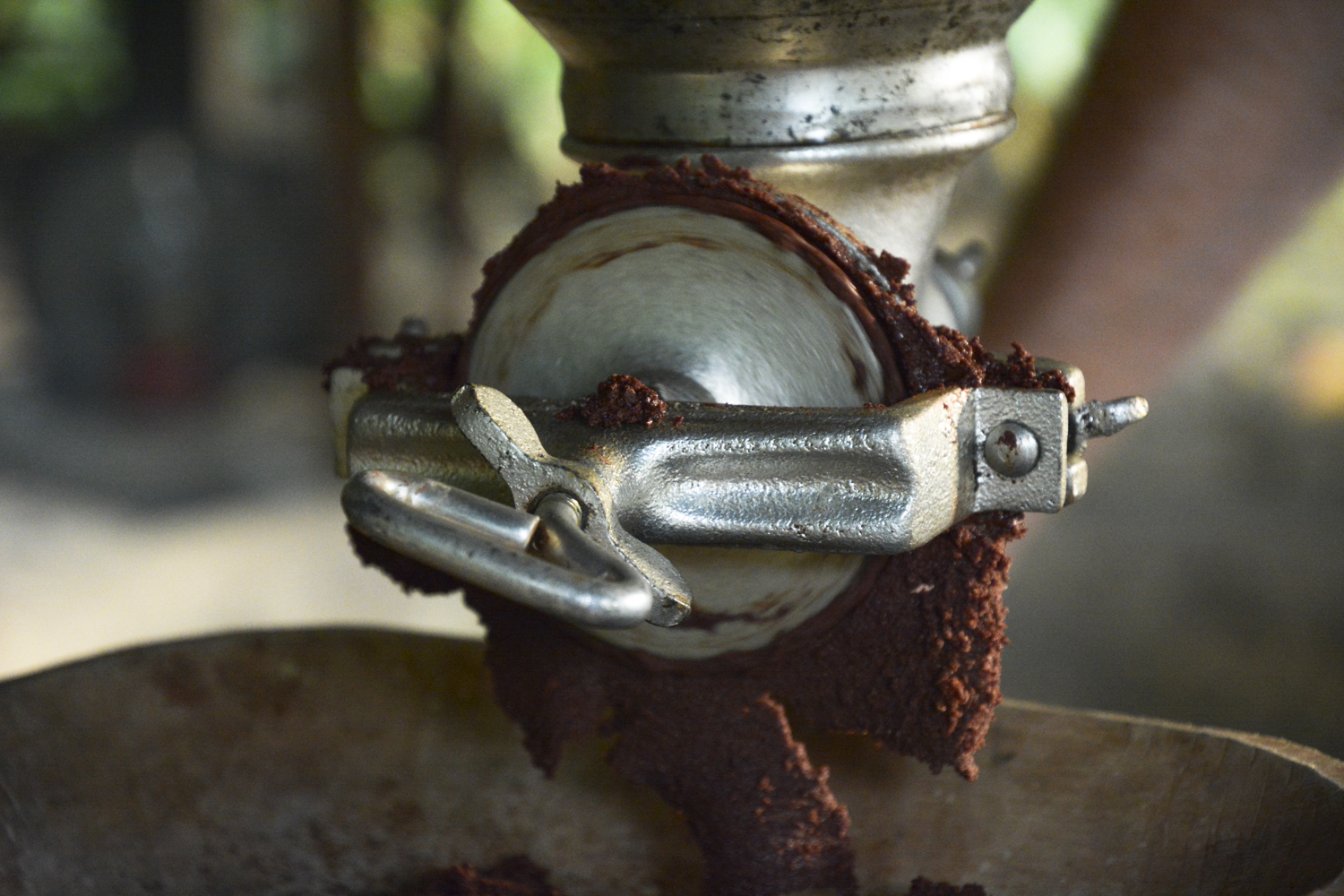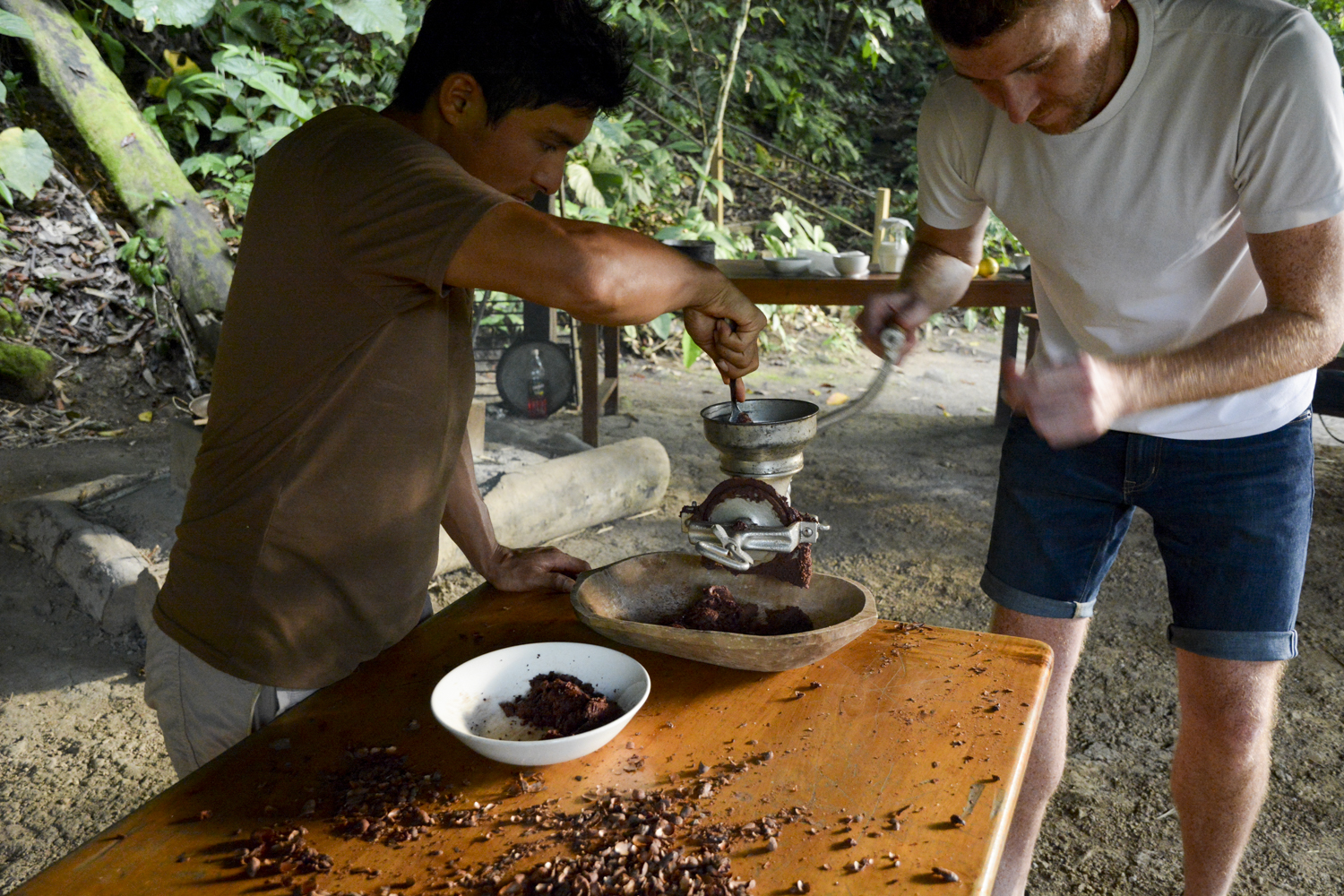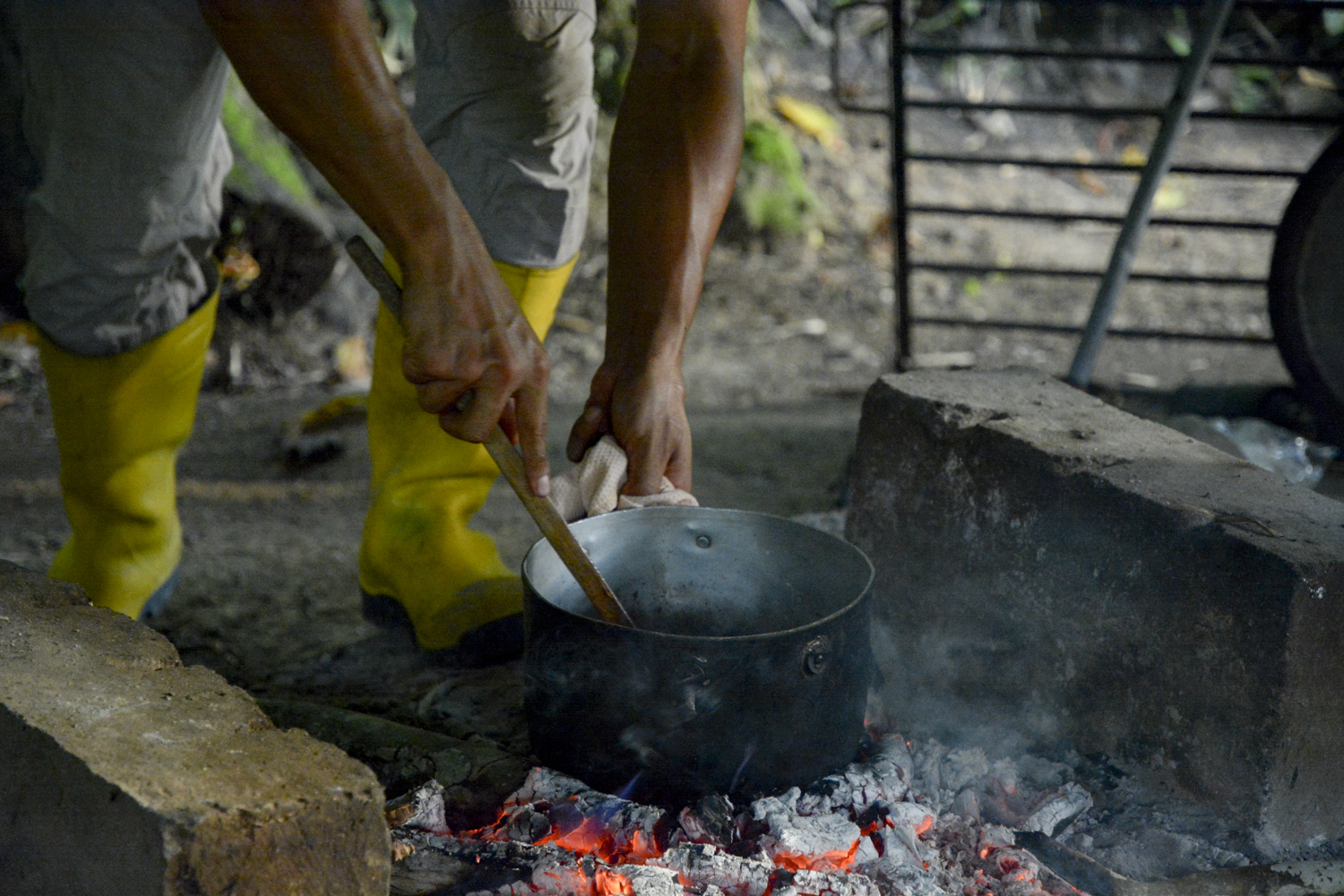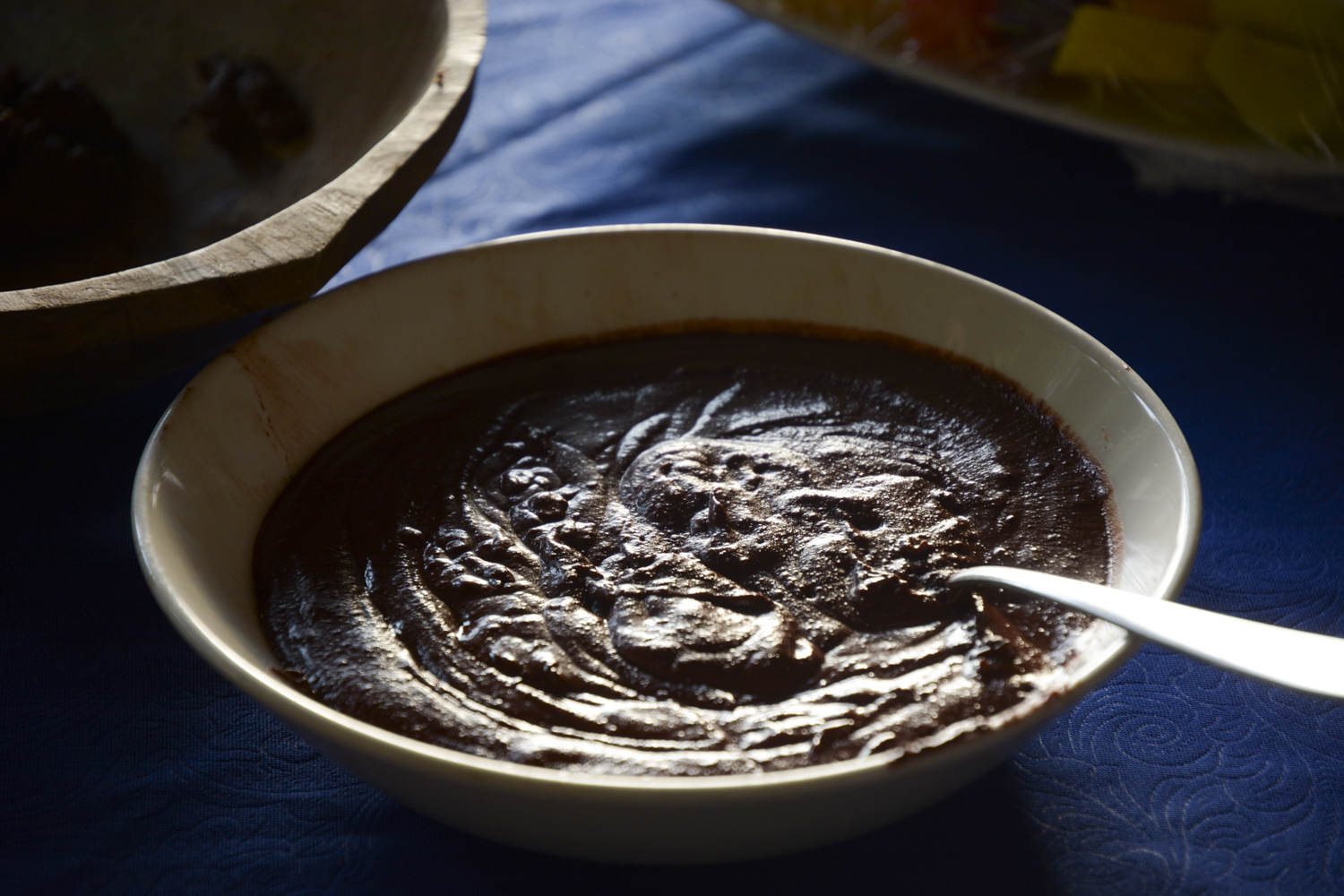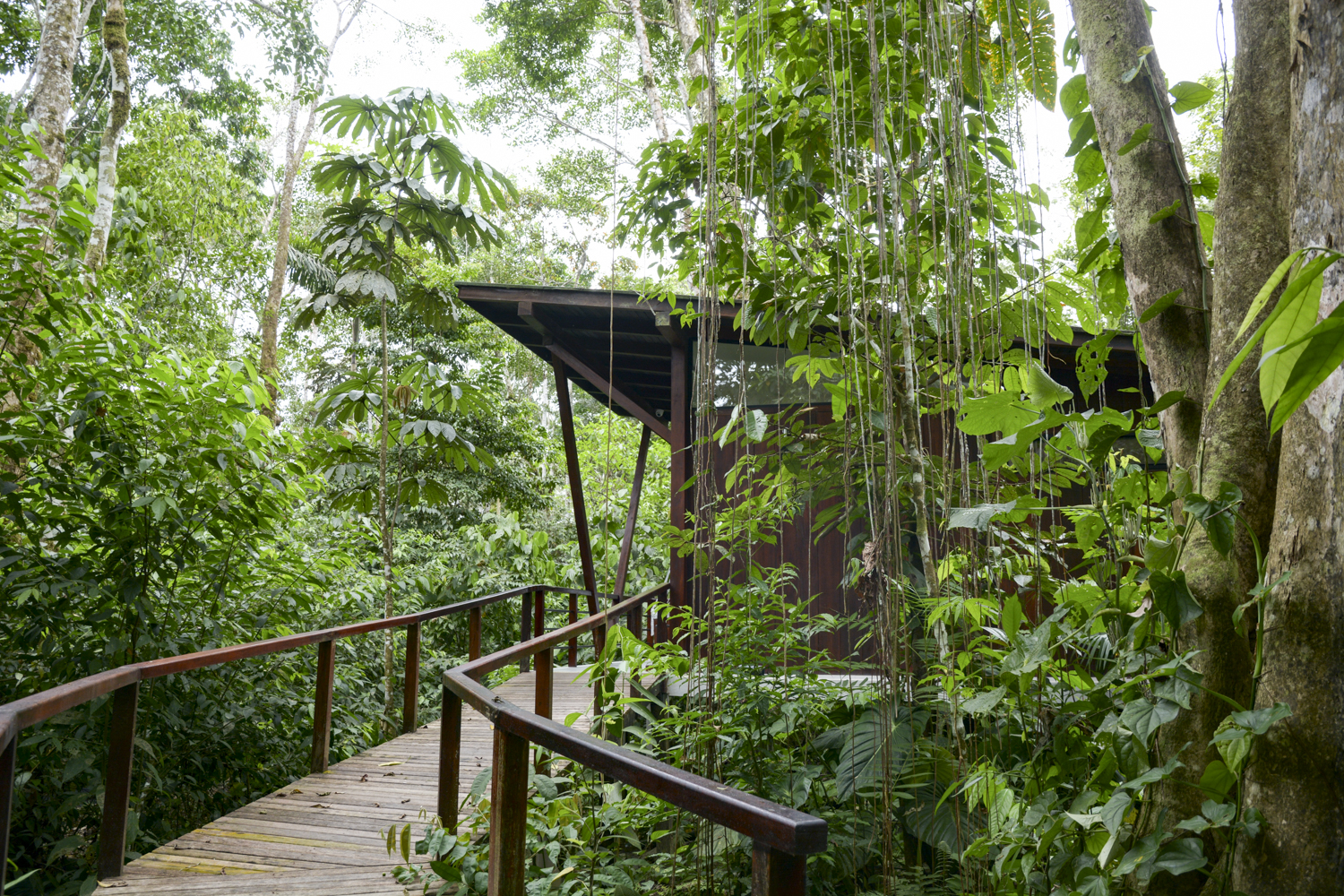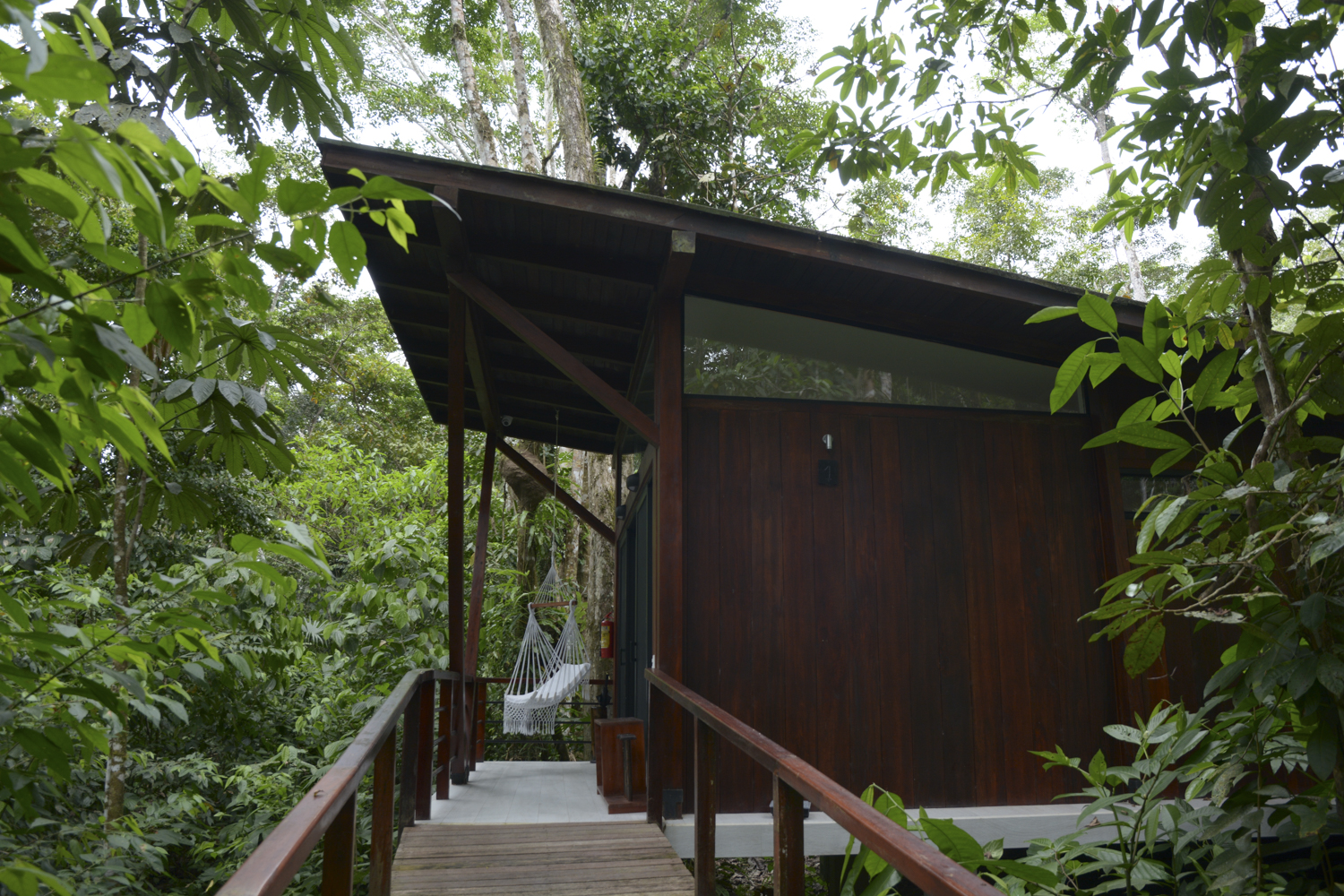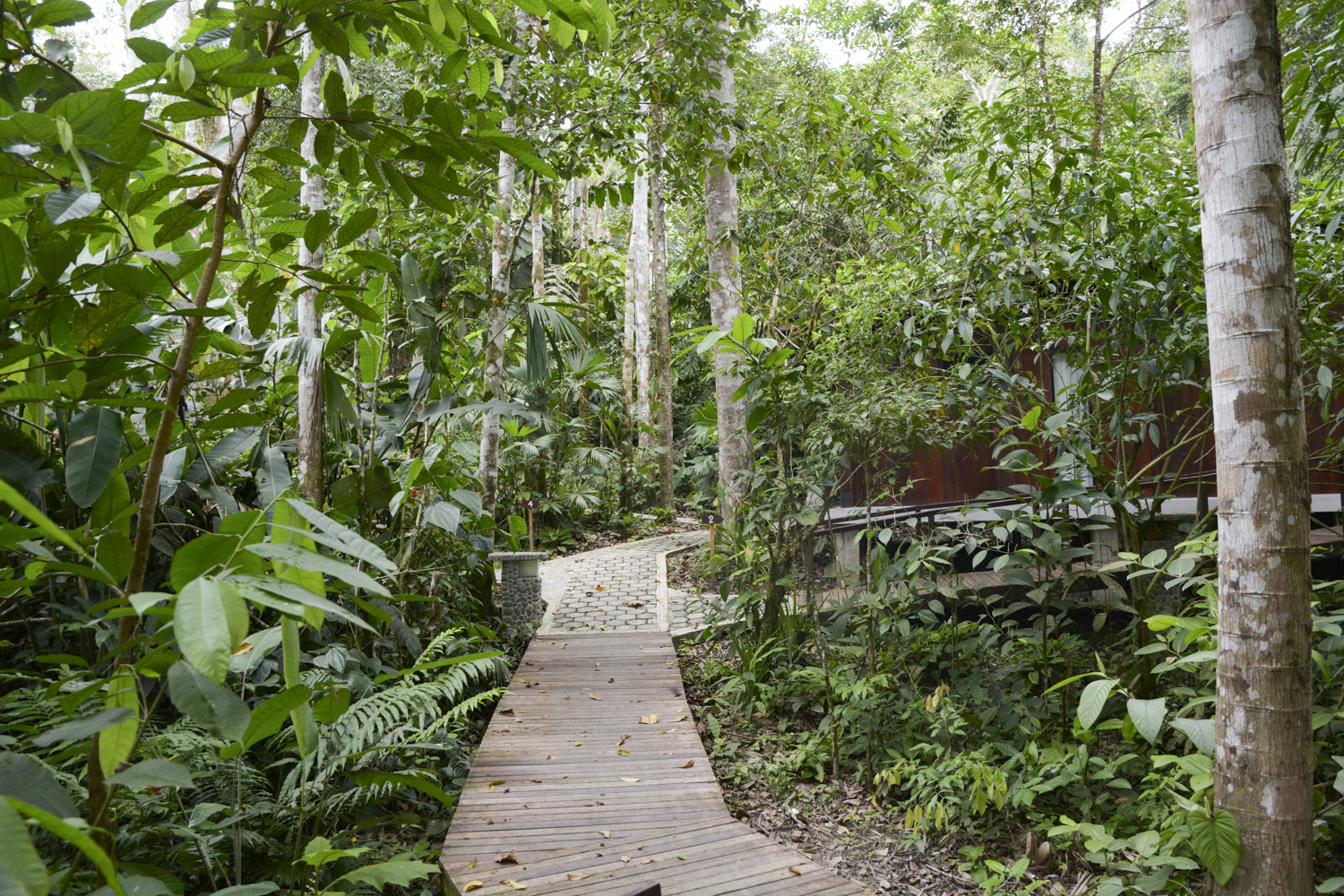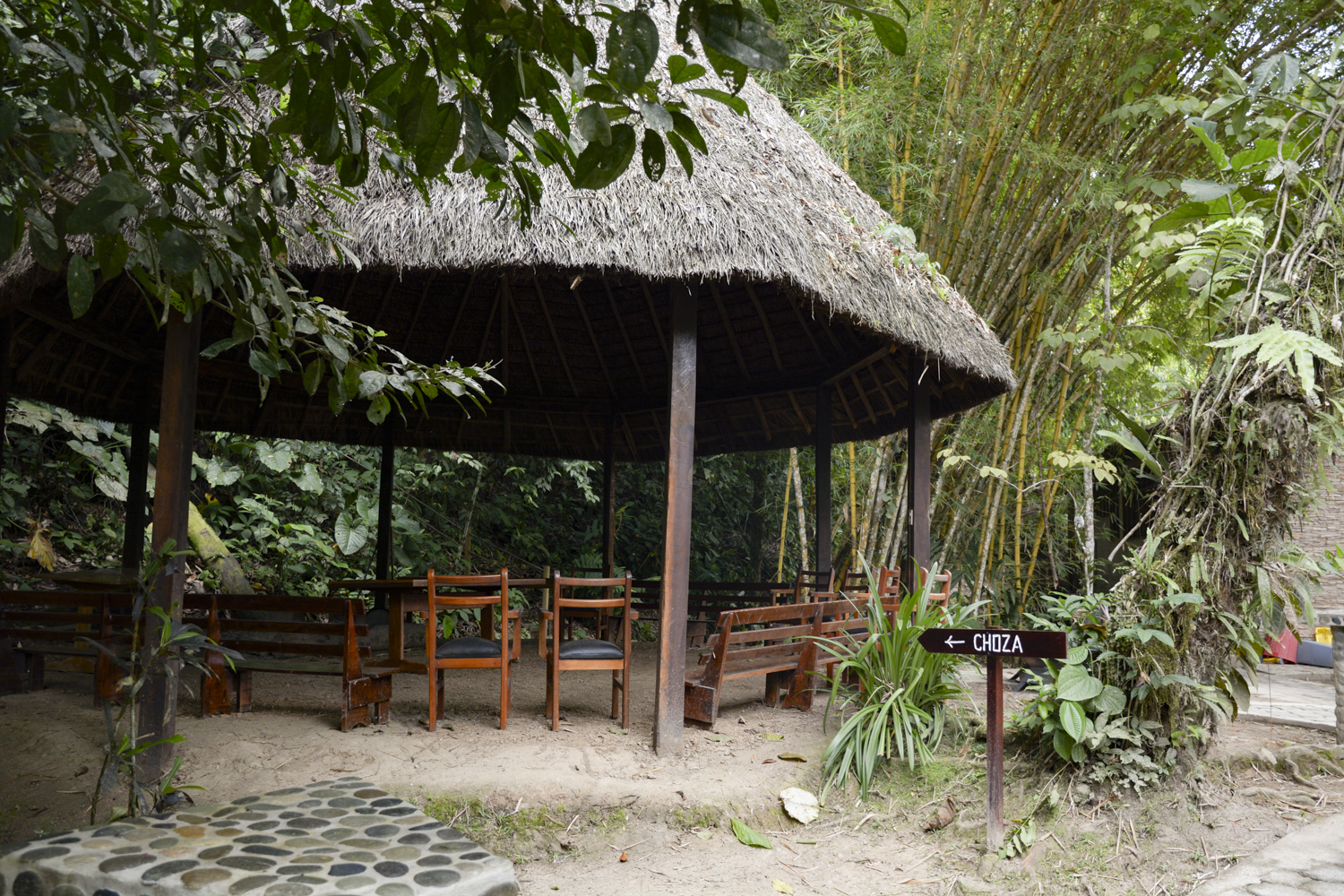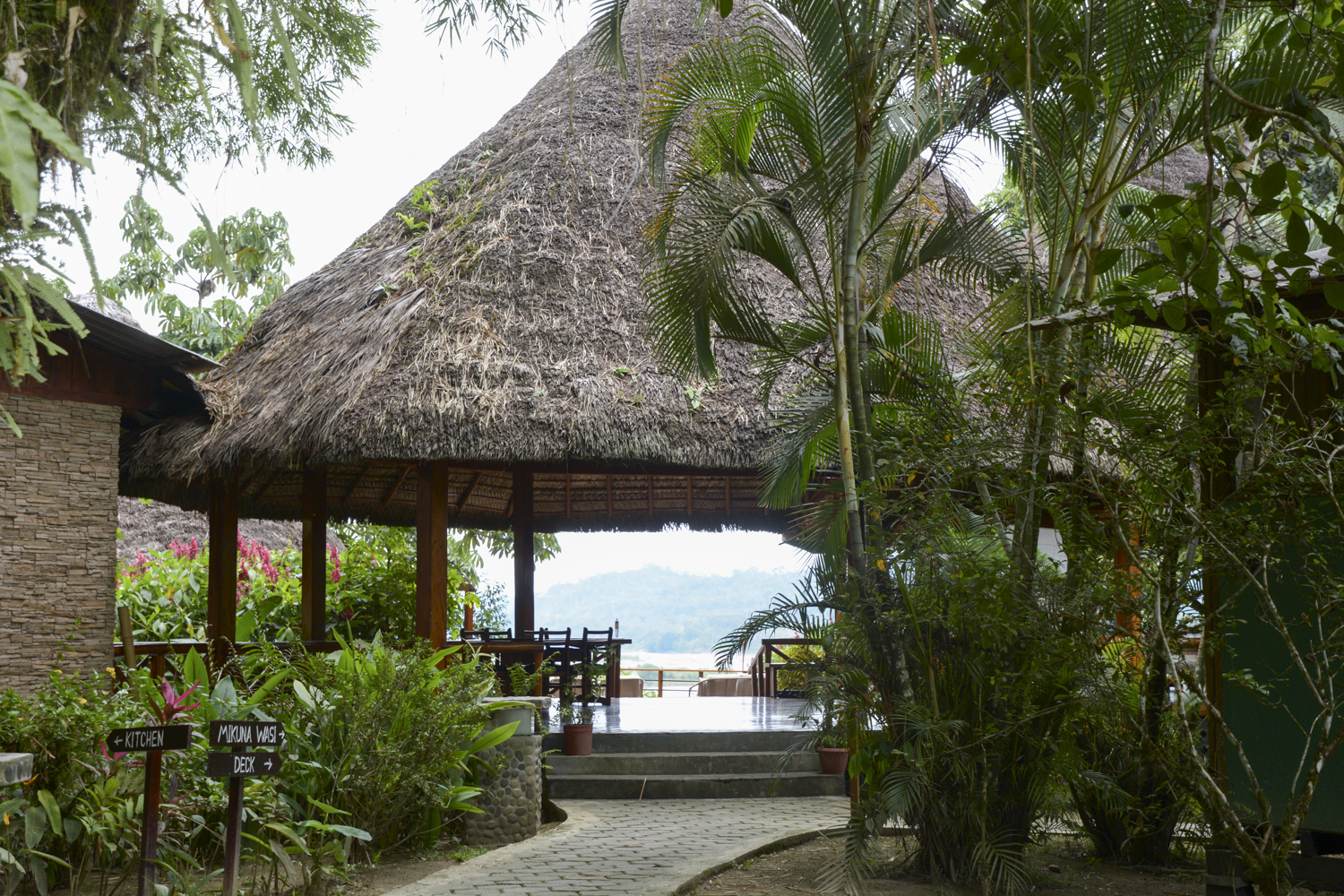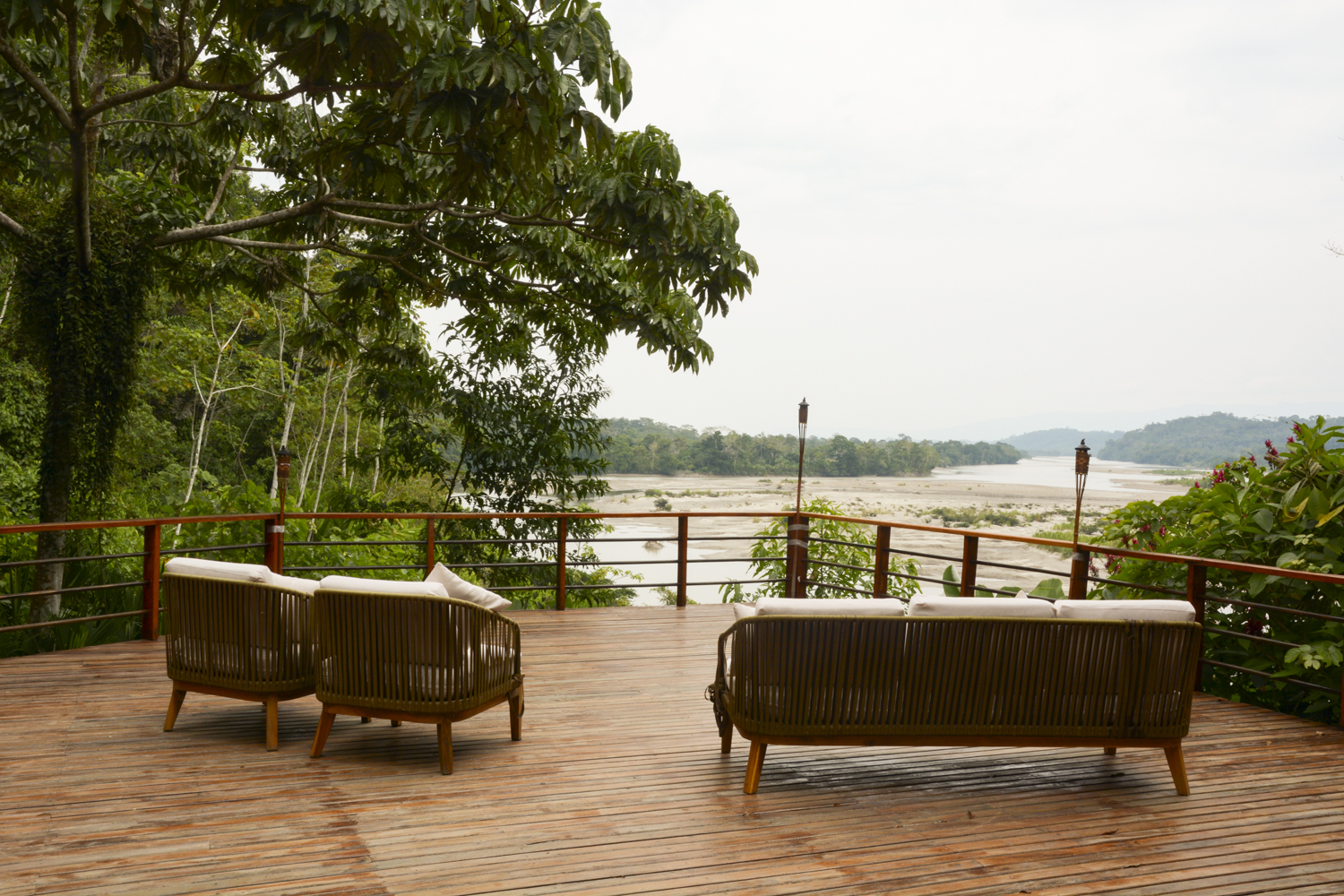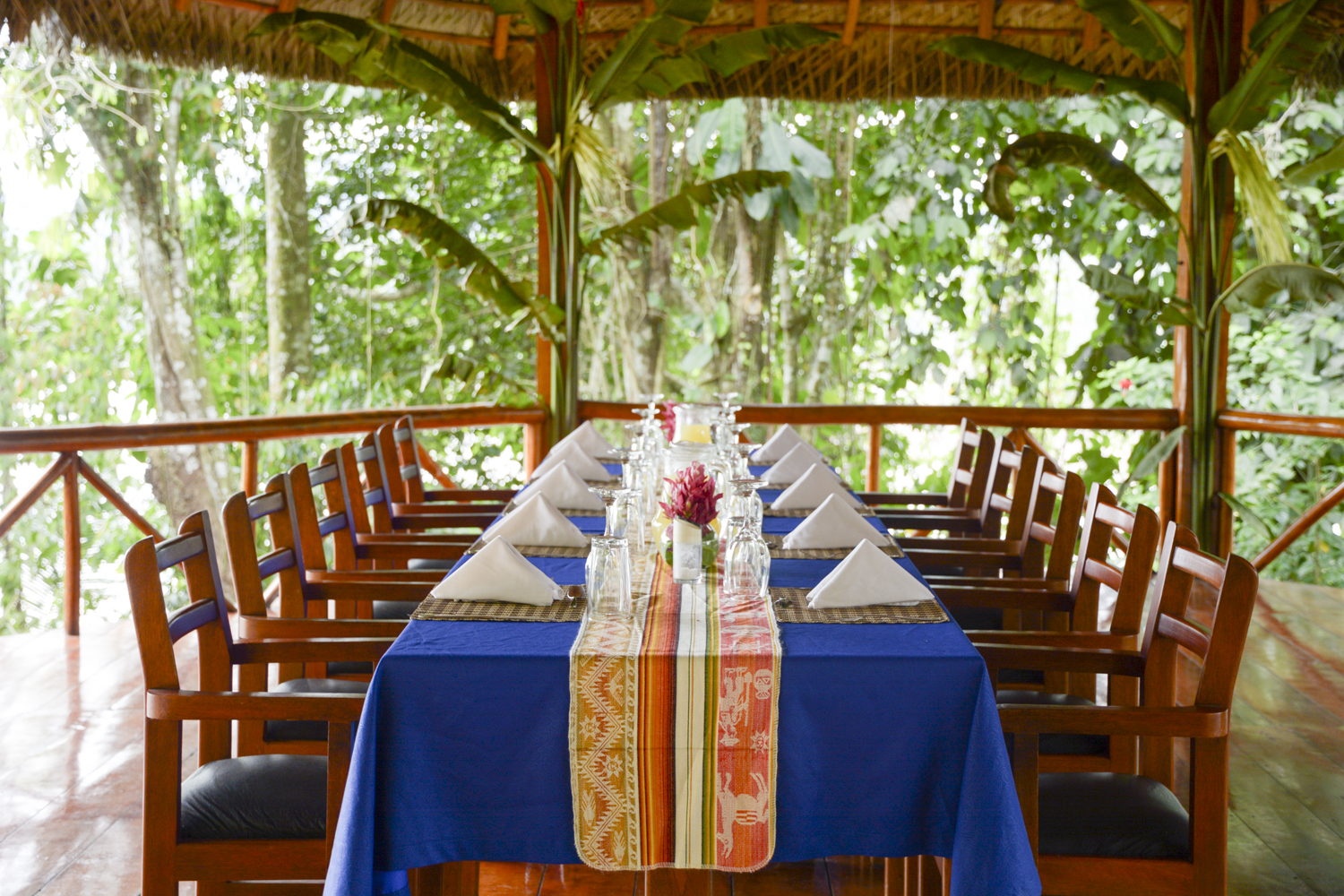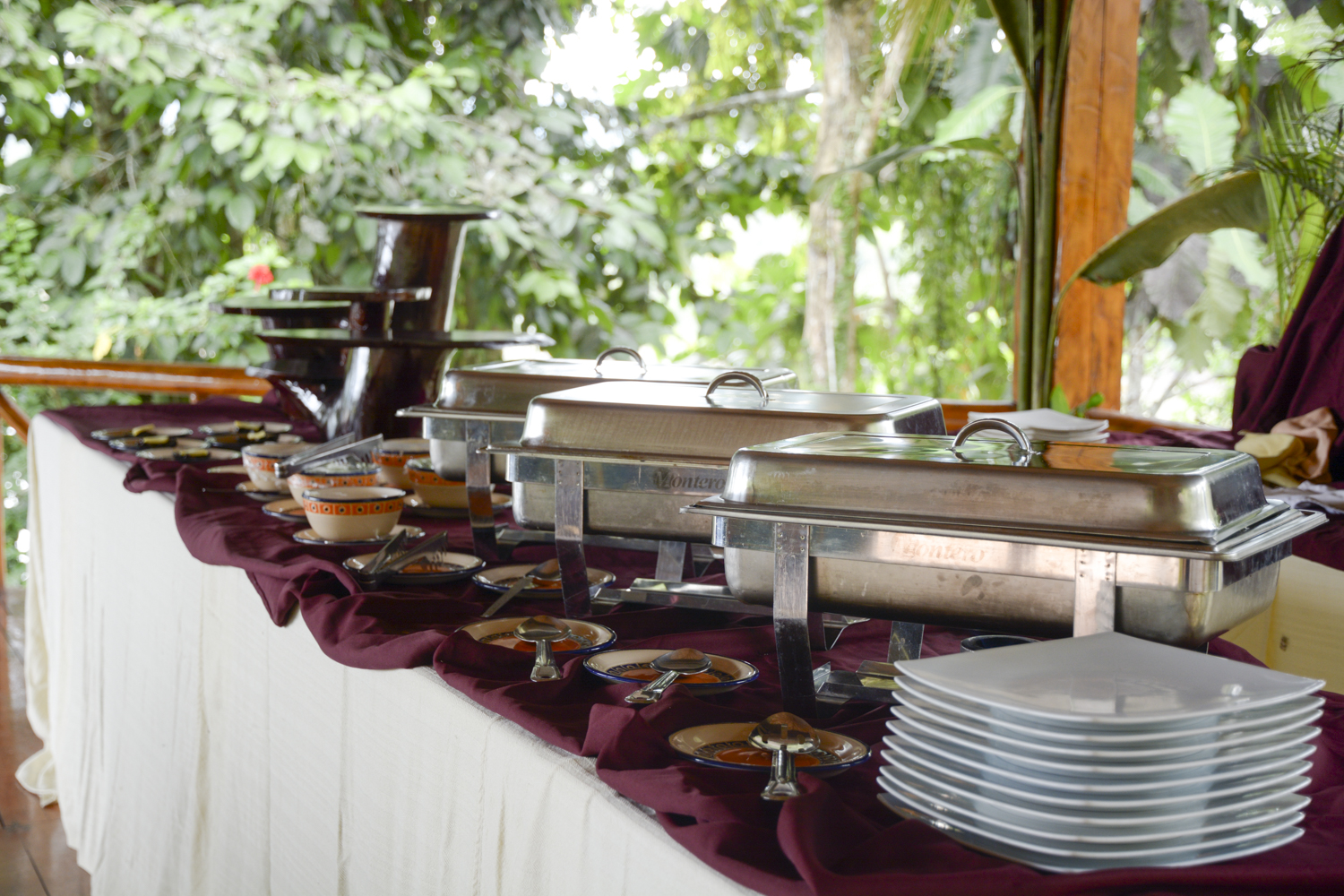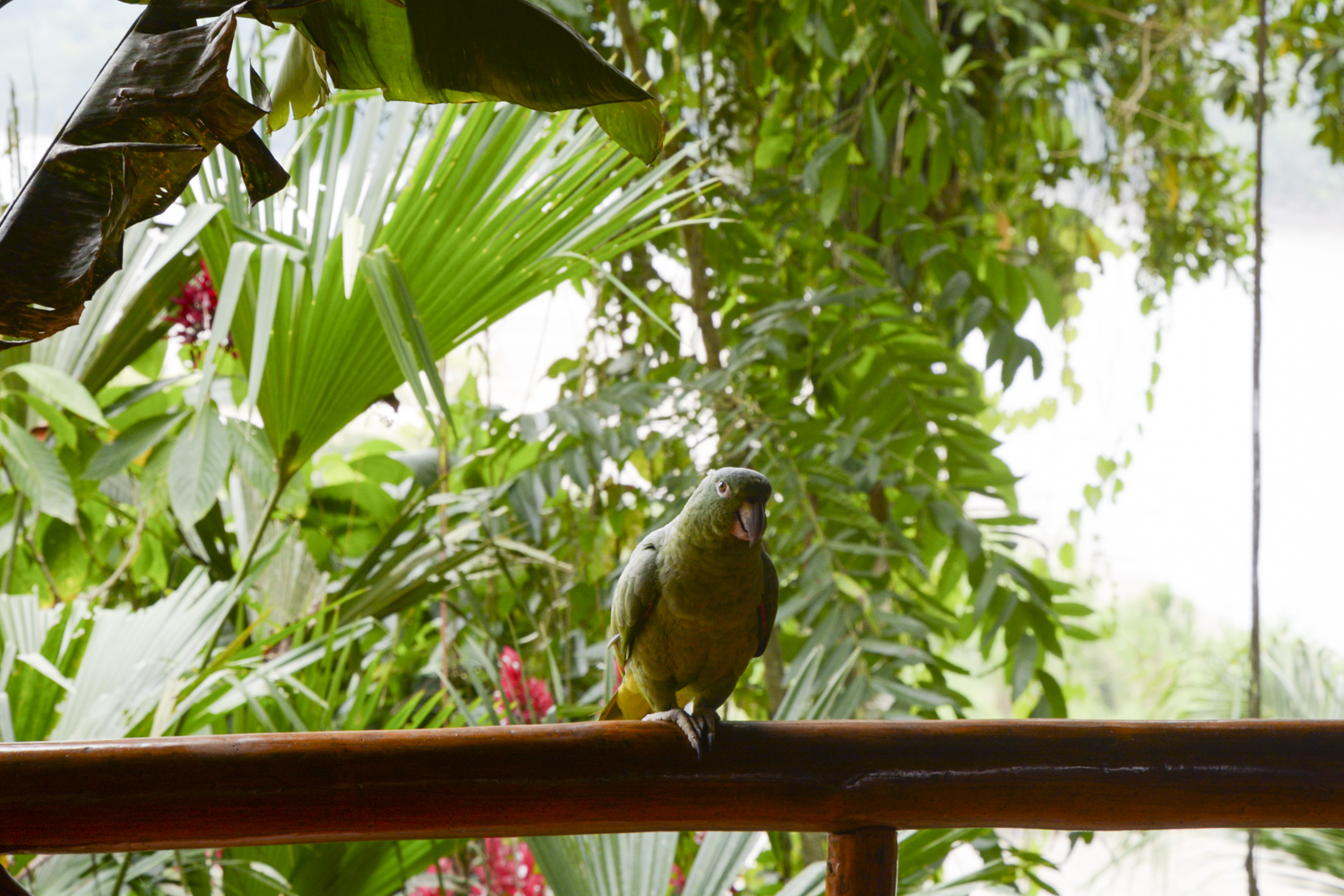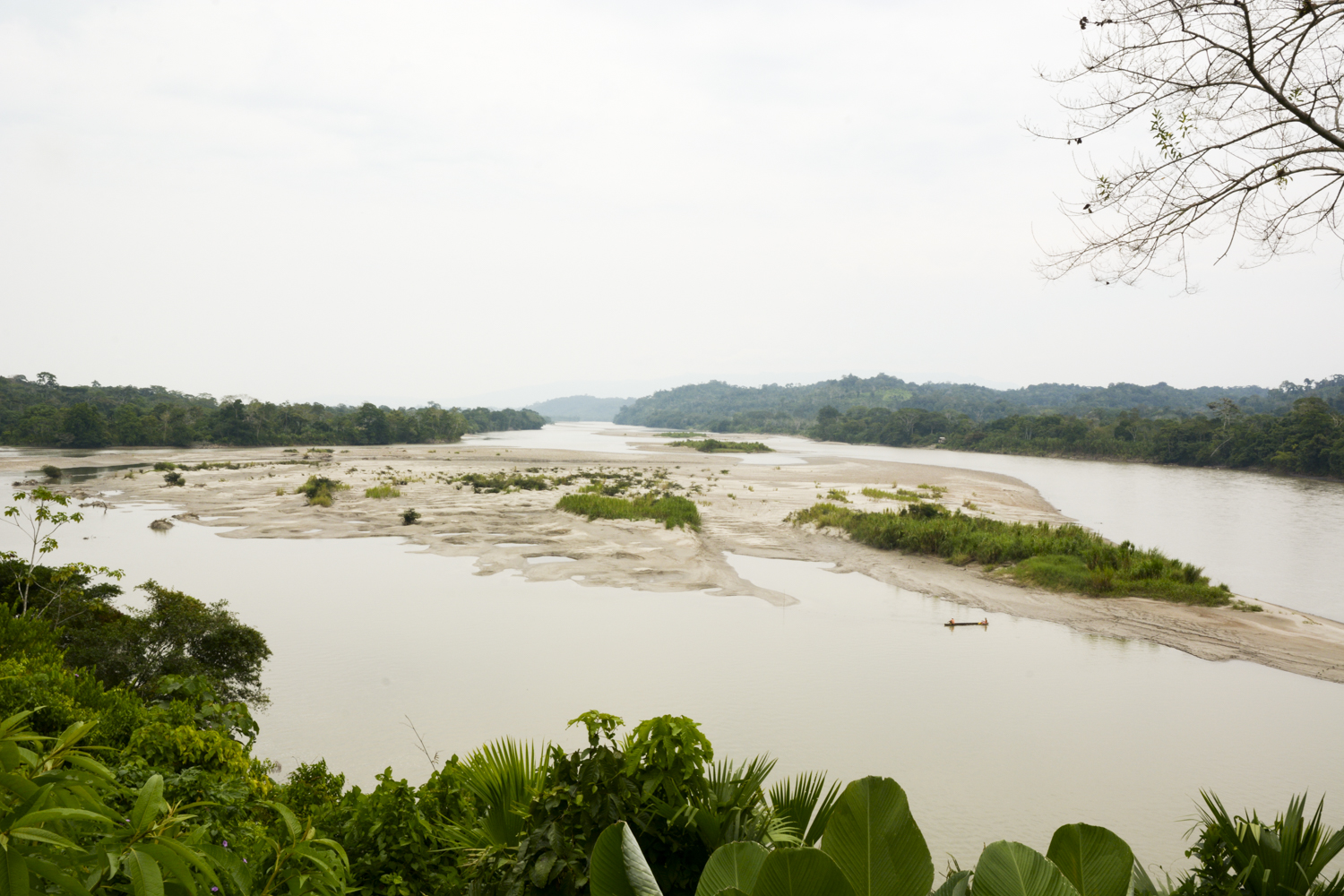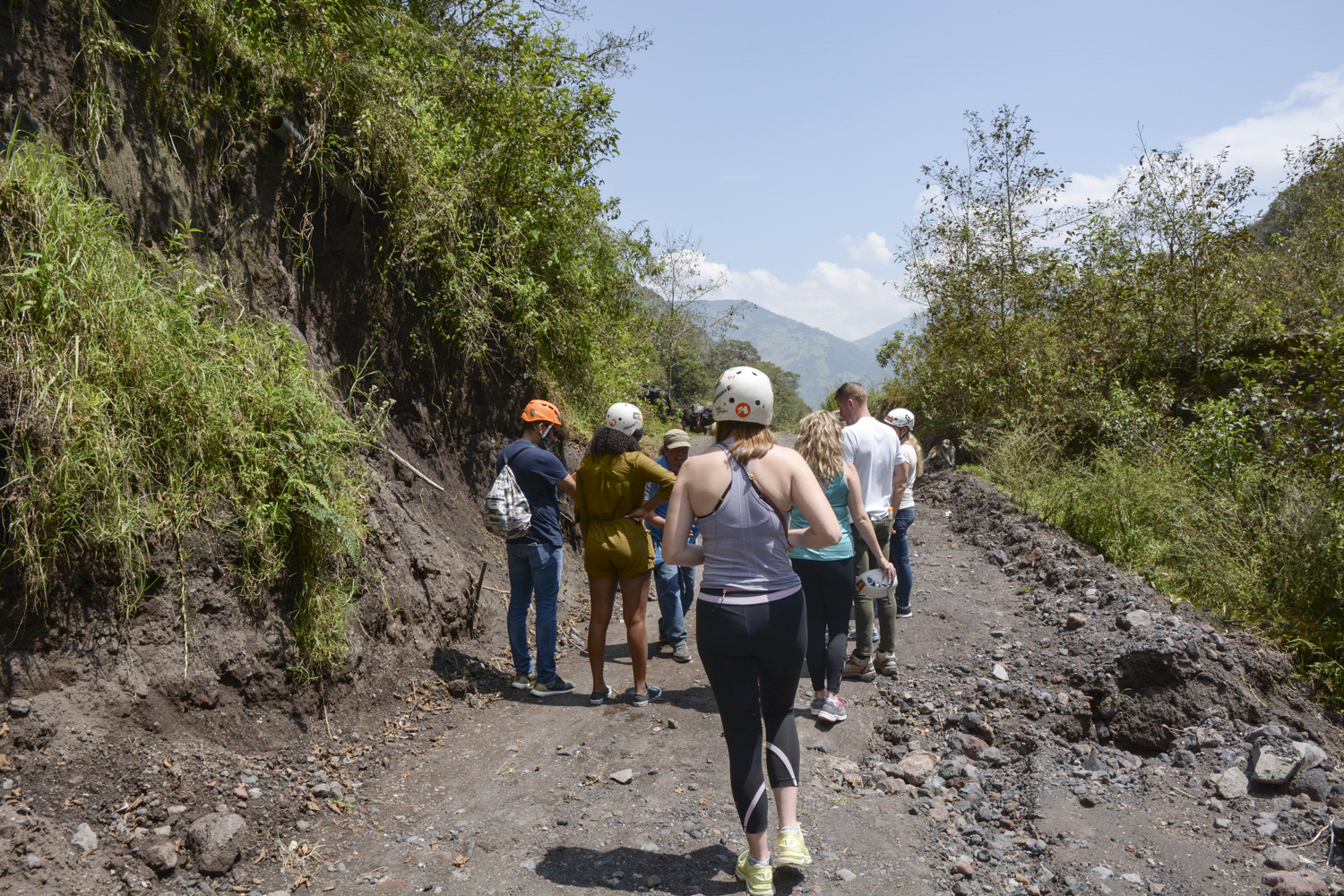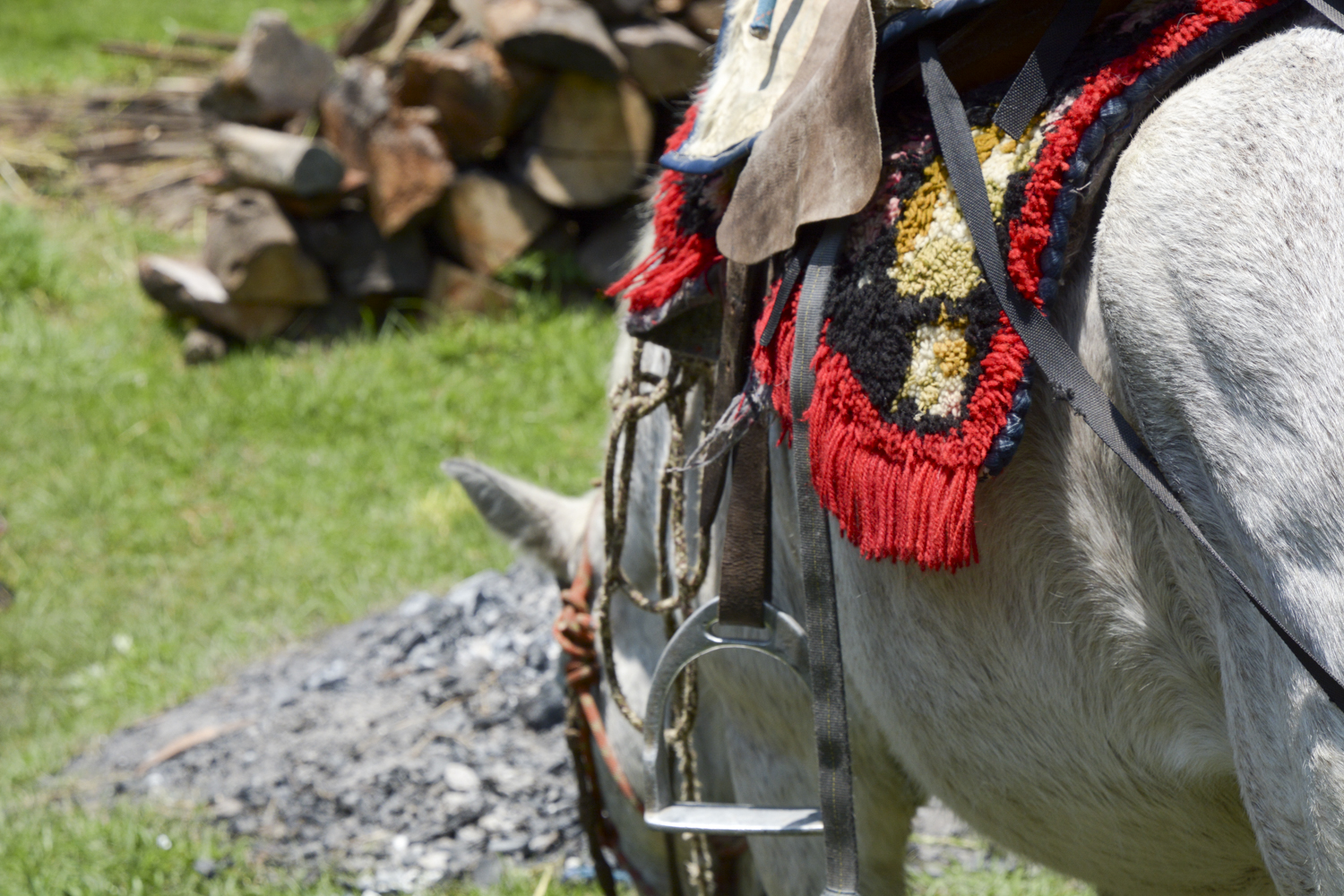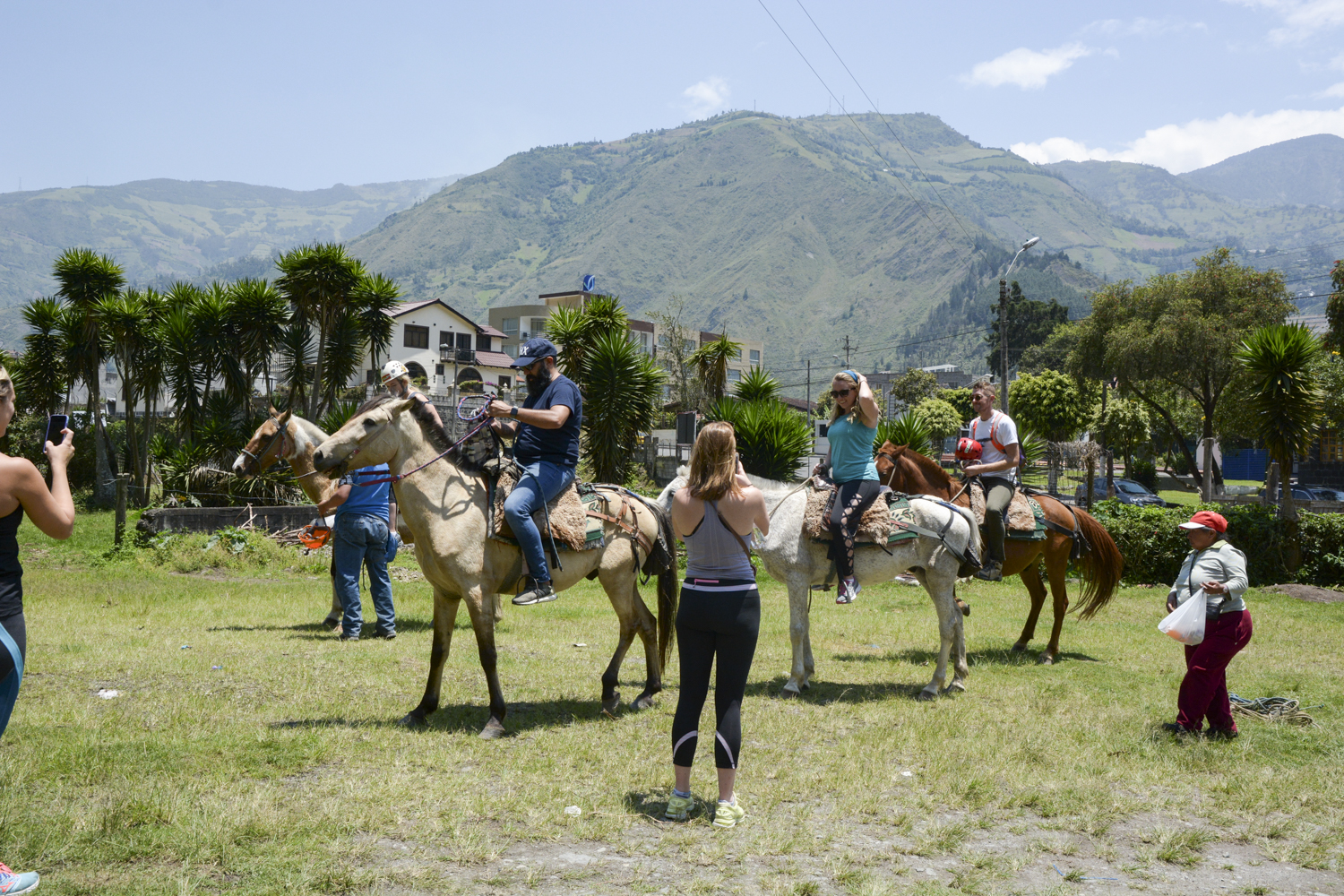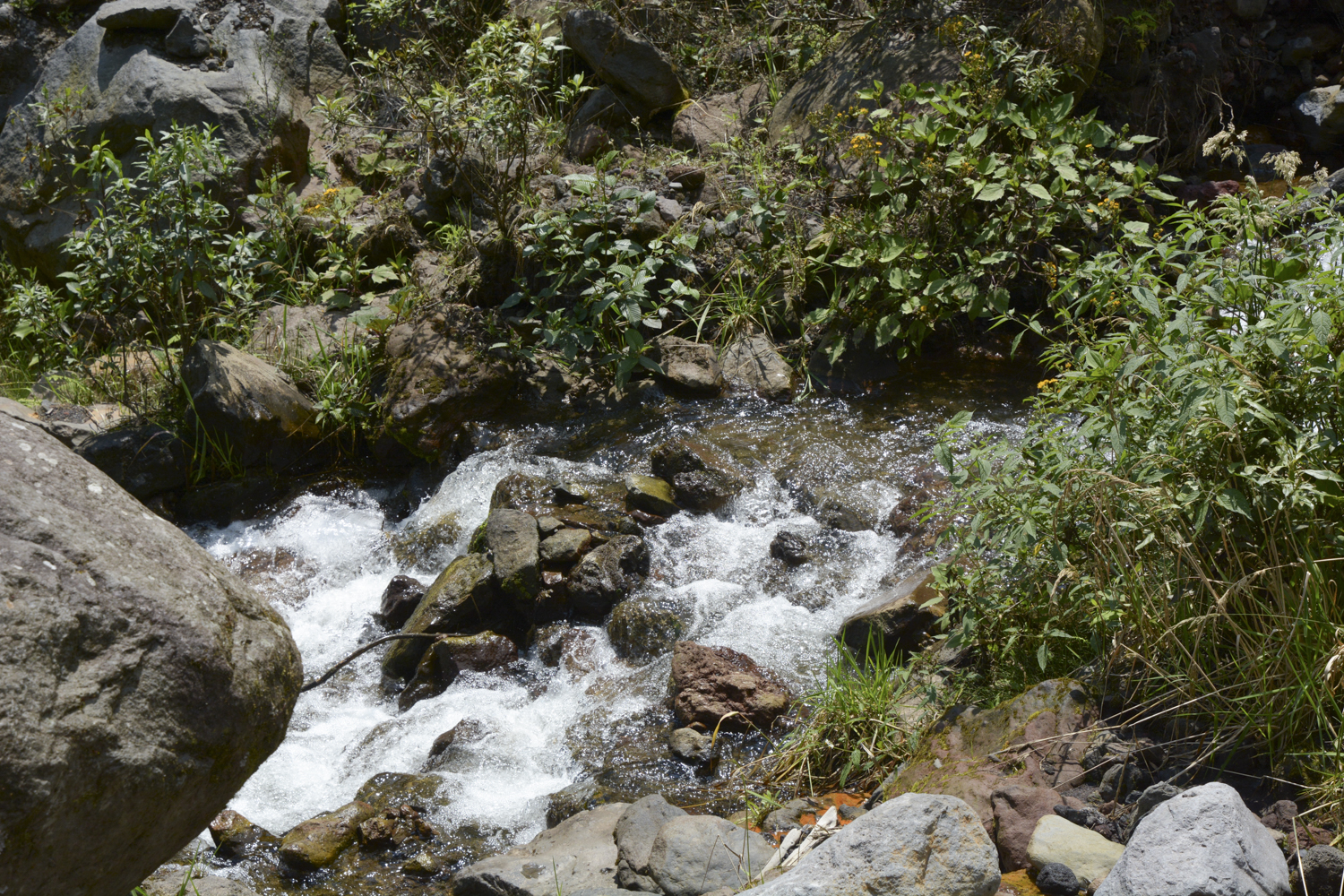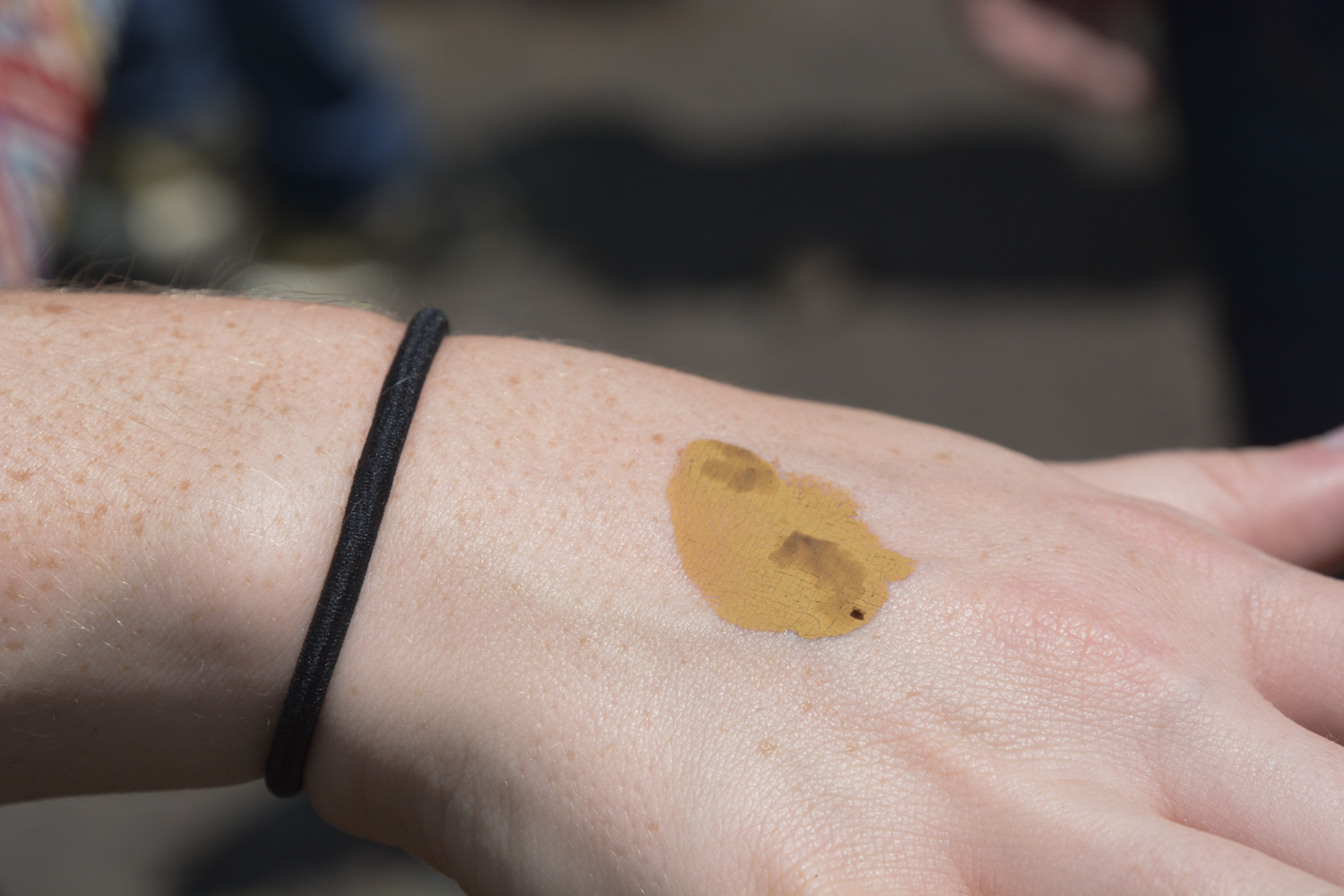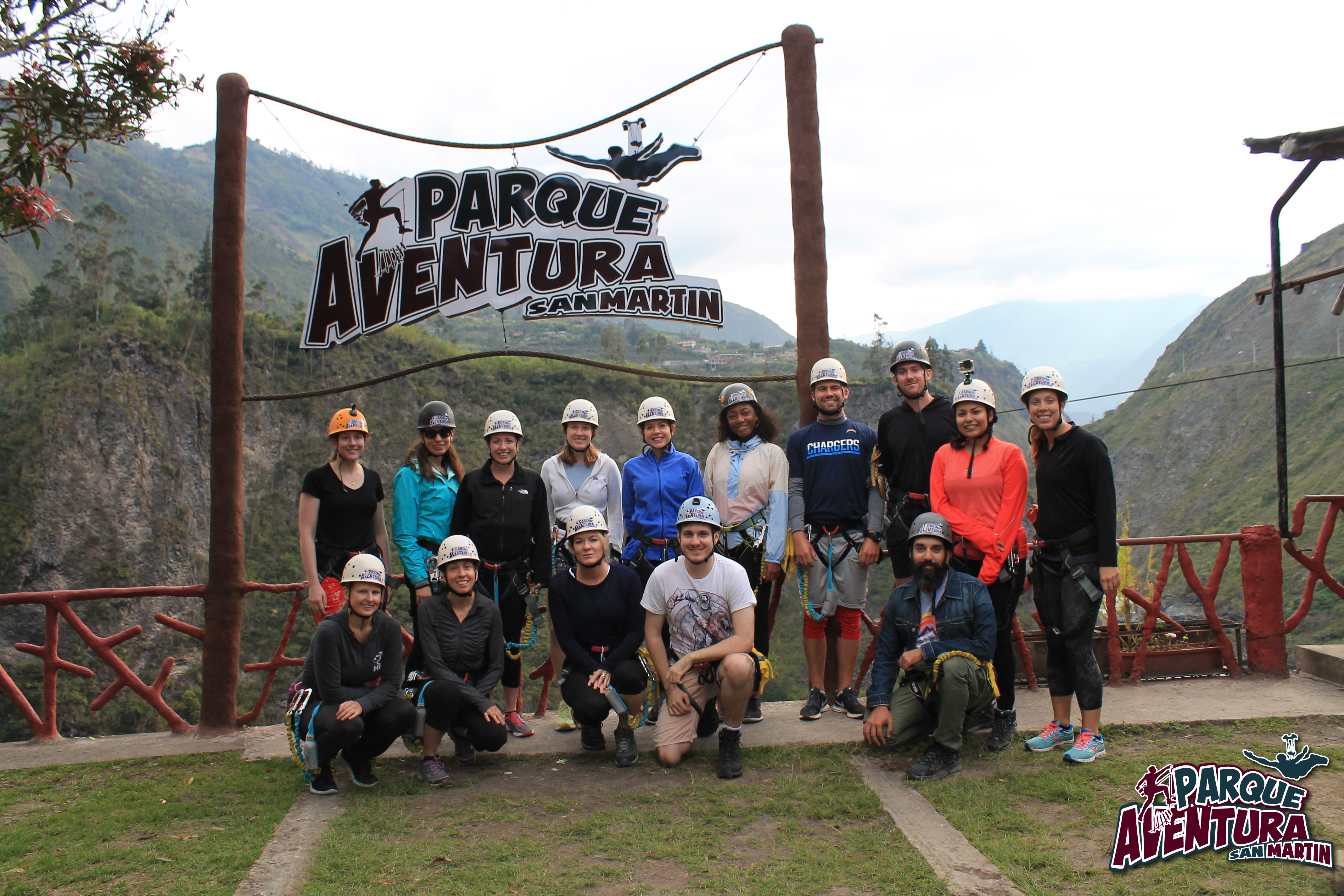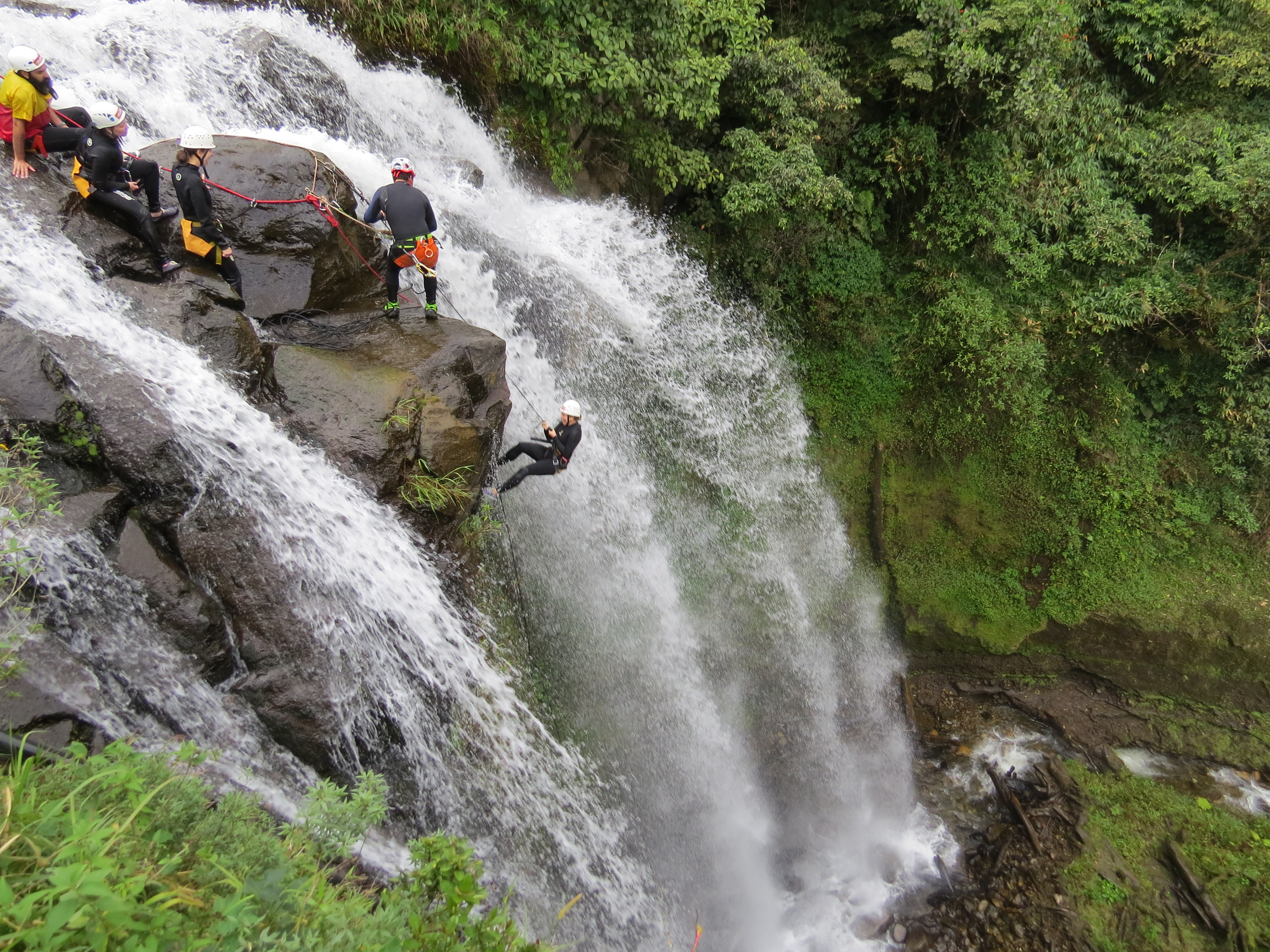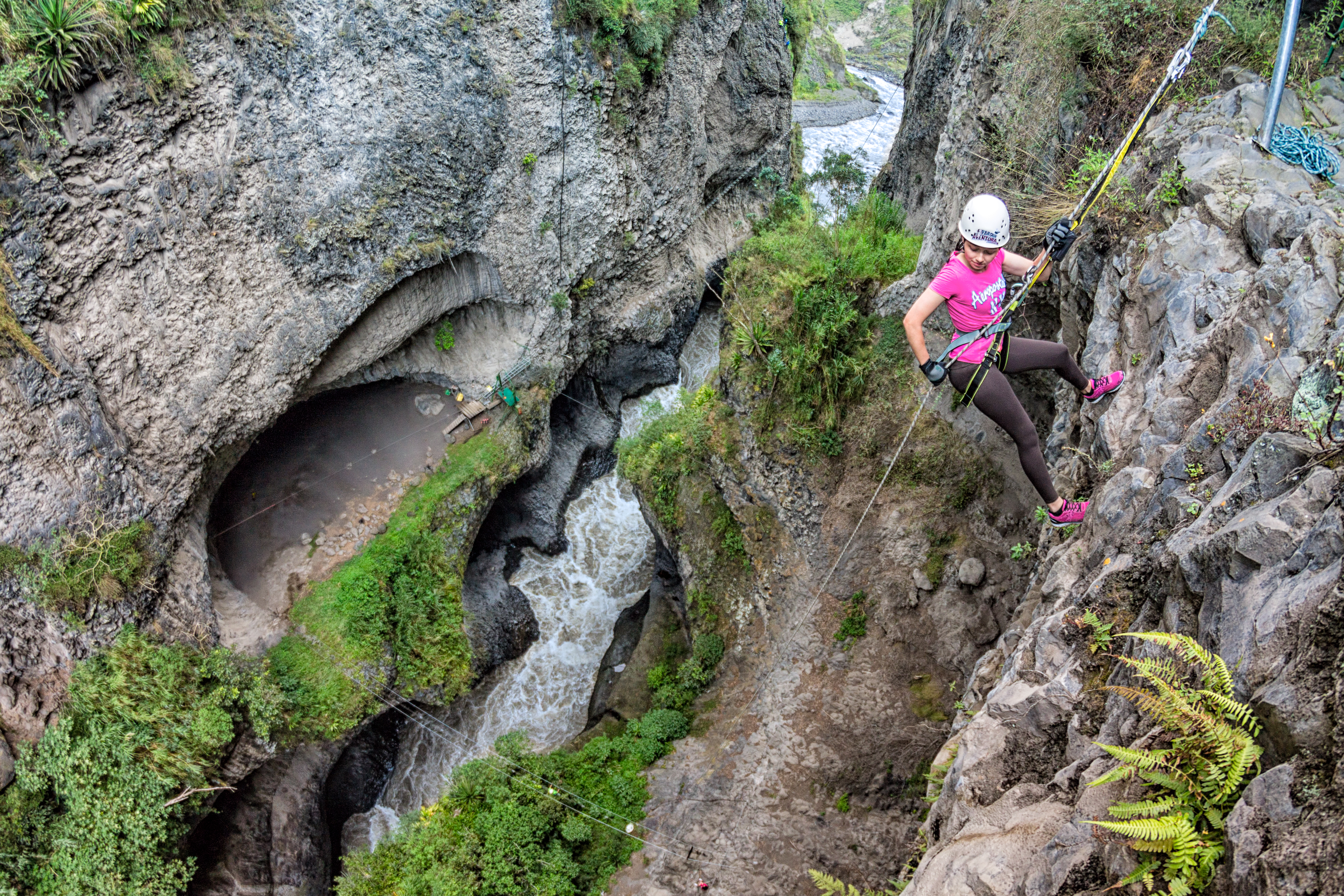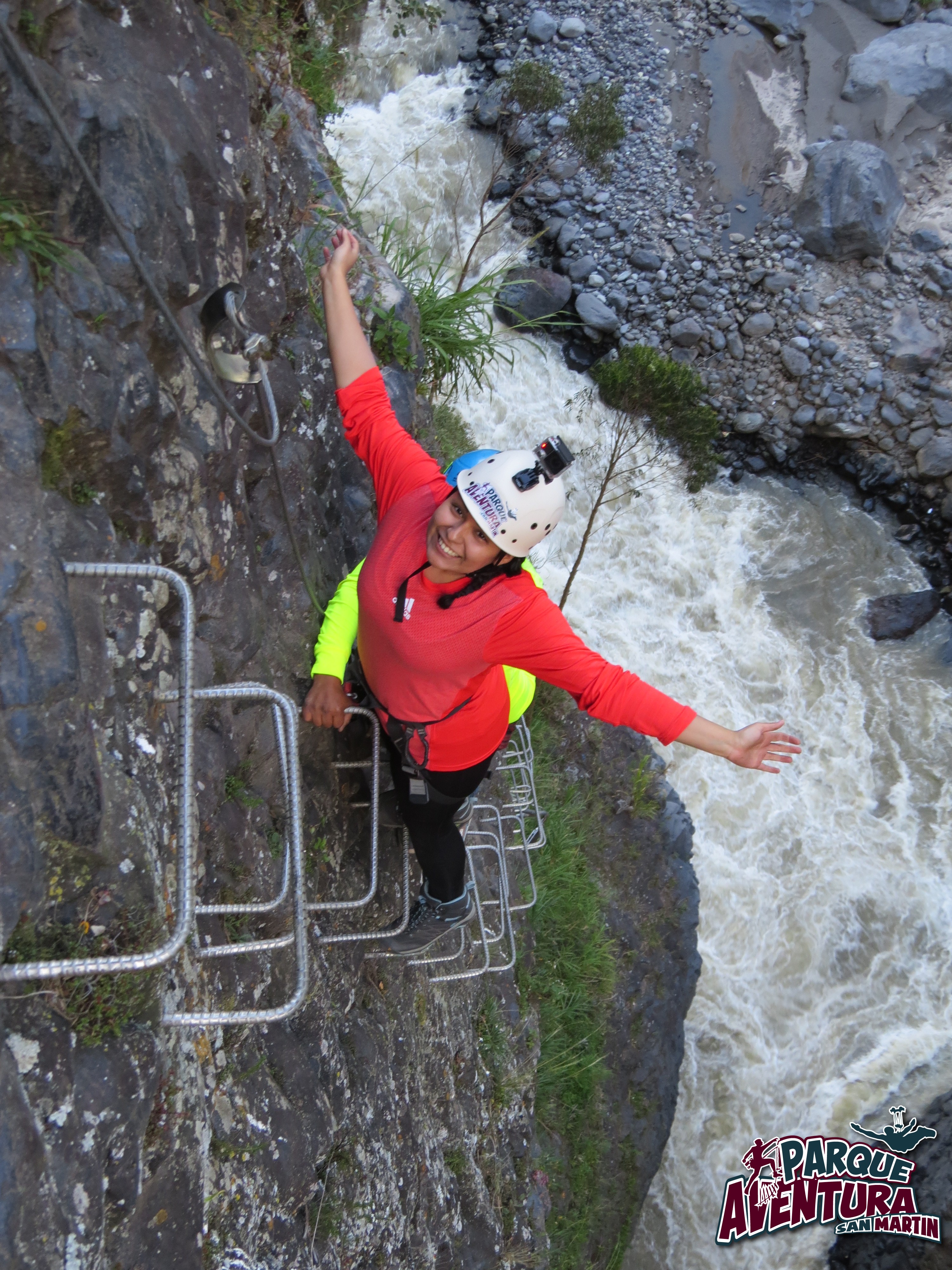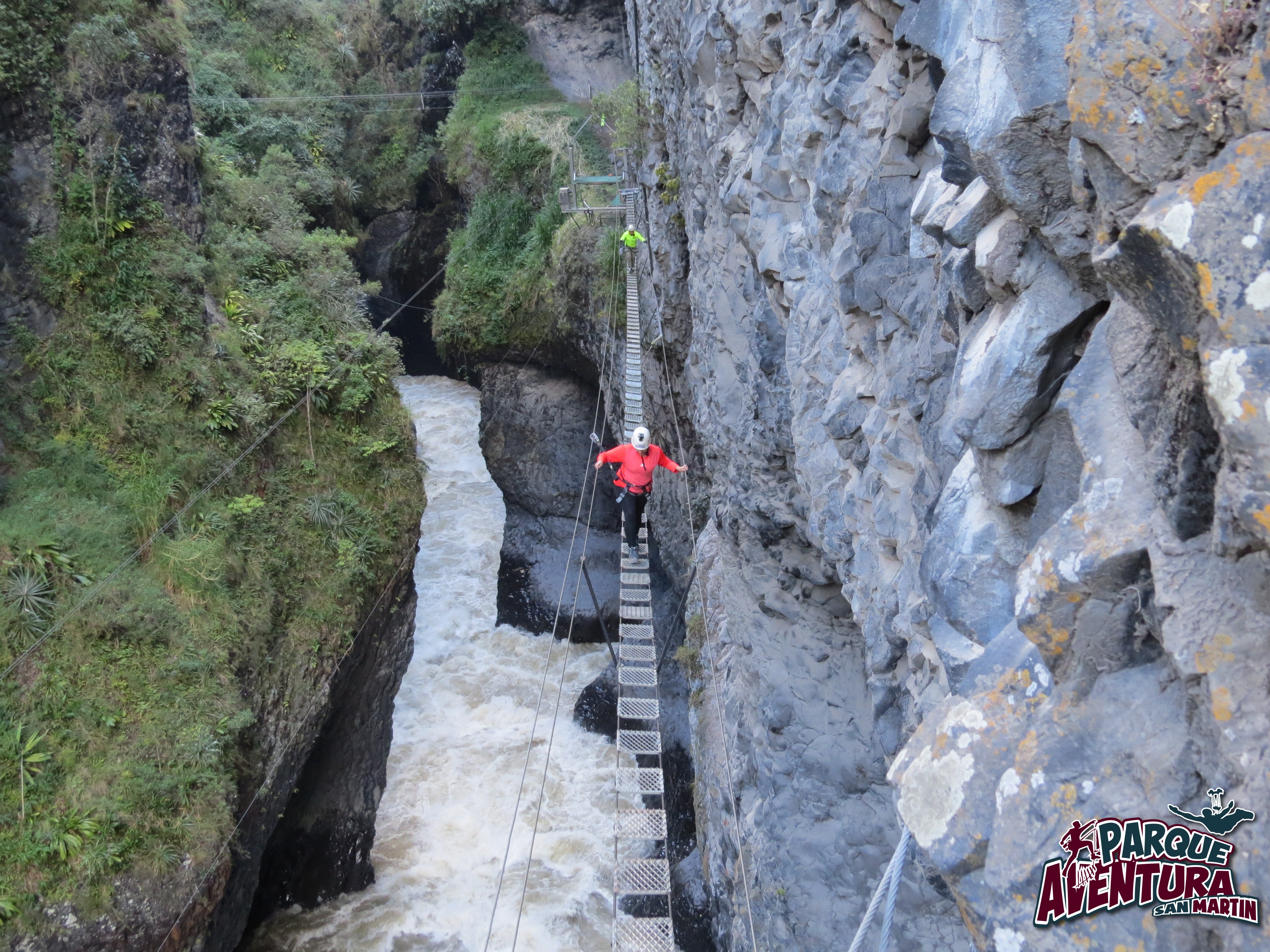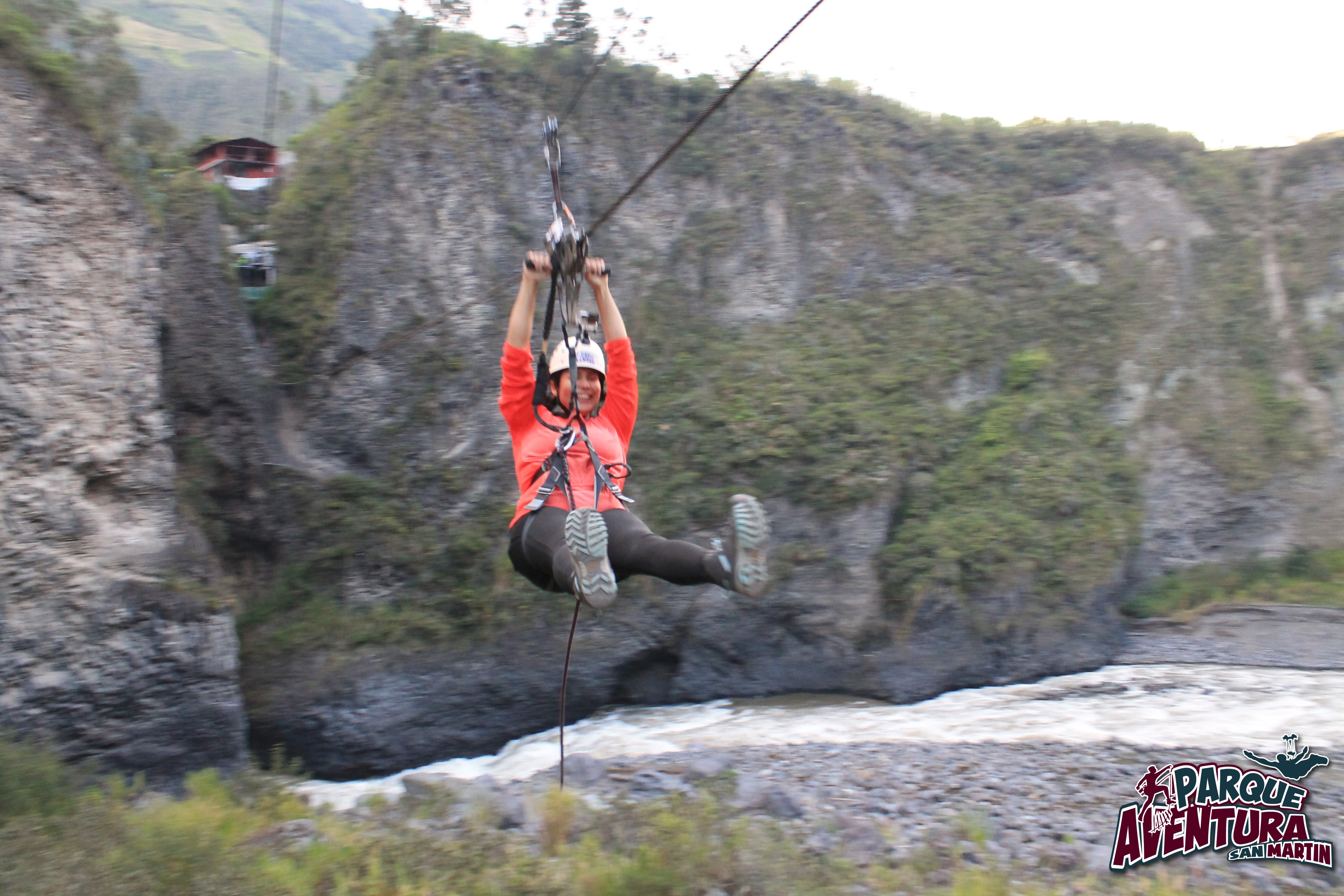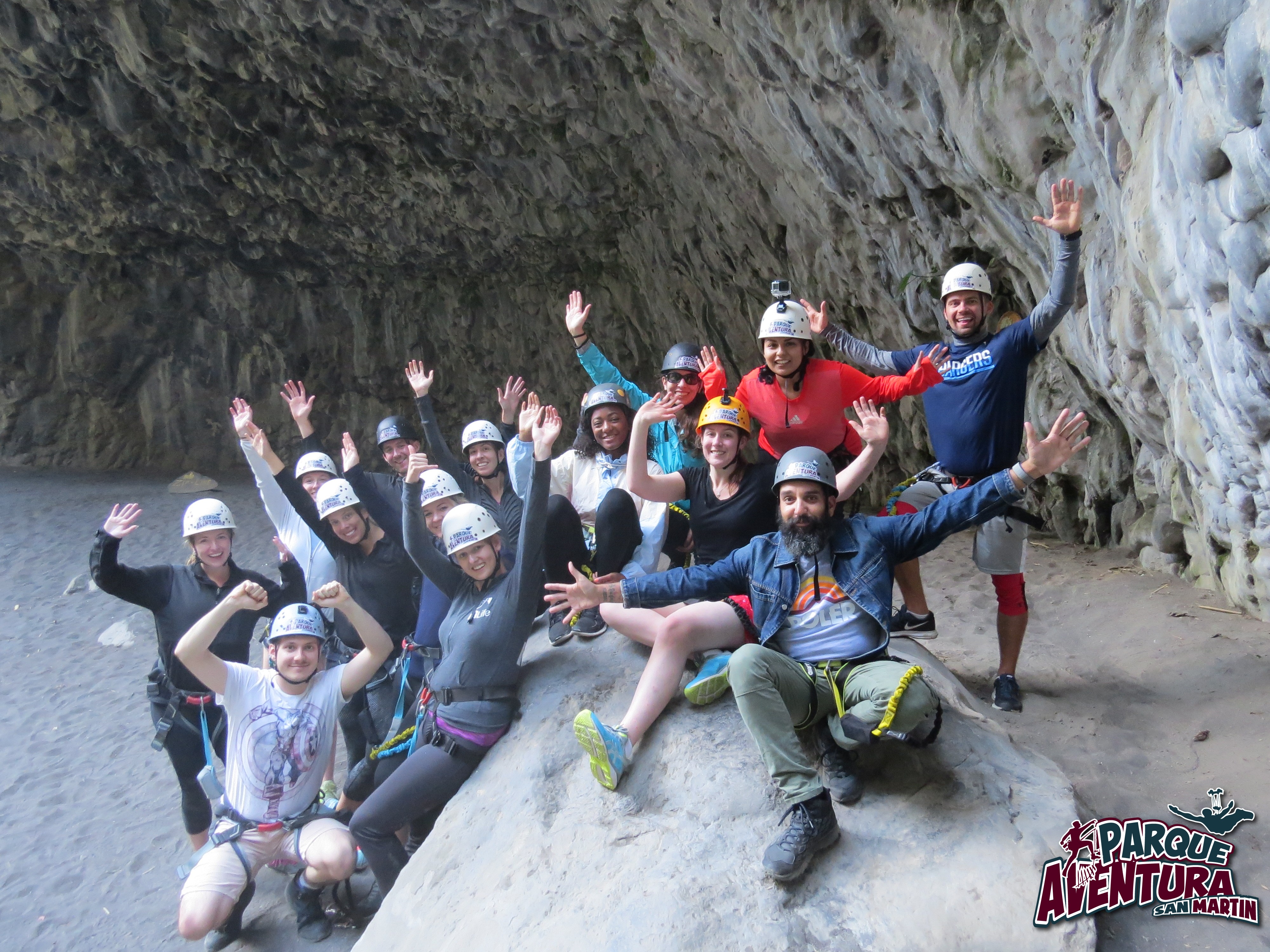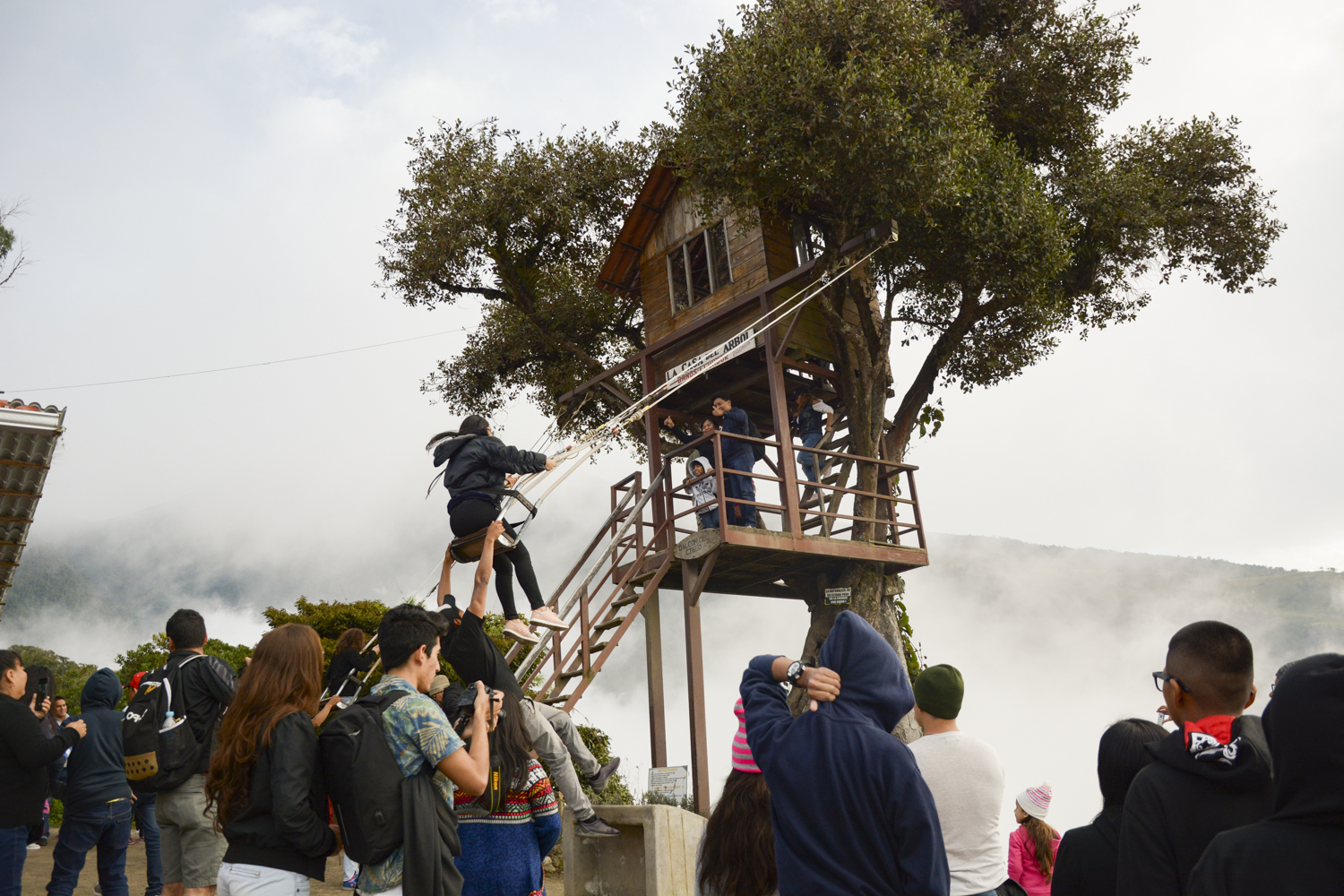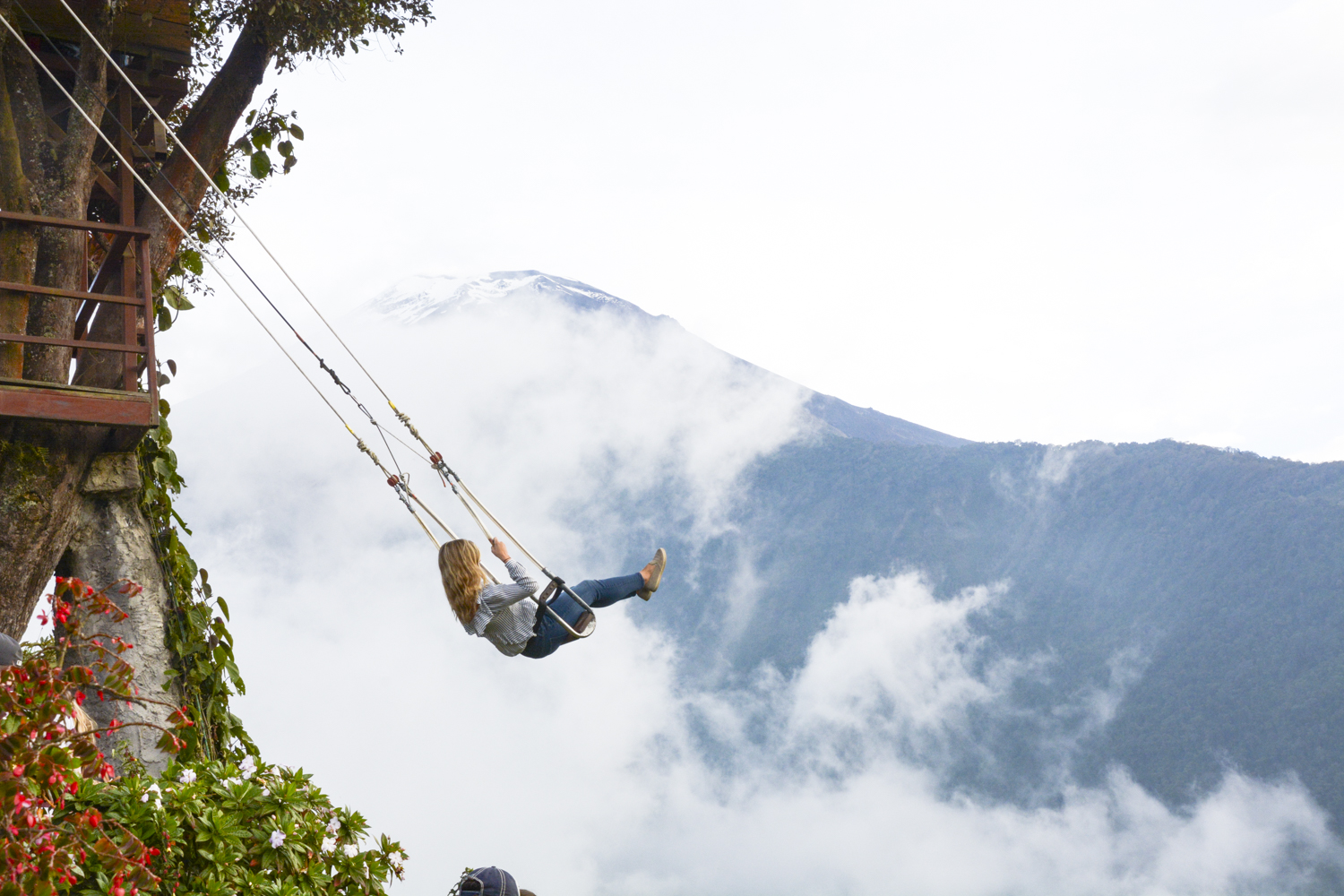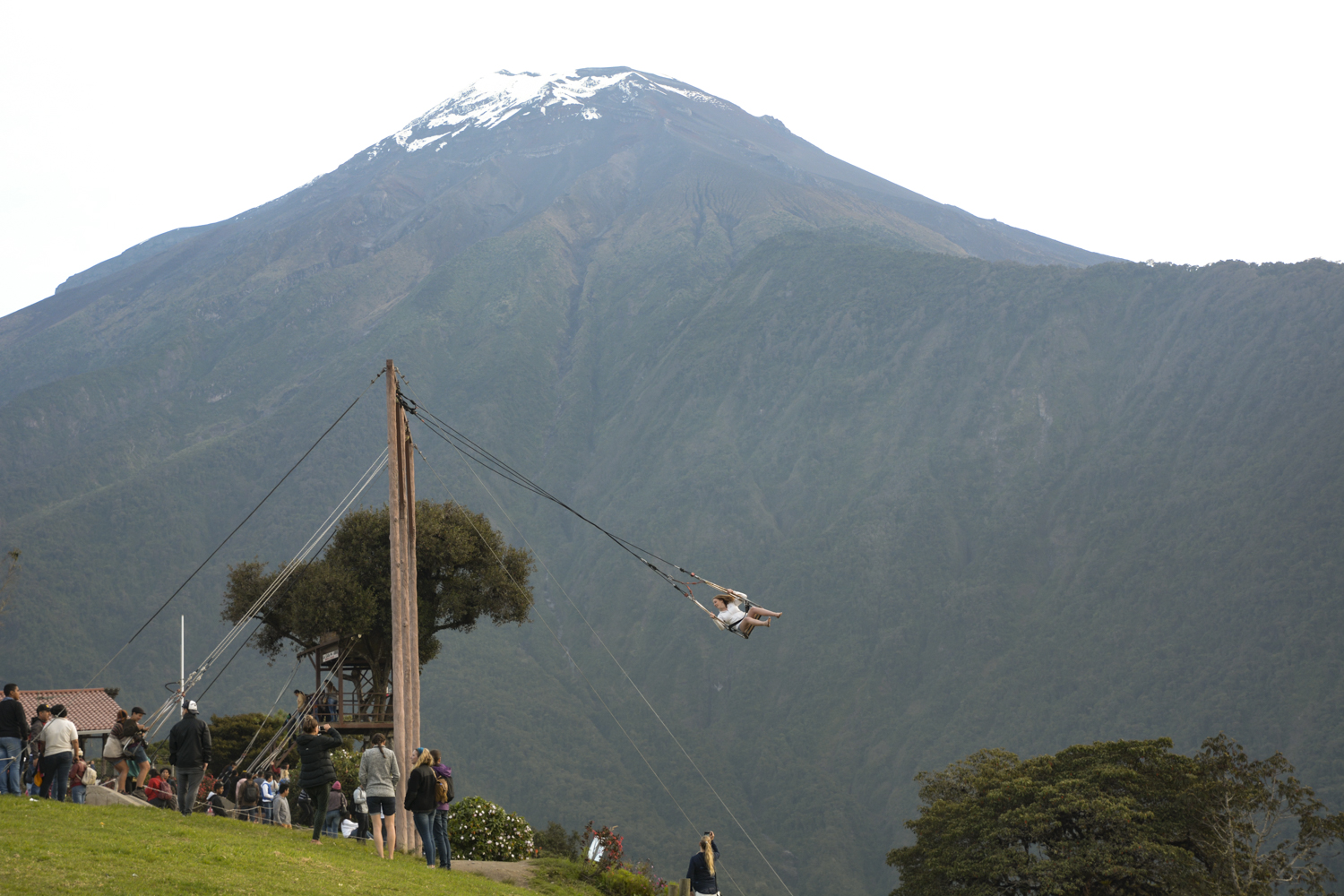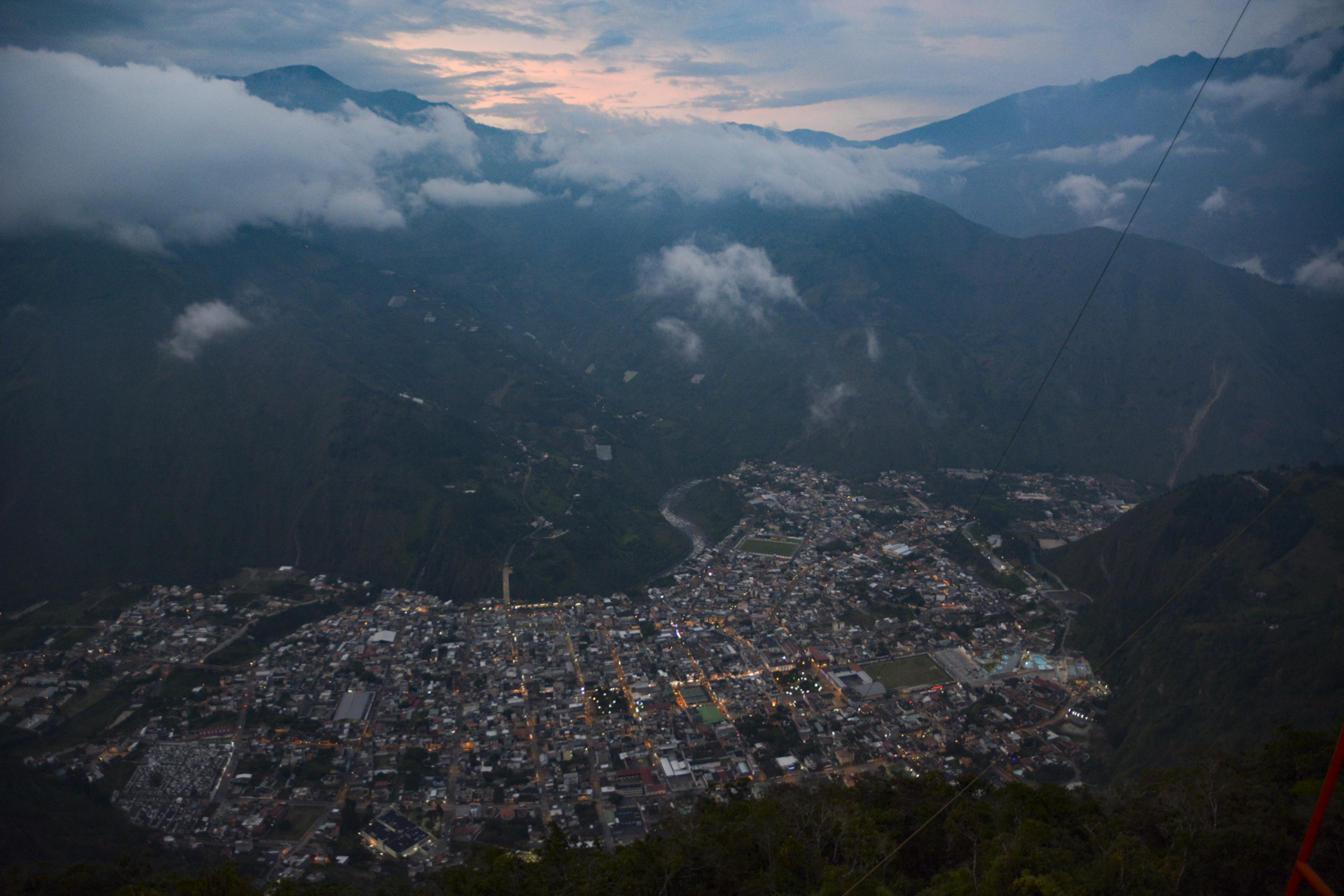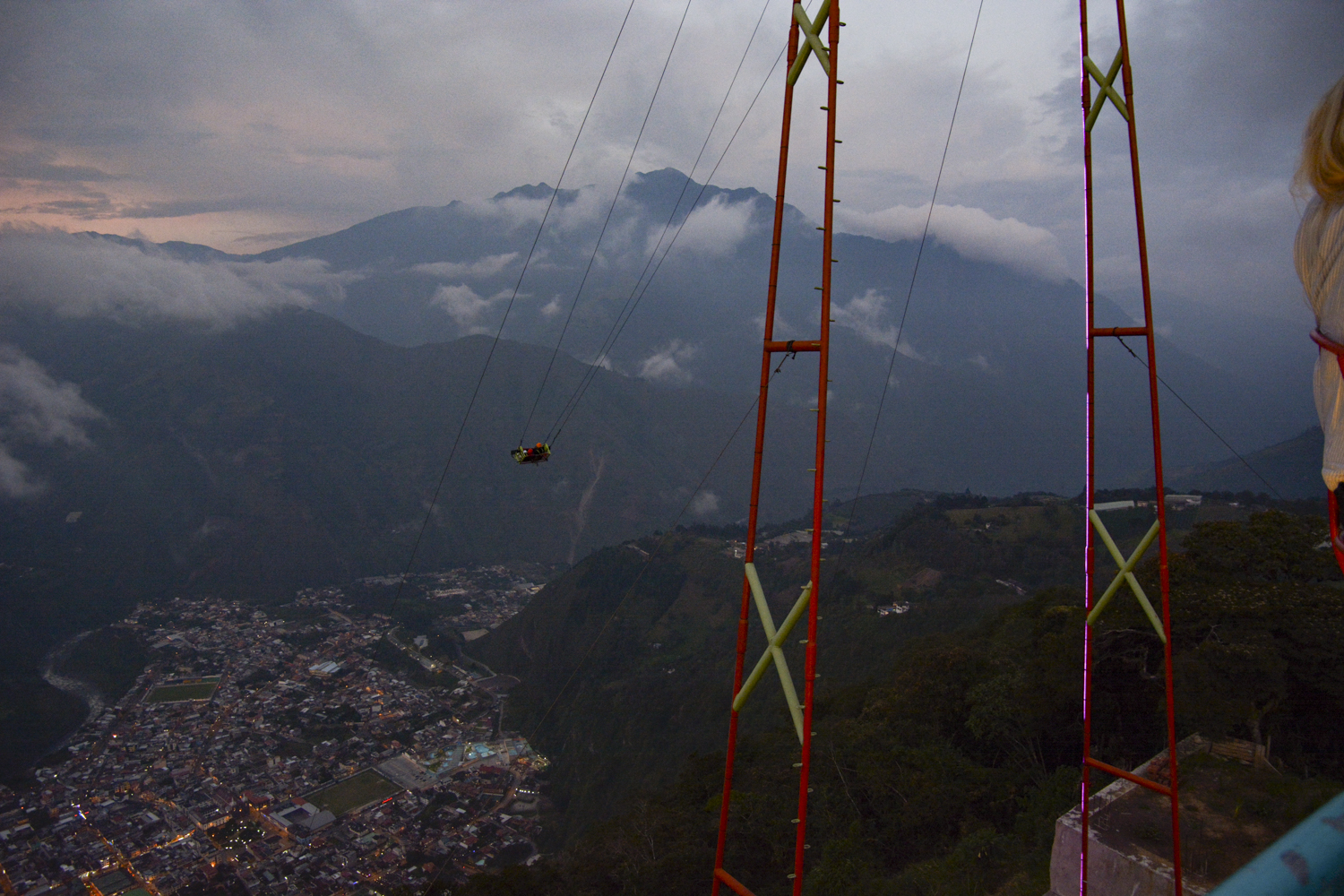When you are a young, unseasoned traveler, the idea of traveling alone is exciting, yet daunting. It can be difficult to get your friends to coordinate a trip with you (the phrase “herding cats” comes to mind) or you may not even enjoy traveling with some of your acquaintances (we all have those friends). That’s where Contiki comes in: This California-based travel company targets adults ages 18 to 35 years old who are looking to explore and make friends along the way, offering them an alternative way to travel solo without completely being left alone in an unknown destination.
Contiki currently offers 350+ trip options spanning across six continents. The excursions last as short as a weekend and as long as almost two months. With such a wide variety of places to choose from, as well as different types of accommodations and student discounts, the tour groups are usually packed with adventurous activities that may not be for the faint of heart.
I had the opportunity to go on one of Contiki’s in-depth expeditions in Ecuador called Lava Line with ME to WE. This seven-day tour explores everything from city life to the Amazonian rainforest. Contiki pairs up with a partner voluntourism company, ME to WE, so adventurers get to visit a local community and contribute in a positive way.
Here’s what it’s like to travel with Contiki.
Quito
We started out in Quito, the capital of Ecuador. Day one, we were greeted with an orientation giving us an overview of the what to expect. Every Contiki adventure includes some activities, such as salsa dancing or chocolate tasting, but the tour company also offers “free time add-ons.” At the start of the Lava Line with ME to WE trip, we were given the option of choosing what activities we wanted to participate in, such as a beer tour, horseback riding, zip-lining, an adventure package (more zip-lining, rock climbing, and bridge-walking), canyoneering, and pirate ship ride. If you opt out of some activities, you gain the time to explore the city at your own leisure or simply recharge. The orientation was hosted by the tour guides who would be leading us through the country for the week.

The Equator
We made our first tourist excursion to the Equator and the Intiñan Solar Museum, which provides an overview of Ecuadorian history, culture, and the significance of being at the equator., as well as the of some of the weird phenomena that occur at the meeting of the two hemispheres. Next stop was lunch at the San Francisco Church at the Plaza de la Independencia. This particular church and much of the Plaza de la Independencia was built by the Spanish conquistadors, however, the Spanish influence can be seen in the style of the architecture in many parts of Quito. Much of the food on this trip was chosen to give us a taste of local cuisines.
Beer Tour
Quito’s nightlife is not to be missed. Our tour guides arranged for us to opt in for a beer tour to experience some of the local brews. (Fun fact: The national beer of Ecuador is Pilsener, which is more of a blonde ale, crafted by Cervecería Nacional Ecuador.)
Our tour started at a Quito brewery, 3 Monjes, located near La Ronda. The 9.9 percent alcohol by volume La Monja Loca (“The Crazy Nun”) was, surprisingly, a lot lighter than expected, with nice hints of mango. The next beer we tried was a bit more exotic and infused with guayusa, a native Amazonian plant that is traditionally dehydrated and brewed as a tea, and is known for its caffeine content and stimulative effects. The taste of the dried plant itself is very sweet, like a soft, less bitter green tea. The brewery paired our beers with some local snacks: fried plantains, chocolate-infused ají (a spicy sauce), and fried white corn.
Next up was Doggerlander Brewing Company, a La Ronda brewery that specializes in American-style beers. The final top of the night, an unknown bar which had been closed to the public, provided an exclusive tasting of beer and flavored alcohol. Let’s just say this place is not the best your liver, but it is a hell of a way to get to know the rest of your tour group — I guess you could say flaming shots are the ultimate form of icebreakers.

Bellavista Community
After a night on the town, we had to rise early for a long drive to our next destination. Luckily, a benefit of booking with Contiki is that the company provides all transportation. At this point in the trip, the group was split into two; one group was going to go to The Minga Lodge in the Amazon to volunteer with ME to WE at the Bellavsita community while the other headed to a different community to go whitewater rafting and play soccer with children.

At this point, I felt like I was a passenger on Disneyland’s Indiana Jones ride, but better. It was pretty epic being squished in the back seat of a passenger van with a small bag of your belongings on a bumpy two-hour ride to the Rio Napo, an offshoot of the Amazon river, where we walked across the river bank to a small motorboat that would take us to our first destination in the Amazon.
Shamanic Ceremony and Weapons Training
At an Amazonian village, walking through the trees and sand on a narrow path as the sun lowers below the horizon puts into perspective where you truly are. Our first activity on the agenda was to meet a local shaman or, in this case, a curandero.
Walking through the trees and sand on a narrow path as the sun lowers below the horizon puts into perspective where you truly are.
We were given the option to be cleansed of all the bad energy surrounding us, which started with the curandero blowing tobacco smoke around my head. He proceeded to brush my body with a bushel of herbs, wafting the smoke around me. Personally, I had a familiar connection with this ritual because this is something my mother, being Ecuadorian and a very spiritual person, raised me with. All of this took place at the beginning of sunset. We had to then hurry to our next activity before complete darkness in the Amazon forest.
The indigenous people in this area of Ecuador are known as the Kichwa, or Quechua. We learned how to use some of the Kichwa hunting tools, taking turns shootinga blowgun at a papaya on a stick. You have to have a mighty pair of lungs to really send the arrow through the blowgun to pierce a target. The next objective was to successfully throw a giant spear across the yard into a plank of wood. None of us were very successful at it, but we all appreciated the skill and practice that is needed to be a hunter in this community.
As the sun rapidly set, we headed to a lodge, which would be our home for the next few days. The evening boat ride along the Rio Napo was definitely a sight to see. It gave me a sense of peace and tranquility.

The Minga Lodge
Falling asleep and waking up to the sounds of the rainforest is one of the most magical things a human can experience. The grounds of The Minga Lodge, which Contiki arranged for us to stay in, make you feel like you are one with the Amazon. I suggest taking a morning walk through the surrounding forest to get a view of the river — a stunning way to start the day.
It was time for the most gratifying party of the trip: our volunteering duties. We slapped on some yellow work boots and headed for the river.
The Bellavista community is made up of a group of families that live along the Rio Napo. We were helping build a bathroom for the people of the surrounding area to be able to use freely instead of putting themselves at risk in the dangers of the Amazon forest. We sifted rocks and made cement for the construction team to lay out paths and walls. This method may seem not as efficient as using machinery, but it is near impossible for machines to be transported over miles of land and river.
The great thing about a minga, or minka, which is defined as a communal effort to work on something that the community will share as a finished product, is that people come together to help and it does not all fall on the shoulders of one person or a particular group — everyone has a stake in its outcome and wants it to succeed.
ME to WE Agricultural Learning Centre
Ecuador is known for having superior quality chocolate and cacao harvesting is one of the main sources of income for farmers. At the ME to WE Agricultural Learning Centre, we explored local herbs, plants, and fruits of the region. Before this experience, I had no idea that you can actually eat the fruit that delicious chocolate is fermented with. We tasted the difference between higher-quality cocoa plants and lower-quality ones — we even got to take a bag of raw cacao beans to make chocolate with back at The Minga Lodge.
How to Make Chocolate
var args = { aspect: aspect, id: 'dt-carousel-6871e73b8808a', preload: true, };
window.DTCarousel.CarouselFactory.create(args); });
- Take the cacao and roast it over a flame.
- Once cool, peel to reveal the raw, roasted cacao.
- Hand-grind the cacao into a paste.
- Add sugar.
- Grind again.
- Add milk to make a milk chocolate.
I am a fan of dark chocolate, so I skipped adding milk to taste the purest form of the cacao. You can also mix in other ingredients like coconut, sugarcane, fruit, sea salt, cinnamon, honey, and chili to make your own flavors. I went with a bit of sea salt and sugarcane and the result was delicious. This chocolate will be the best you’ve ever tasted because it will come straight from the best source. *Insert drool emoji*
Last Night at The Minga Lodge
After a day of turning cement, meeting locals, and making chocolate, we settled down to our final dinner. This time it was pouring rain and pitch dark outside. Above all, it was my birthday. The hotel staff and the tour guides were so friendly they even baked a birthday cake and made me feel like I was family. The rainfall the last night of my stay just made everything feel much more magical. Overall, the Minga Lodge and ME to WE provided a fantastic experience.
Baños de Agua Santa
We took a two-hour boat ride and a long bus ride to get to our next destination, Baños de Agua Santa (which translates to “Baths of Holy Water”), a small town located at the base of the Amazon river and surrounded by natural hot springs, hence the name.
Contiki packed our time in Baños with“free time add-ons” like canyoneering, two zip-line adventures, rock climbing, bridge-walking, and horseback riding — not to mention the included activities such as salsa lessons, a community barbecue, and, yes, more flaming shots at a local bar. This is where Contiki distances itself from its competitors: the sheer amount of adrenaline-packed activities that you are offered on a trip.
While horseback riding, we were able to scale a mountain, trailing behind a herd of horses for a closer view of the volcano and natural springs. There, we sampled the volcanic sparkling natural water — something we were all skeptical about at first, but it was actually the cleanest natural water we had ever seen. It was also naturally-carbonated, which is a strange thing on a volcano.
Our last day in Baños, we checked out the Swing at the End of the World. This was a great place to see the view of the volcano as well as snap a much-coveted Instagram pic on the swing. Unfortunately, while it was my turn to swing at the end of the world, there was a huge fog surrounding everything. No Insta-winning picture for me, but I would still recommend the destination if you’re in Ecuador.
If you are in the market for an amazing massage after all the hiking or horseback riding, you should check out, Jade Spa. After traveling via boat and bus, as well as some eco-volunteering, this may have been the best decision I made.
Guayaquil
As our trip came to an end, the last visit on the tour for me was Guayaquil. This city is known for being a stop on the way to the Galapagos Island and the Pacific Ocean beaches. We all had some free time to relax and explore the city at our own pace during the day before we parted ways. As our last hurrah, my visited the famous 444-step staircase, the lighthouse, and even went on a boozy pirate boat together. Our tour officially ended with drinks with our awesome tour guide at a pirate-themed bar. After the end of a Contiki tour, you are welcome to explore the nightlife on your own, as a group of us did.
Taking a trip with Contiki was an unforgettable experience. Not only did the company make planning a breeze, but I had a blast traveling with the other people and tour guides. Many of us have made some lasting friendships and memories.
If you’re planning a trip to Ecuador, here’s what to know before you go and a few more recommendations for things to do.




